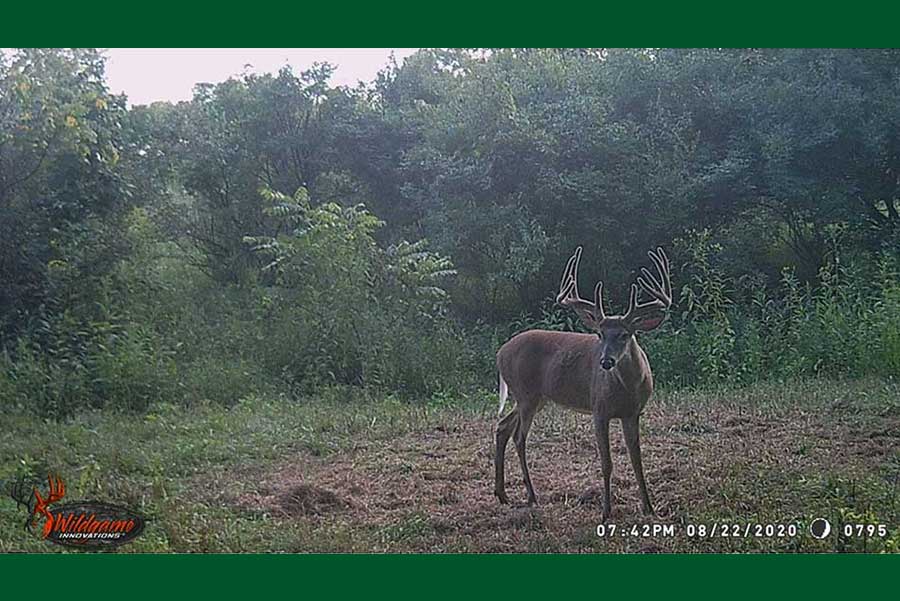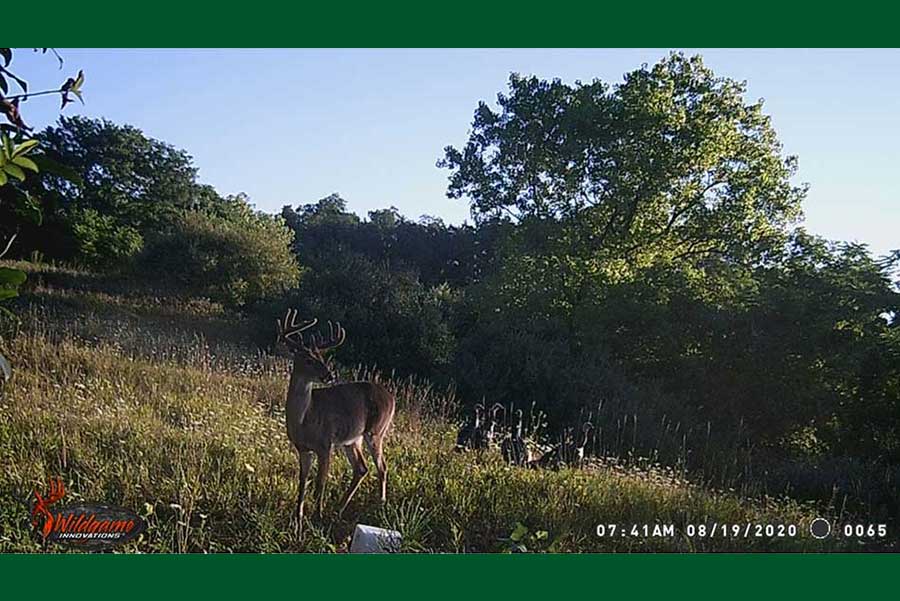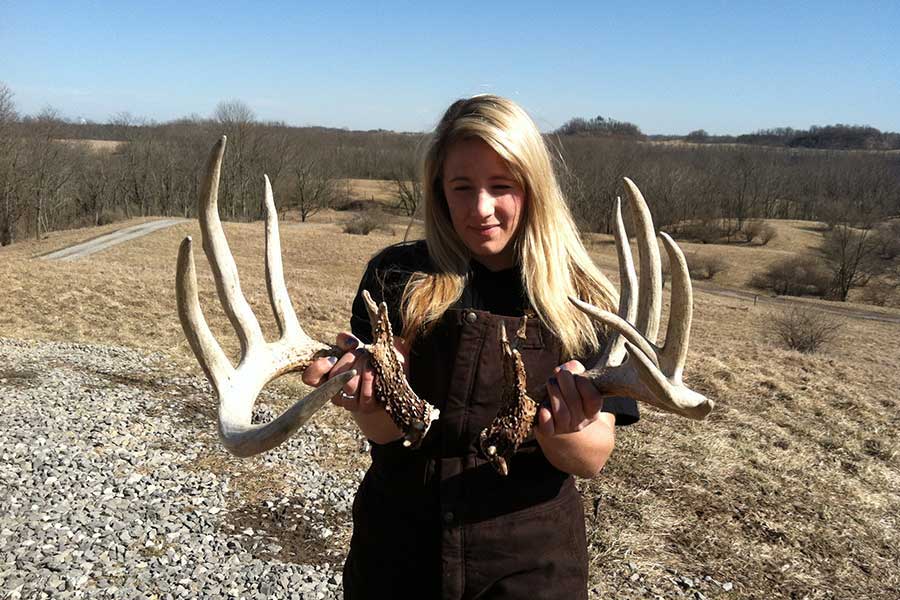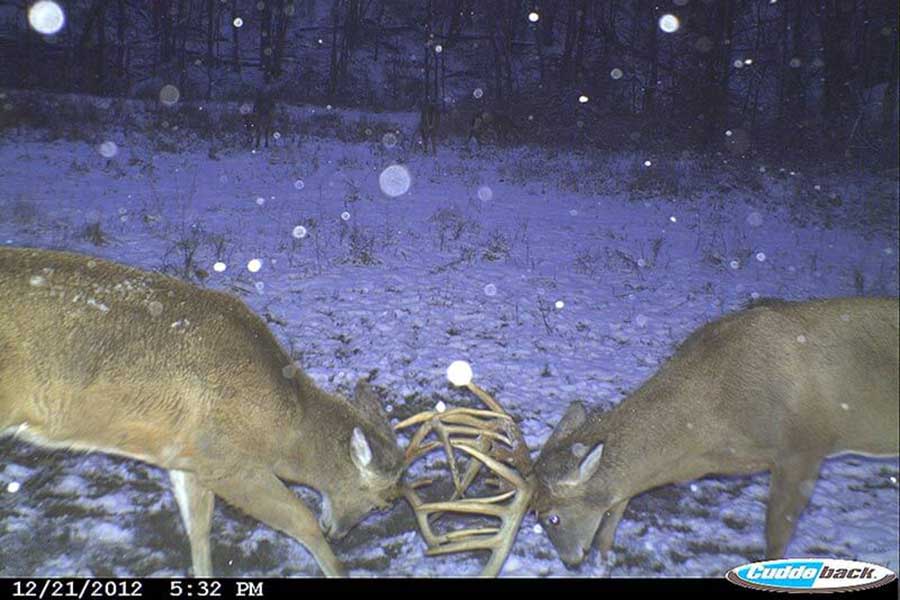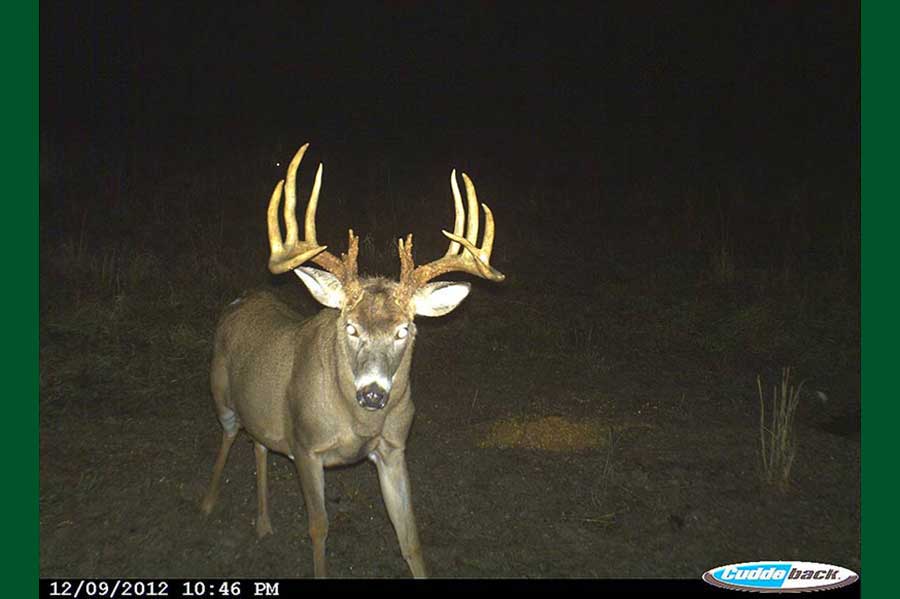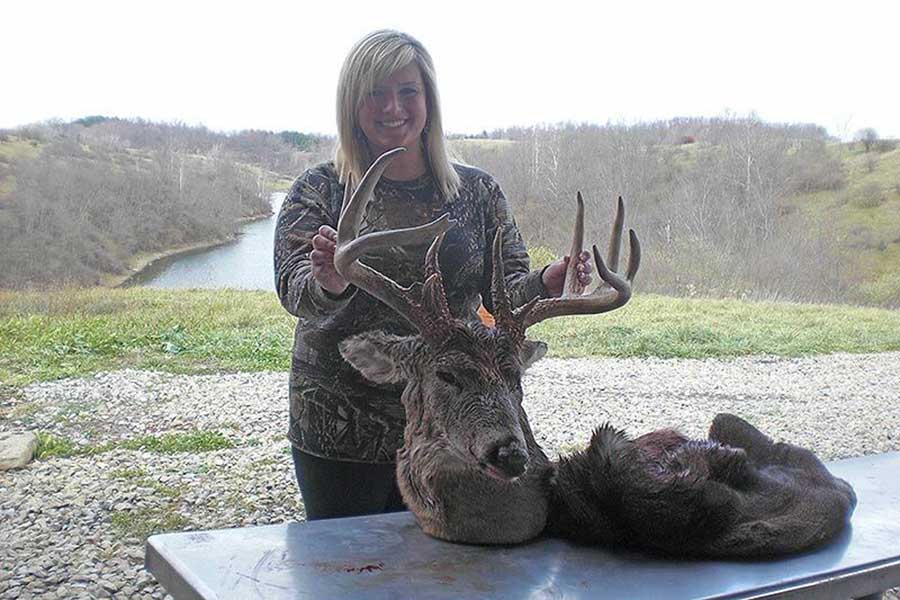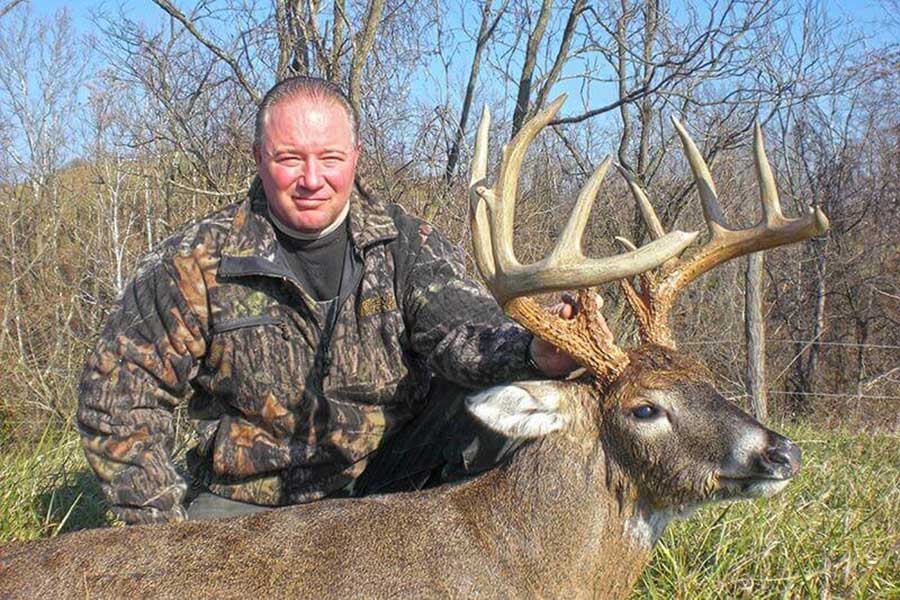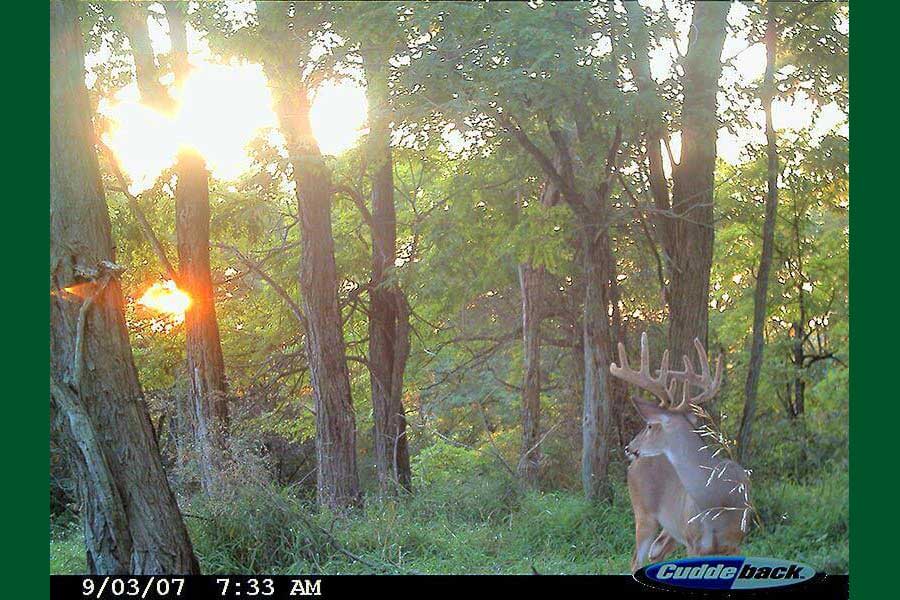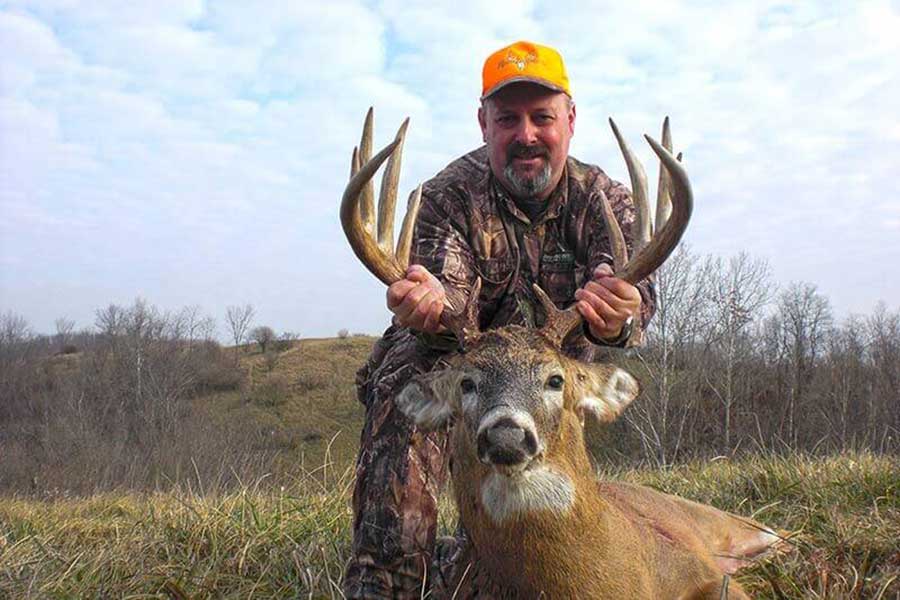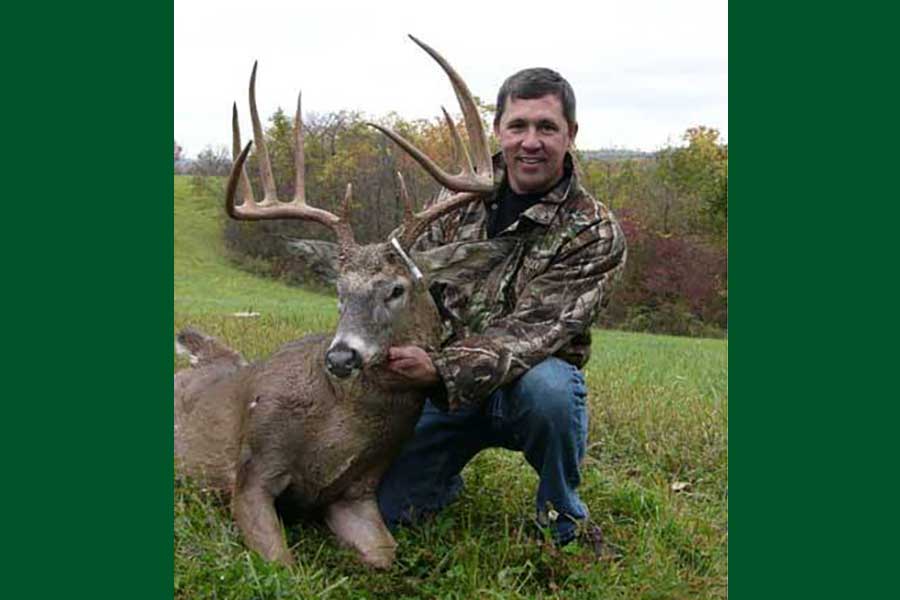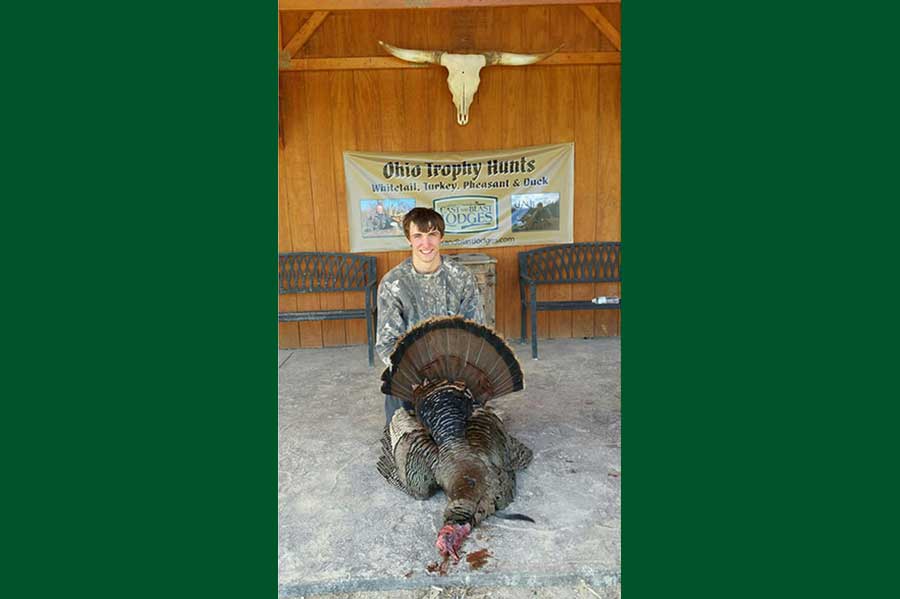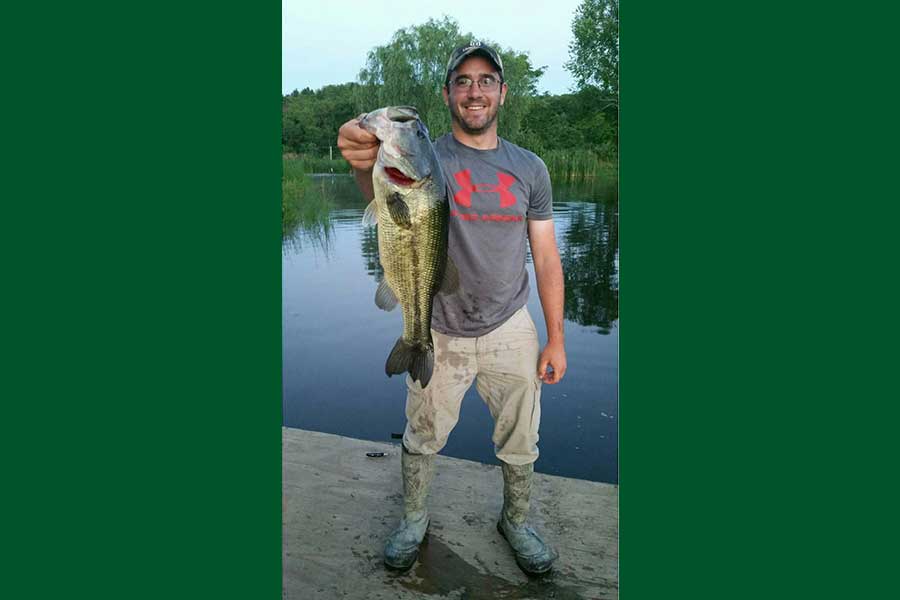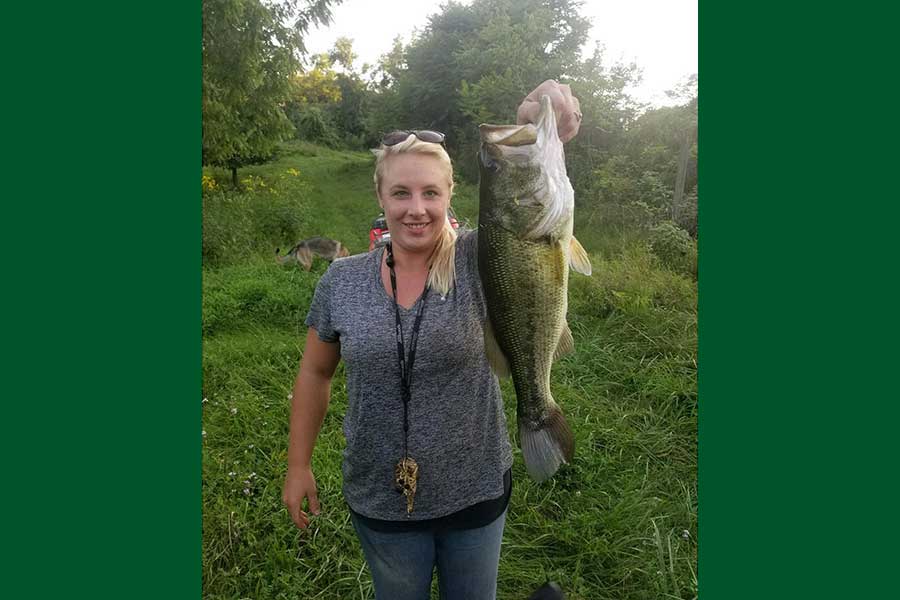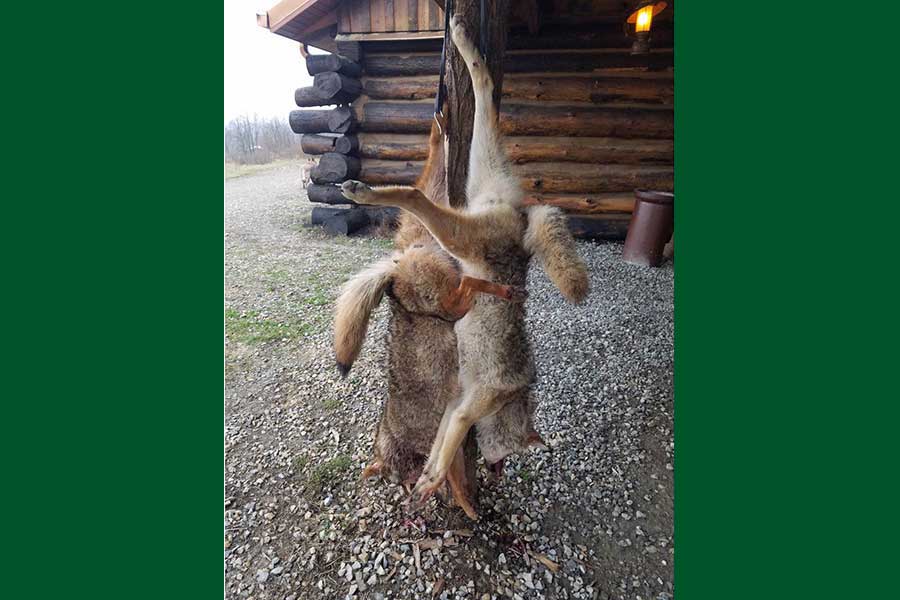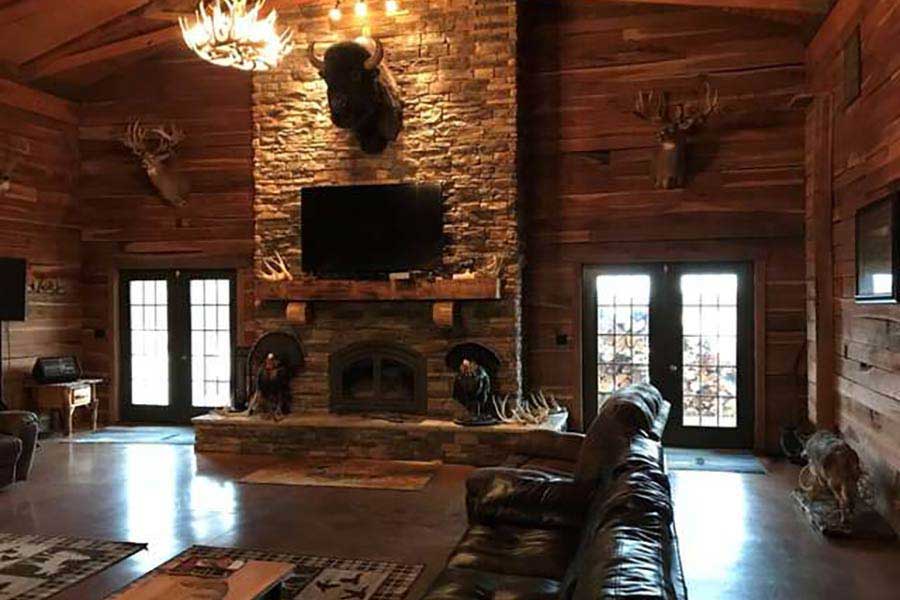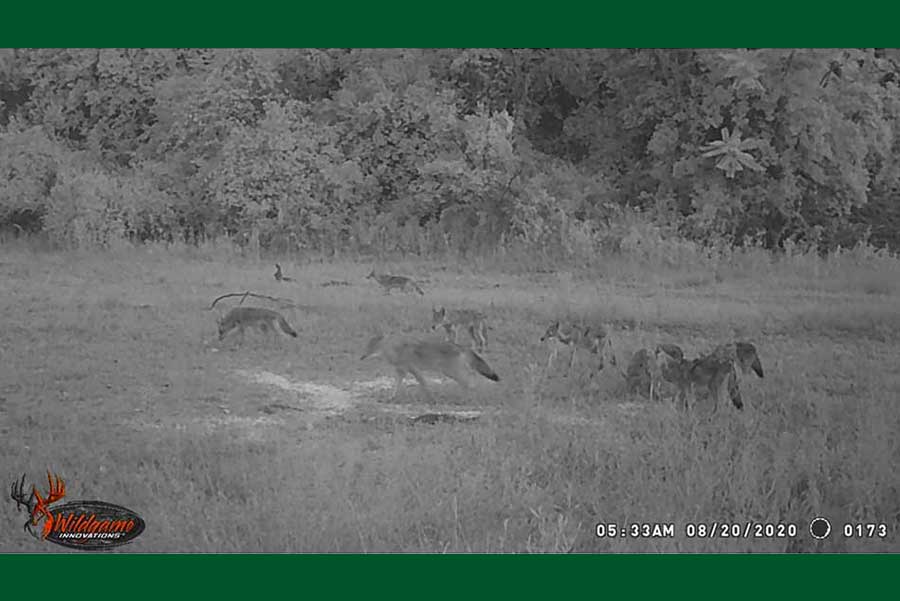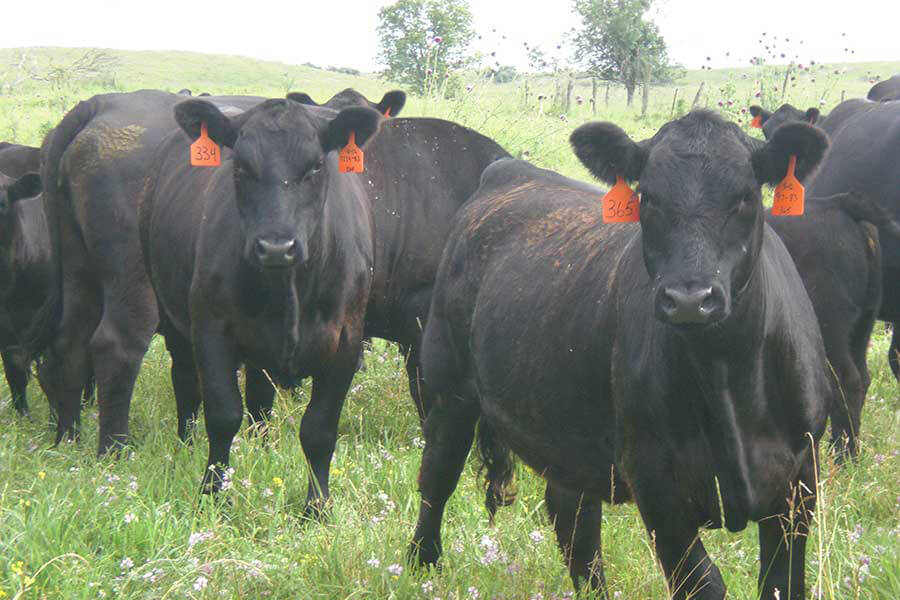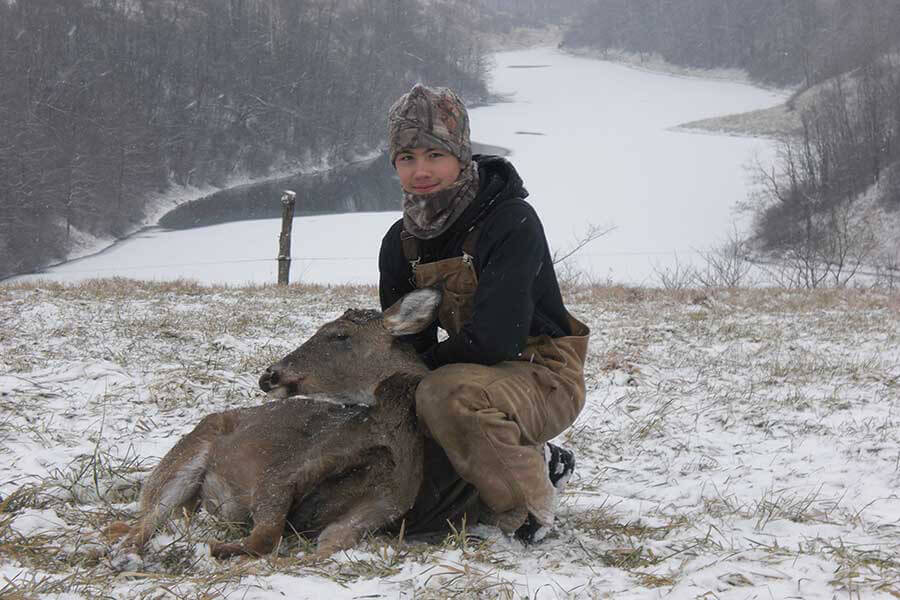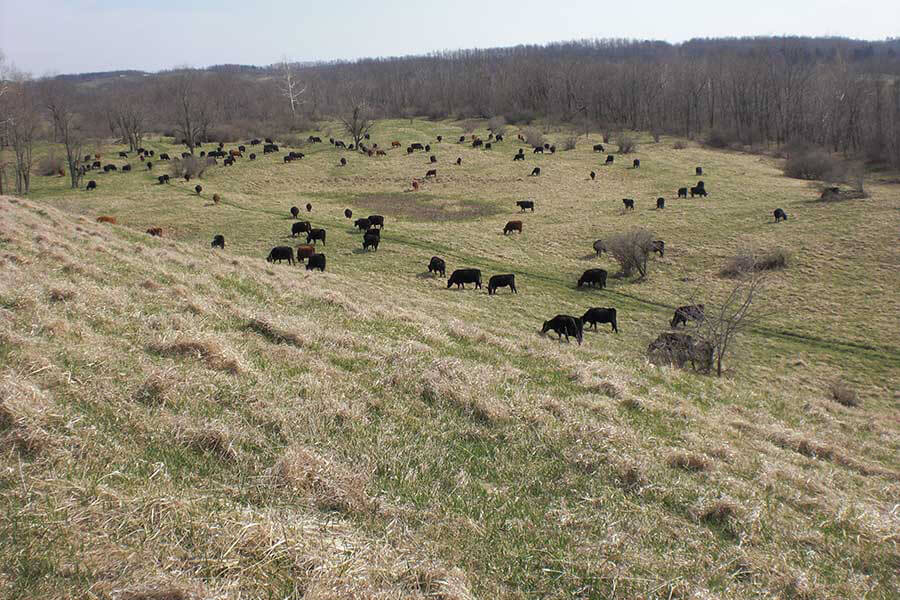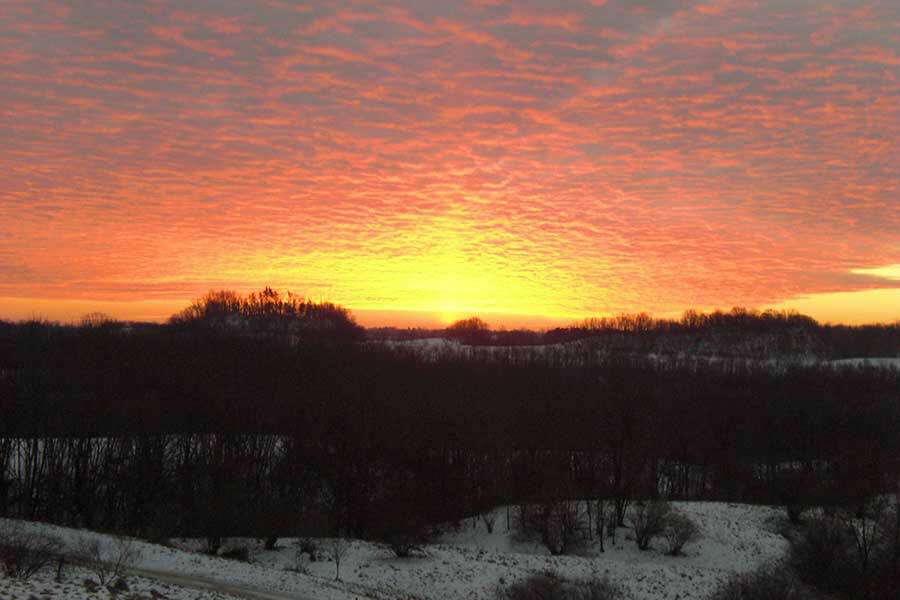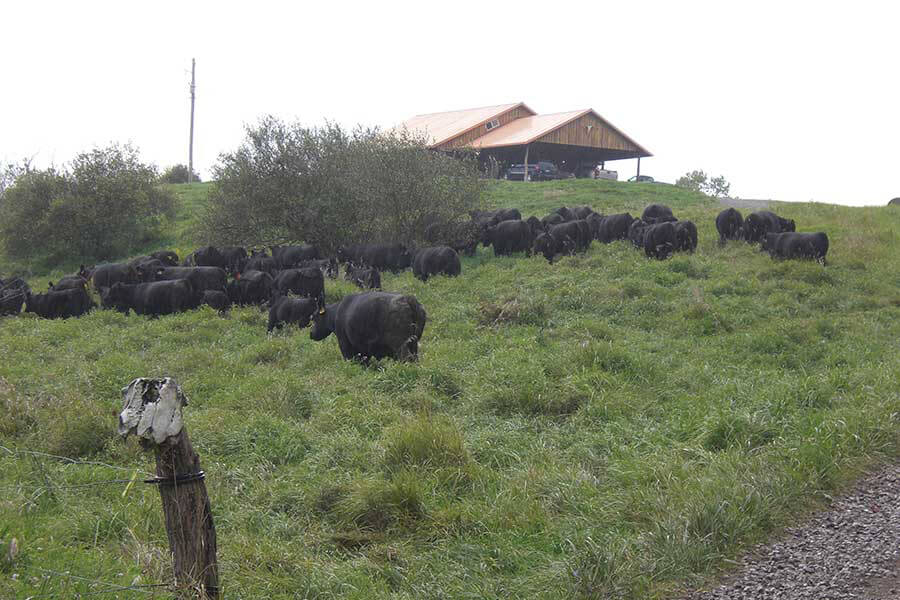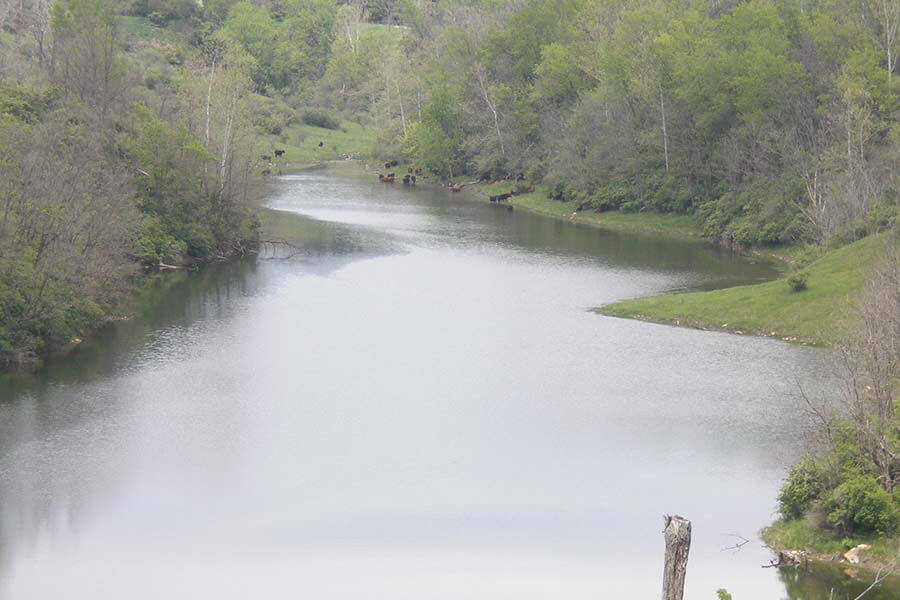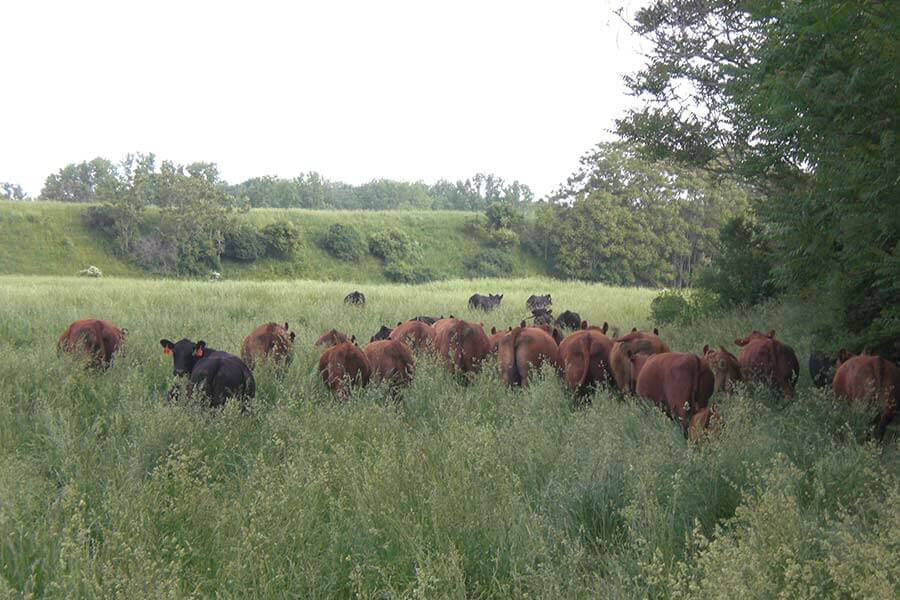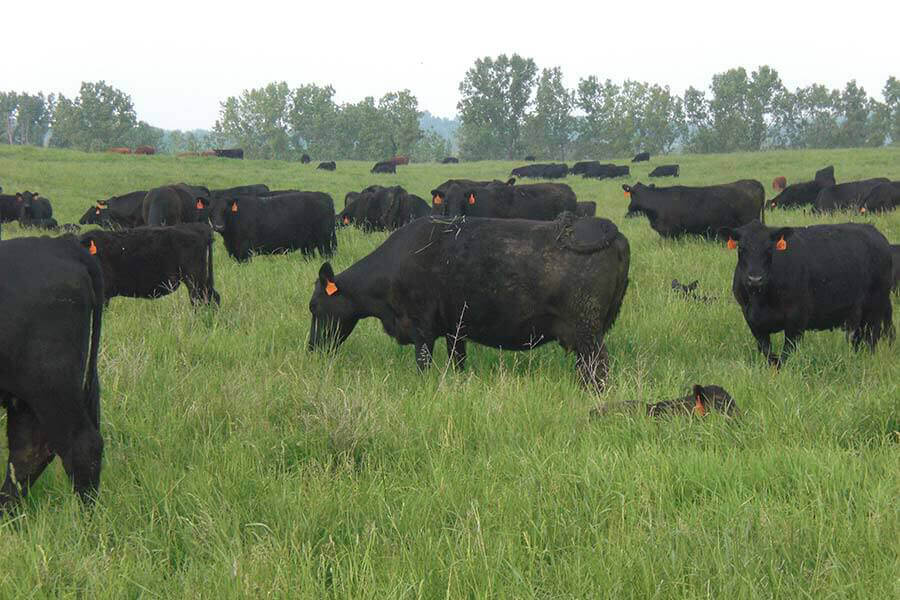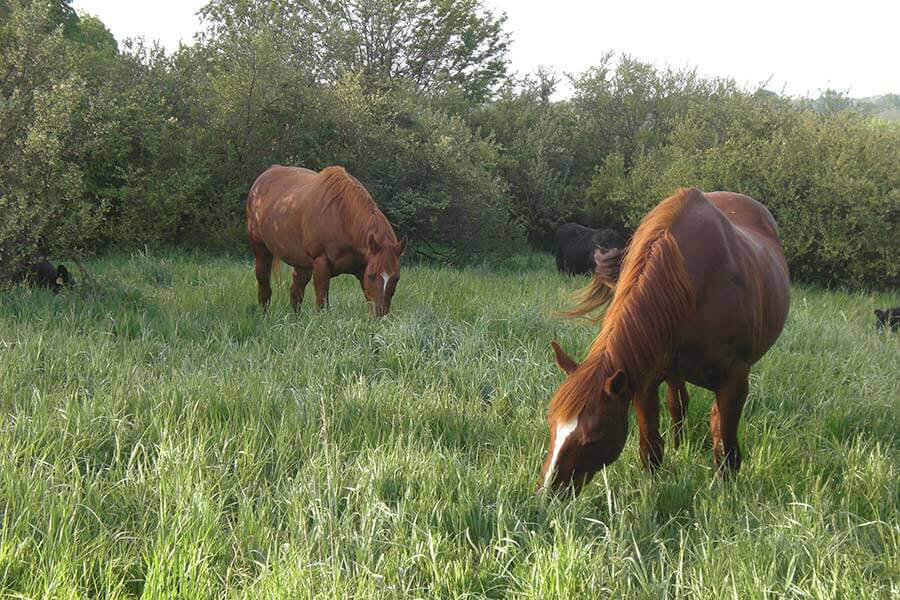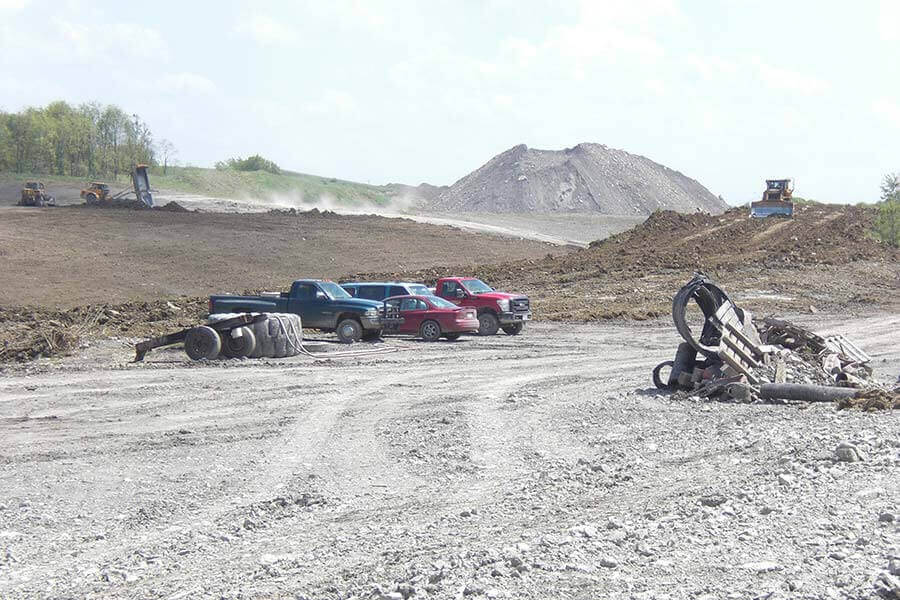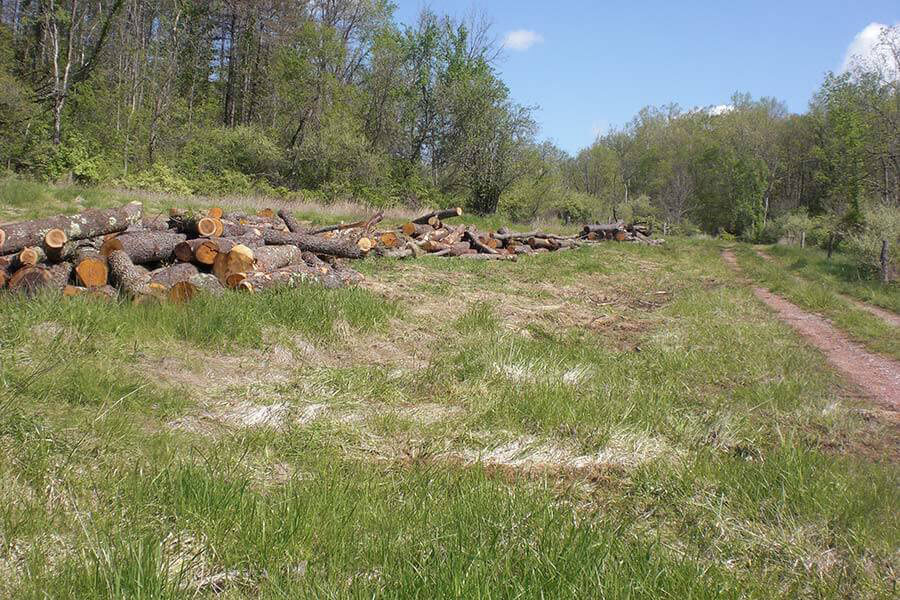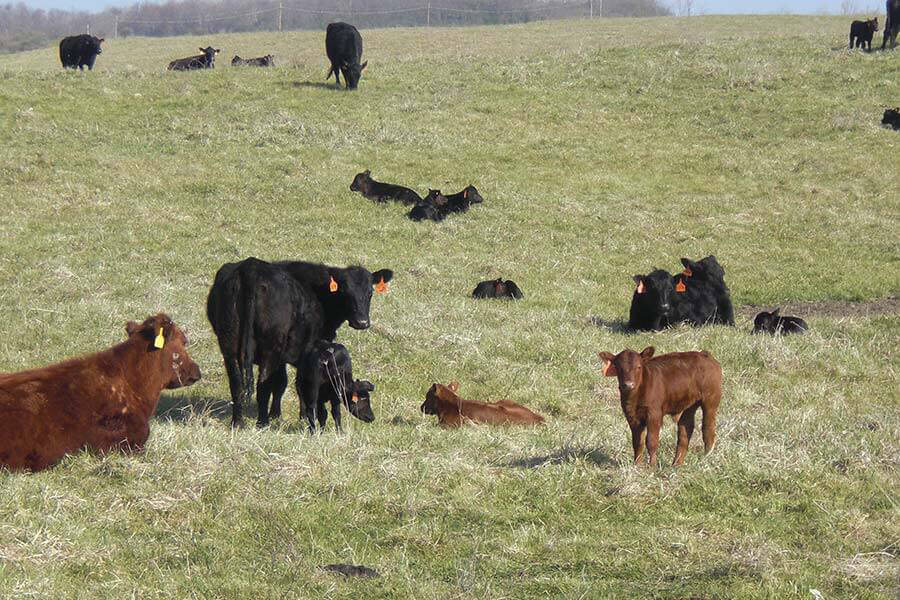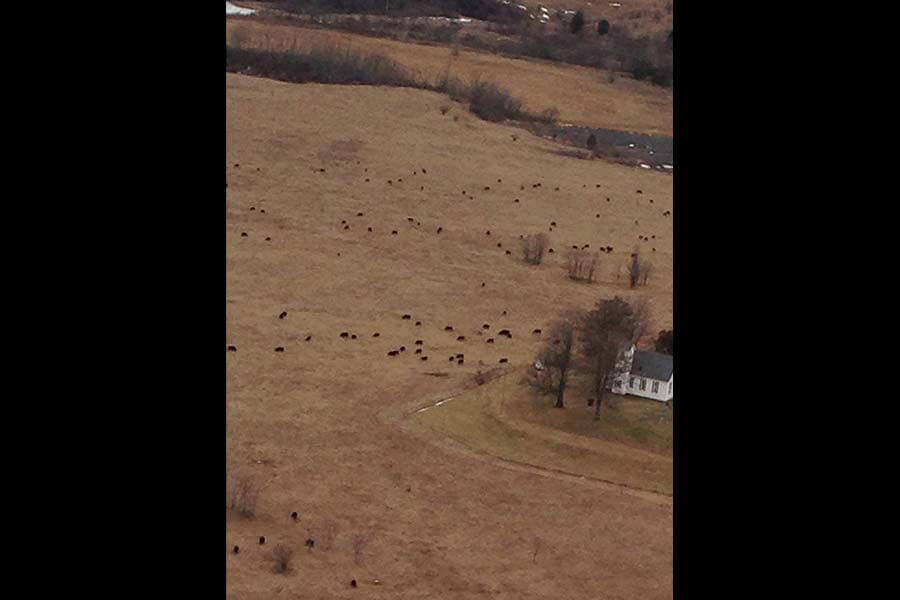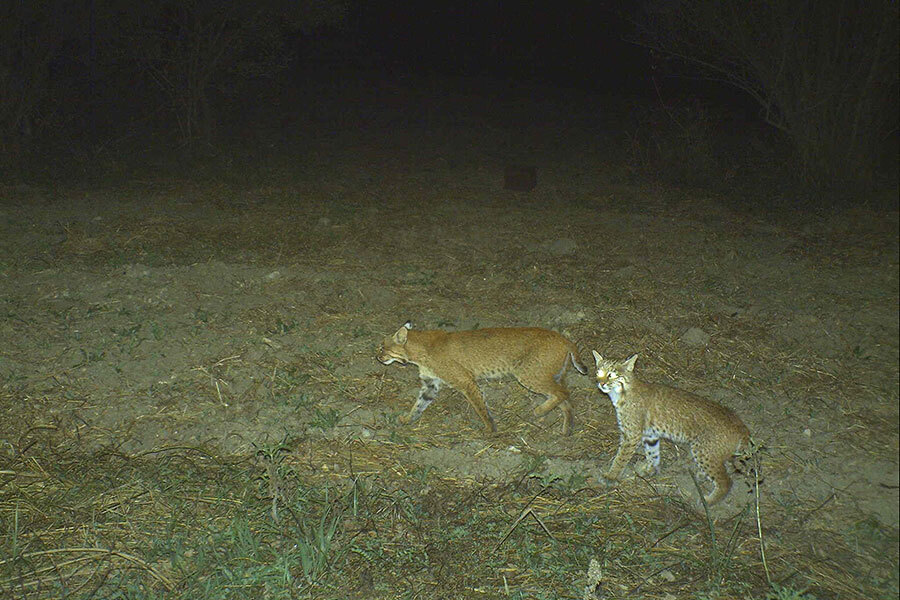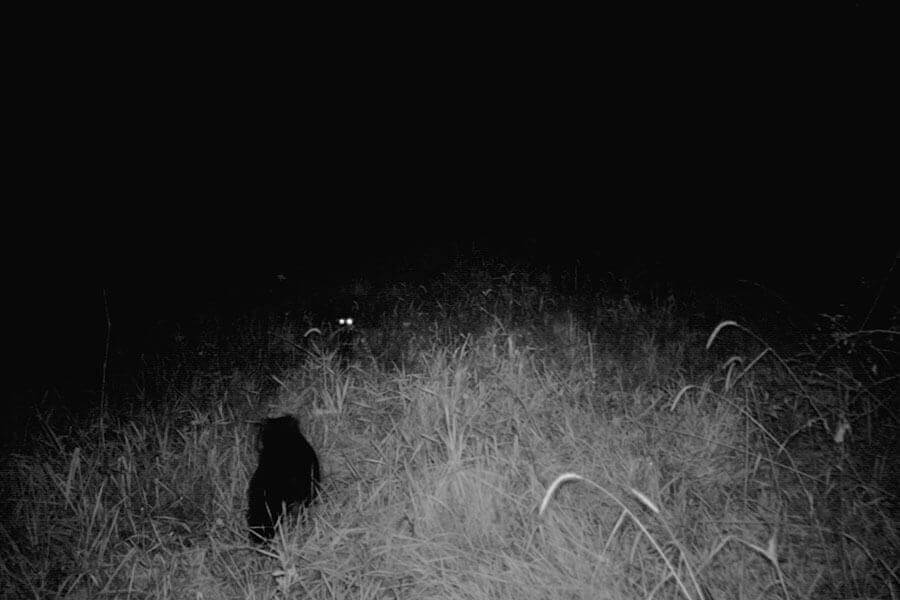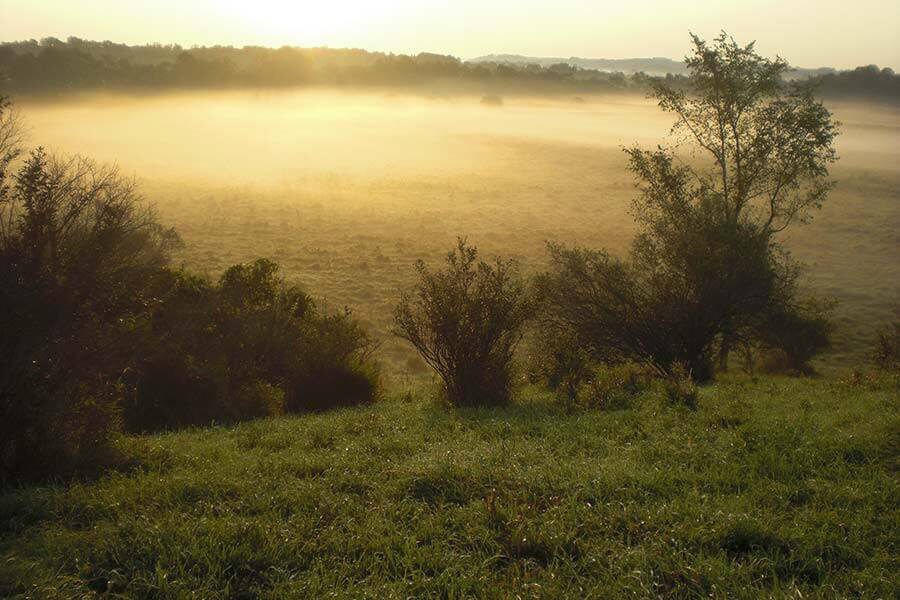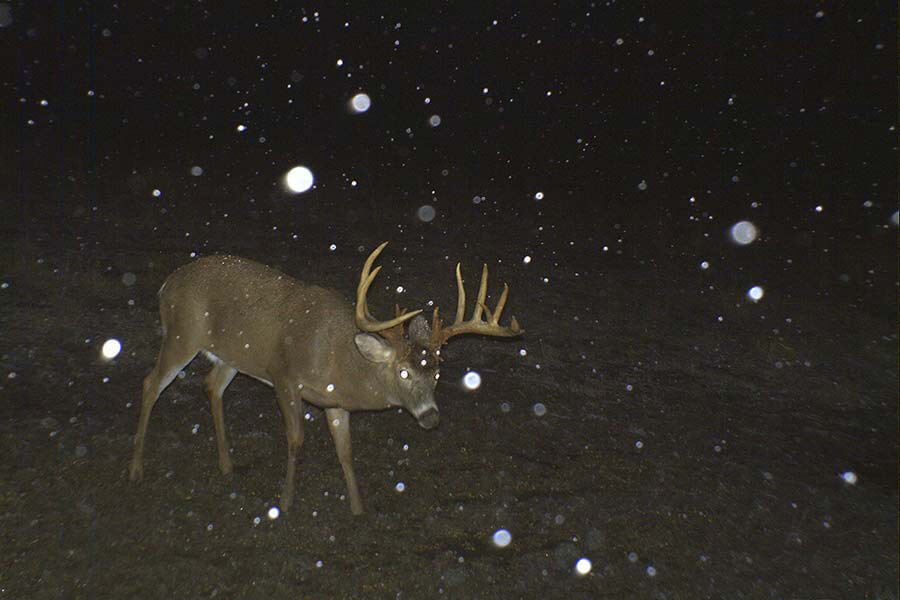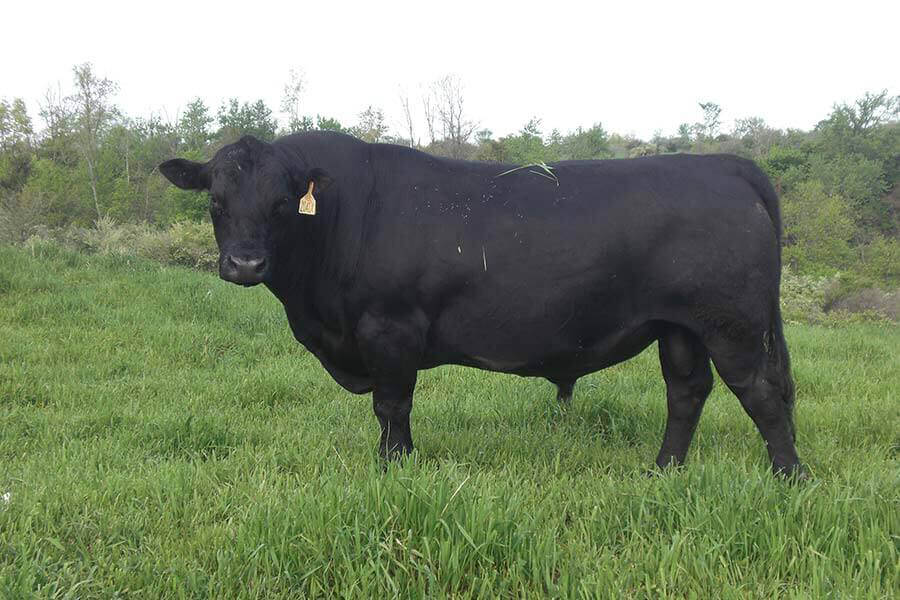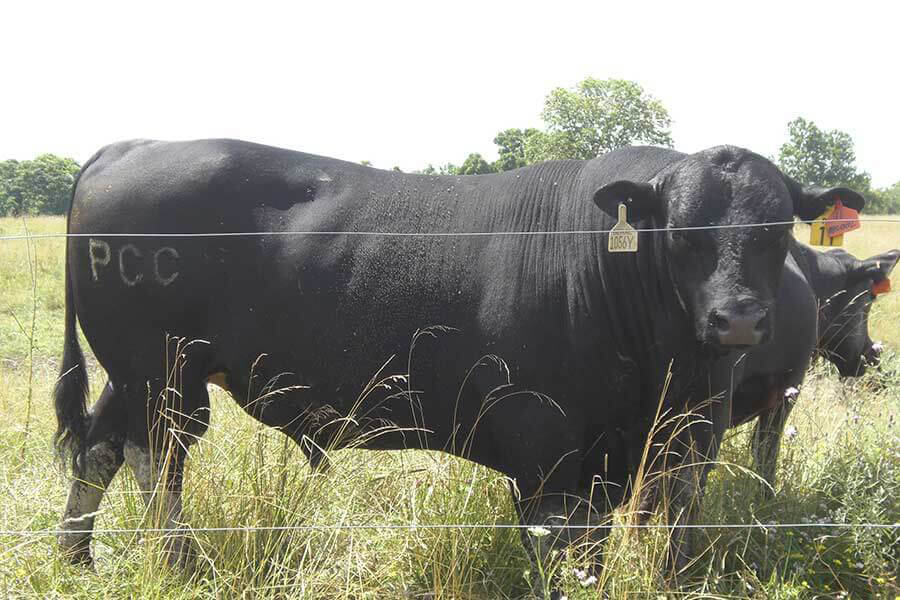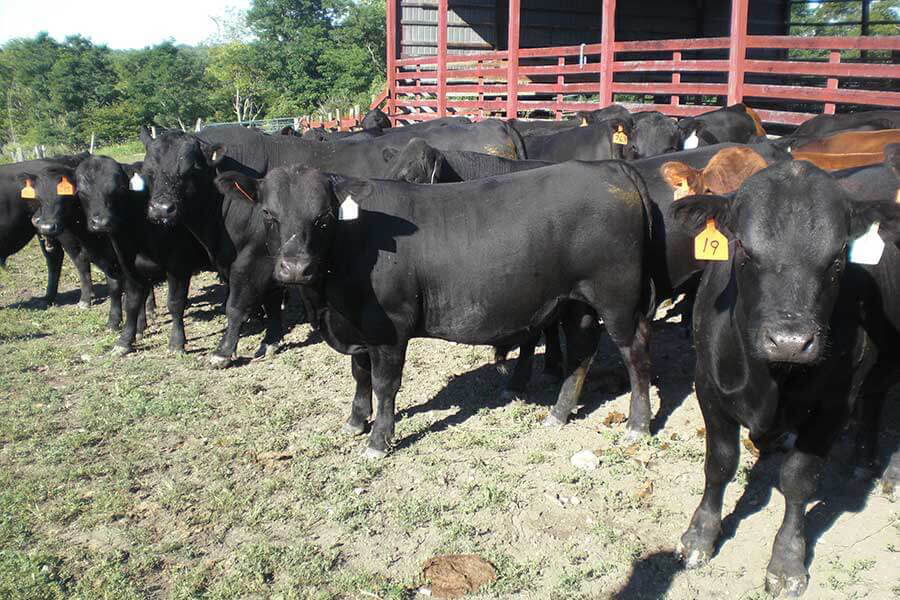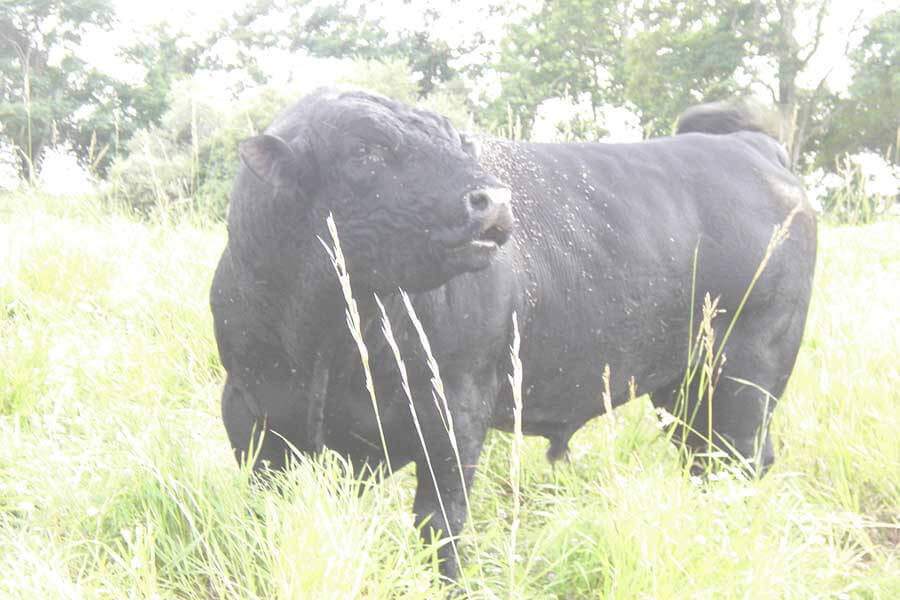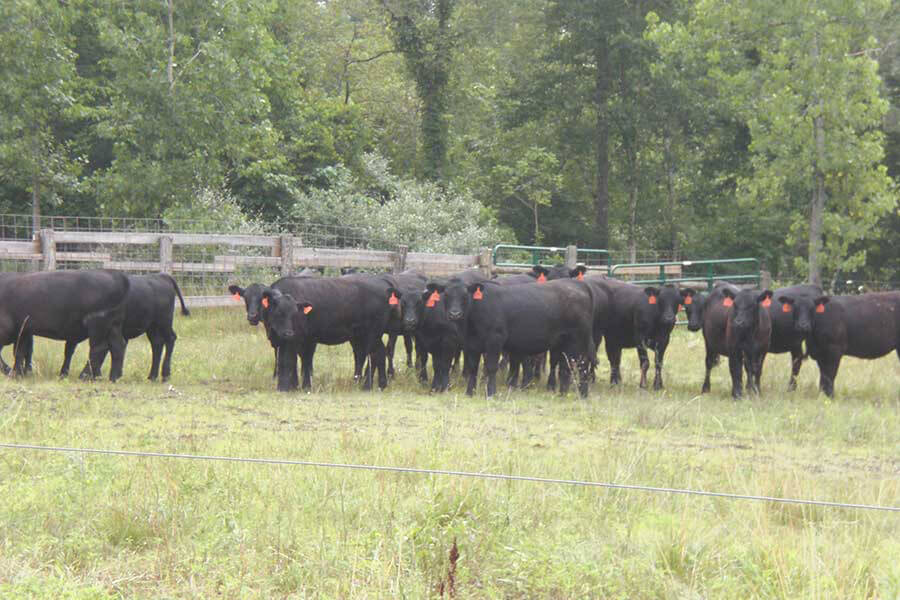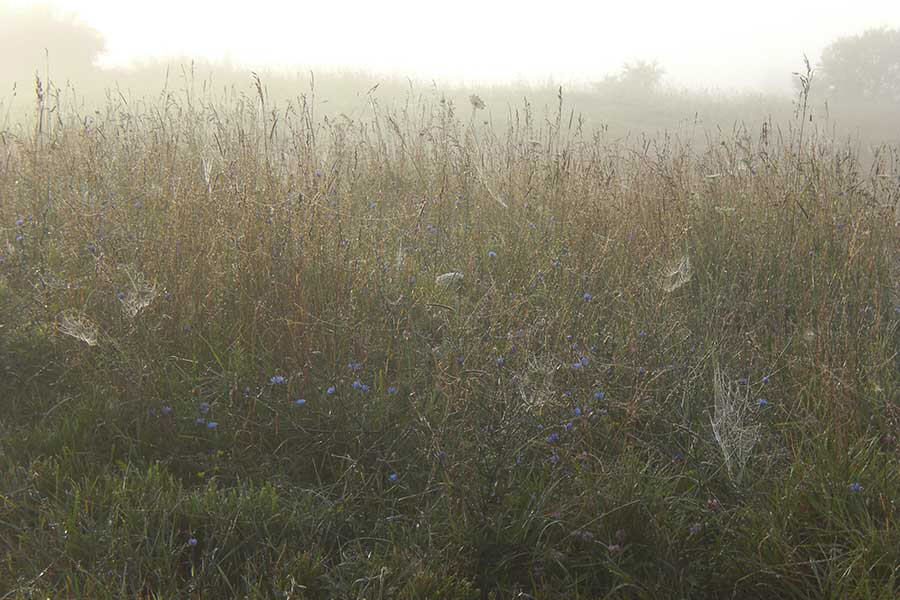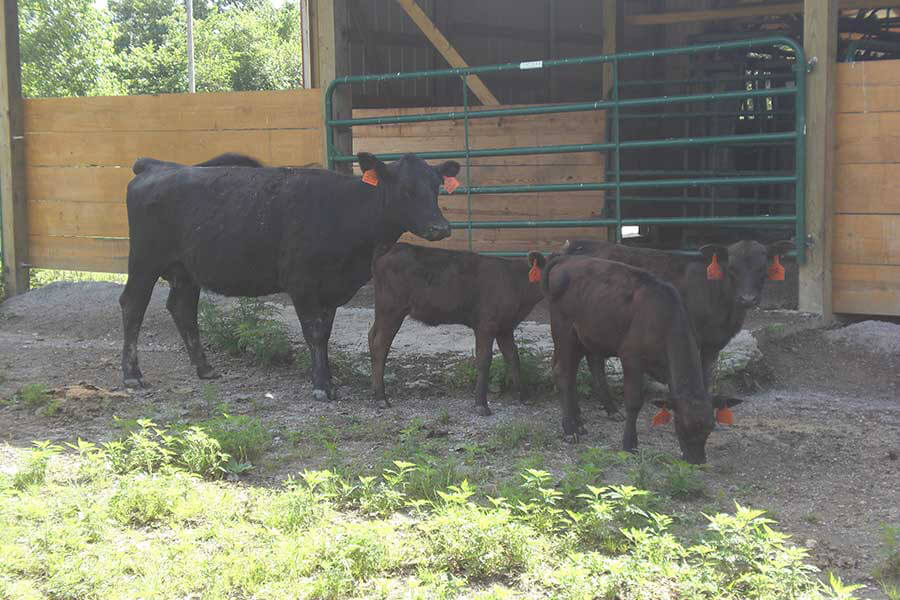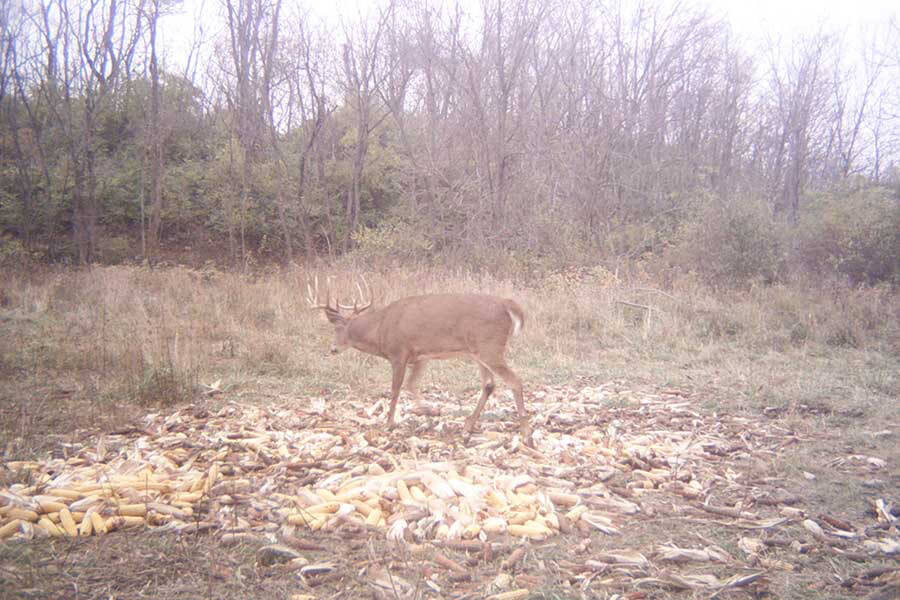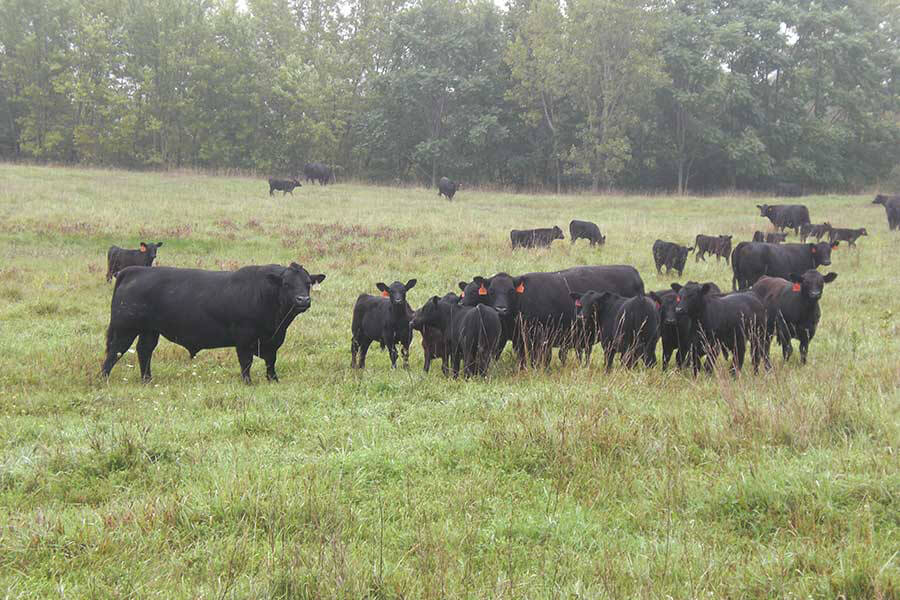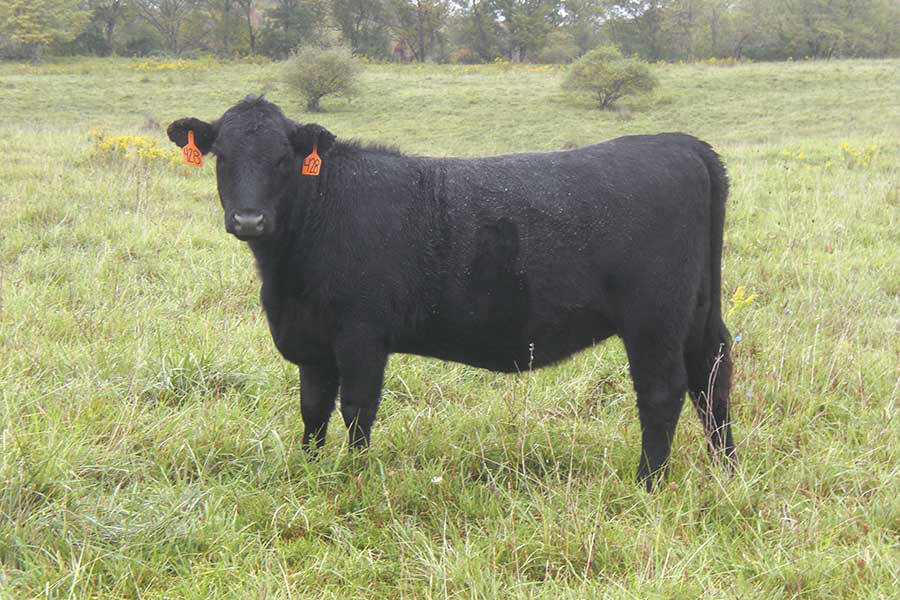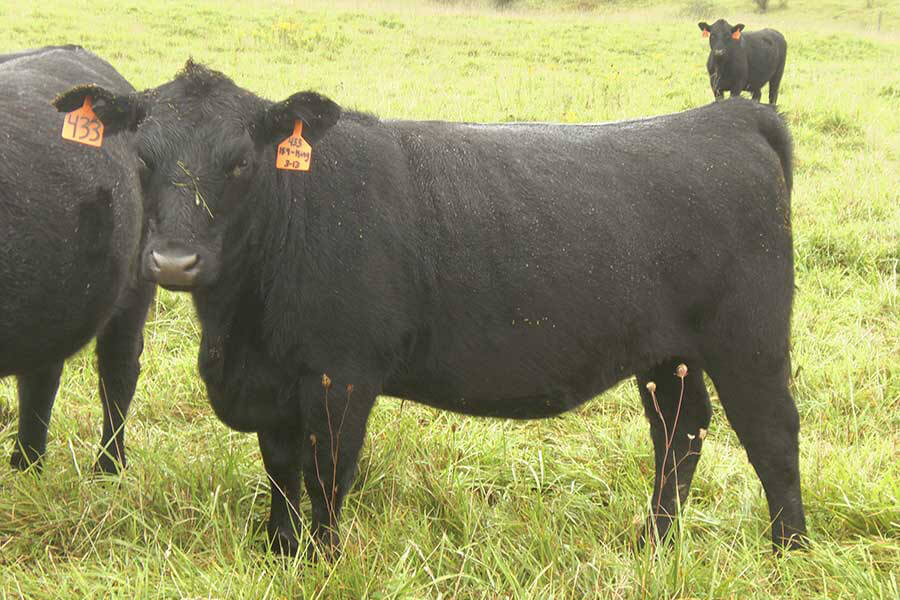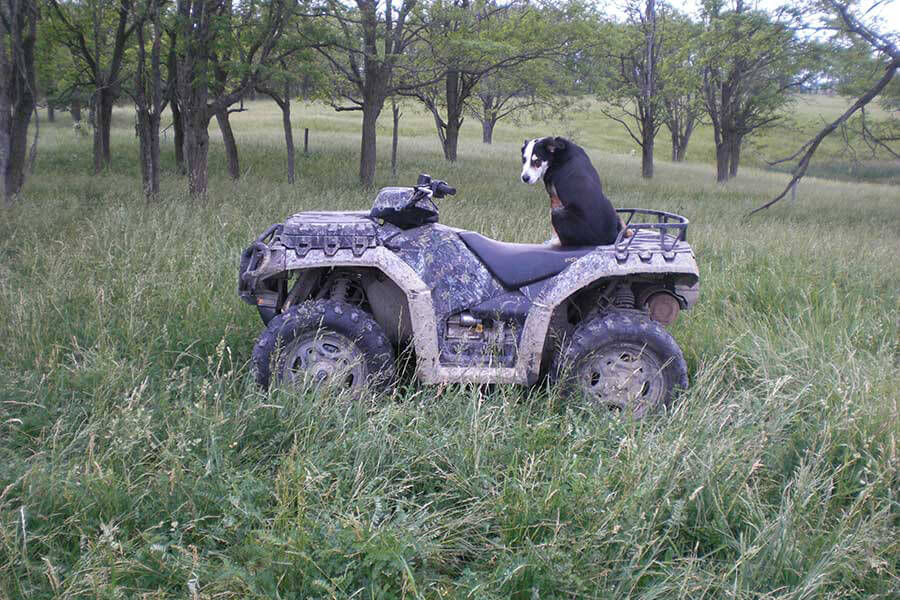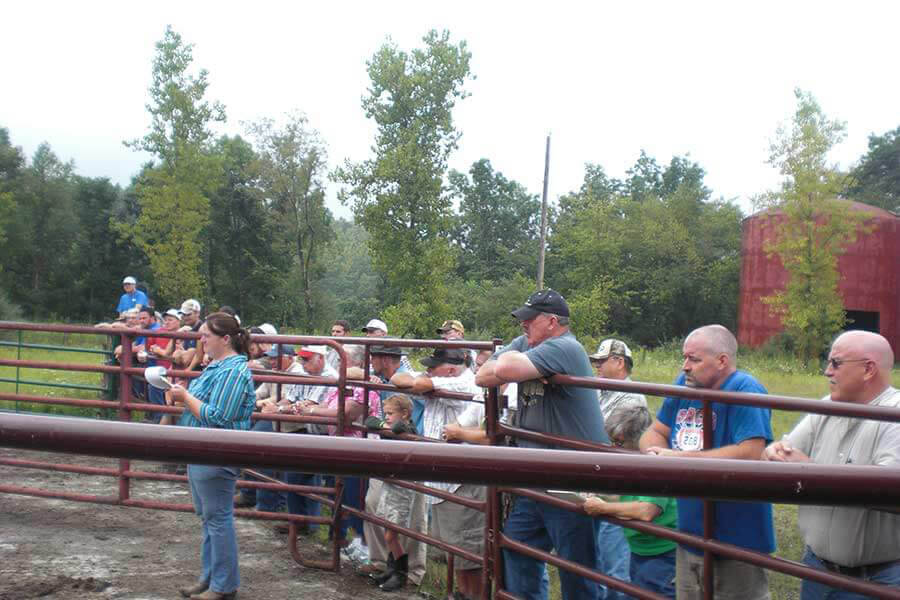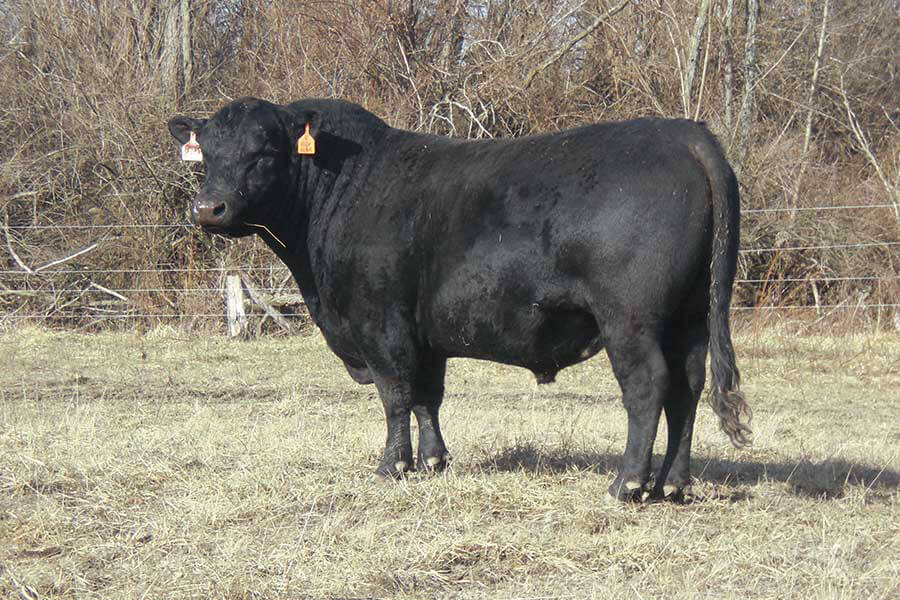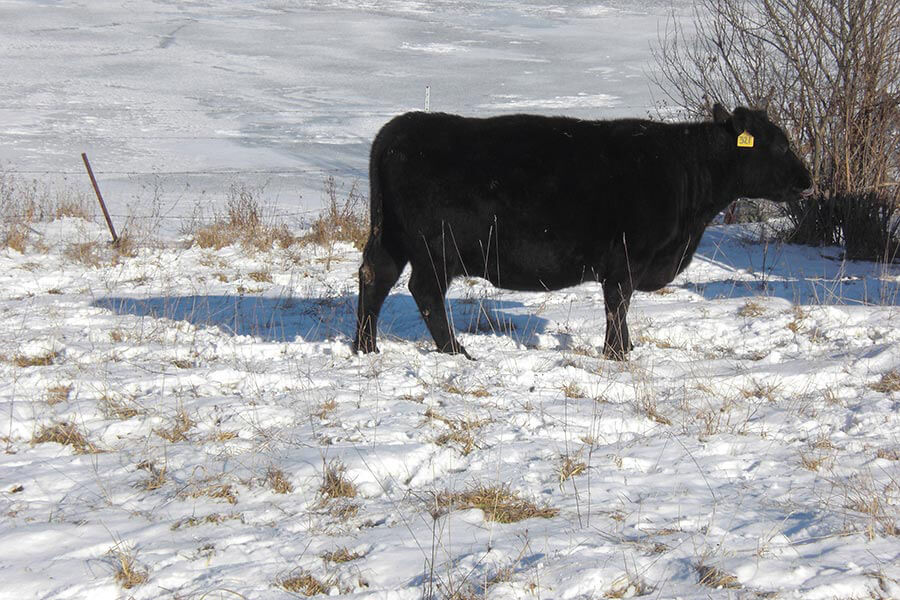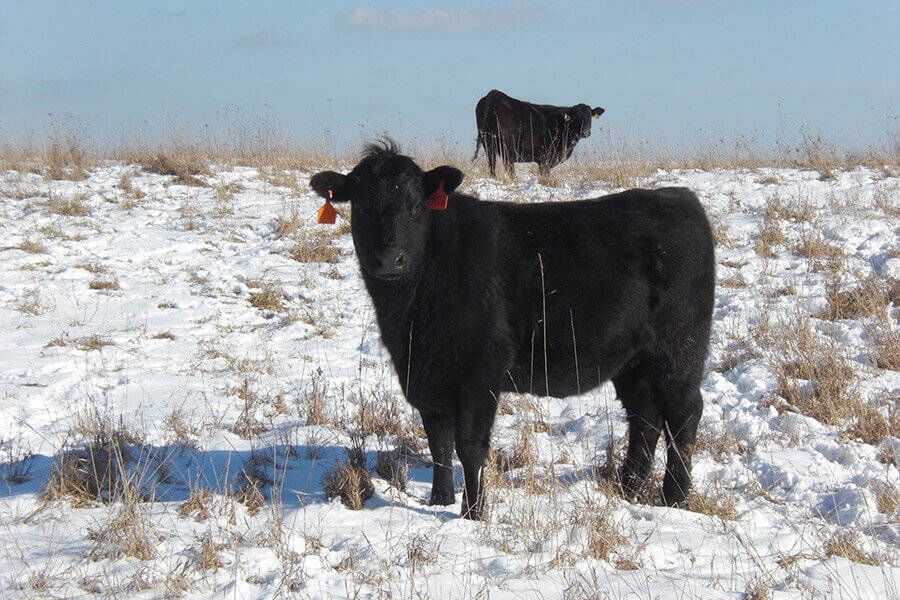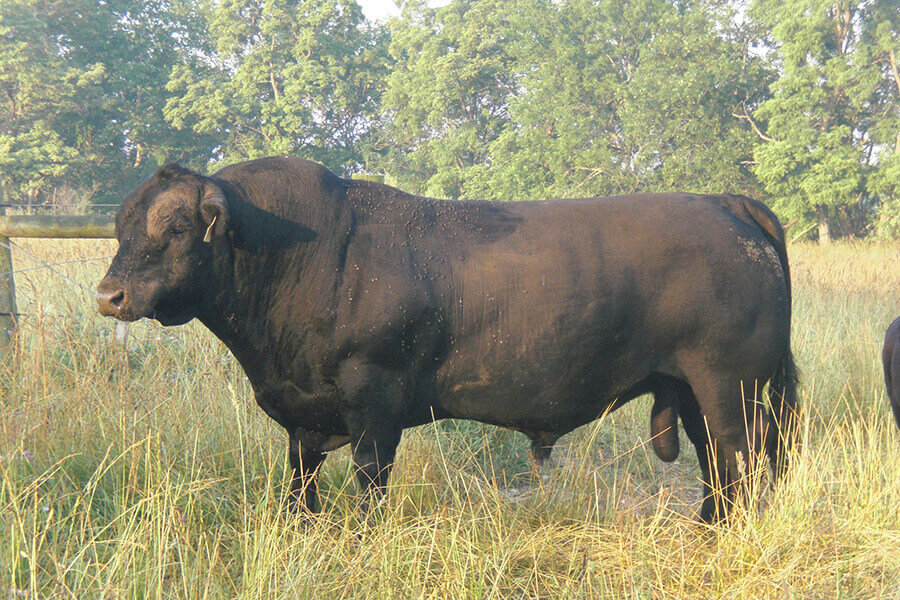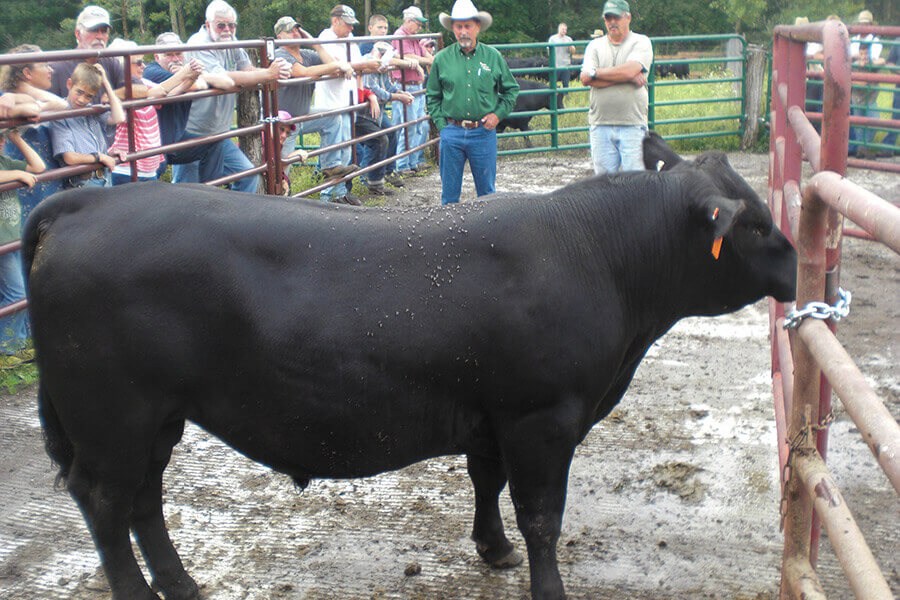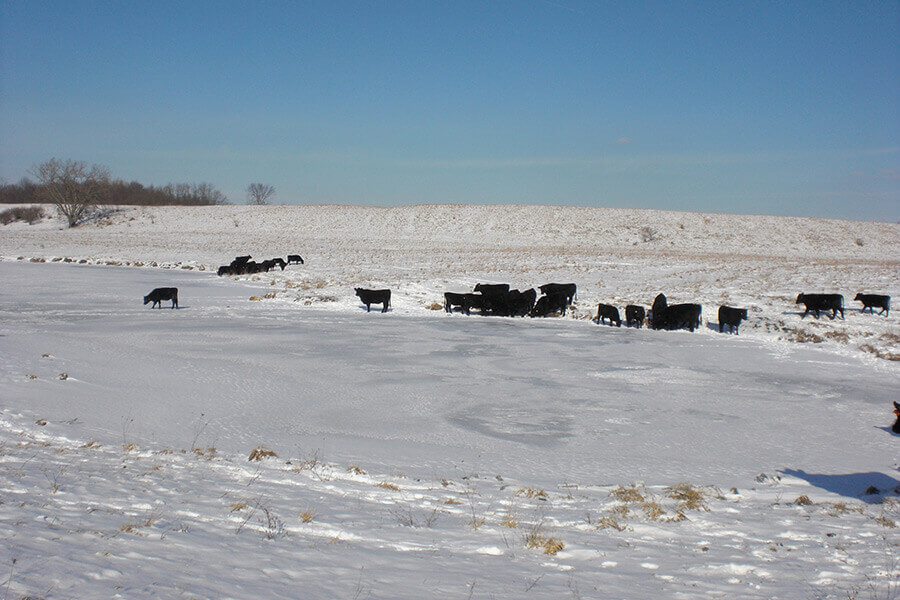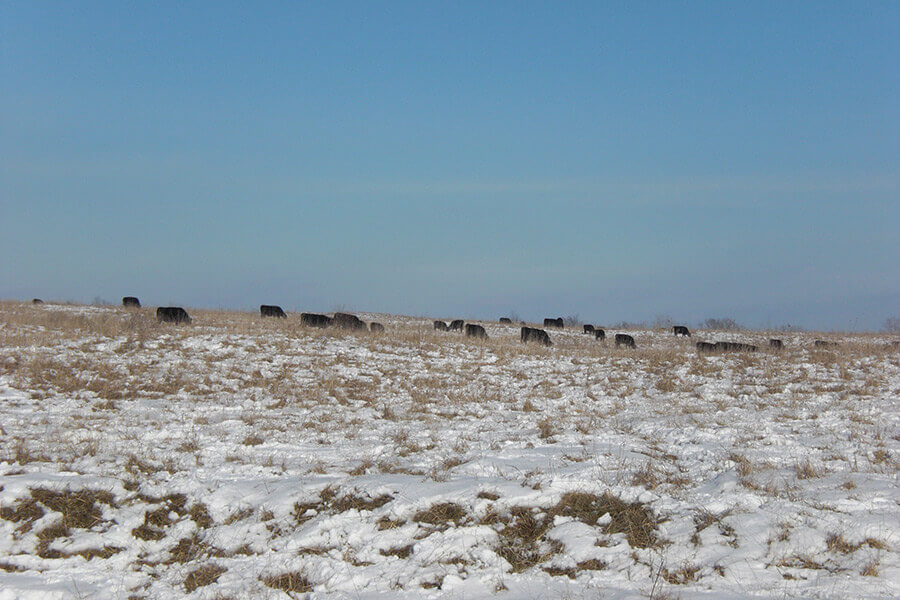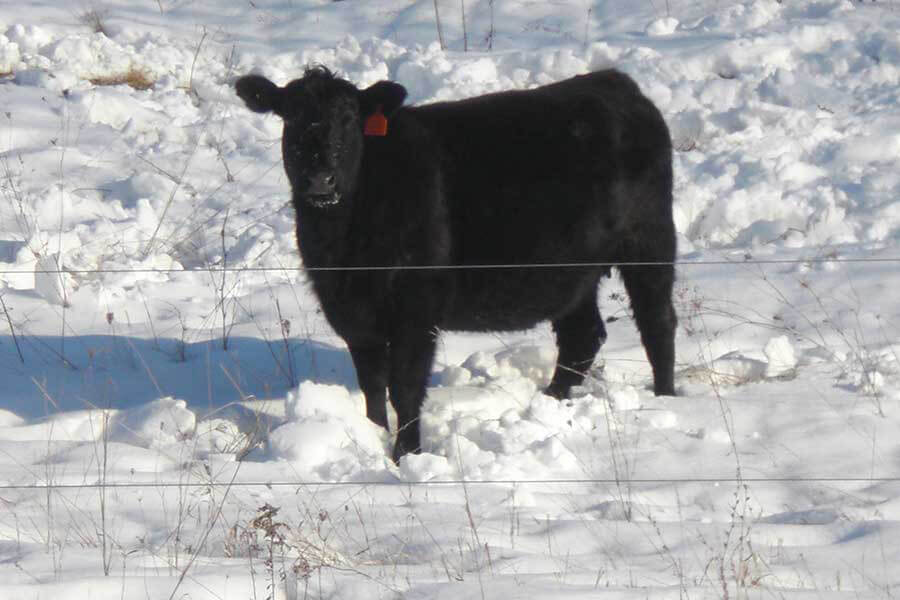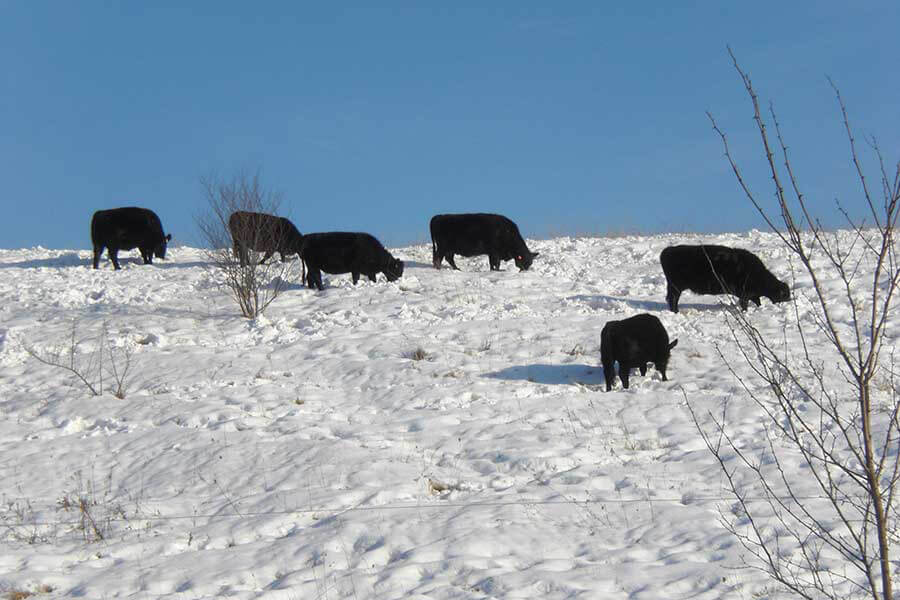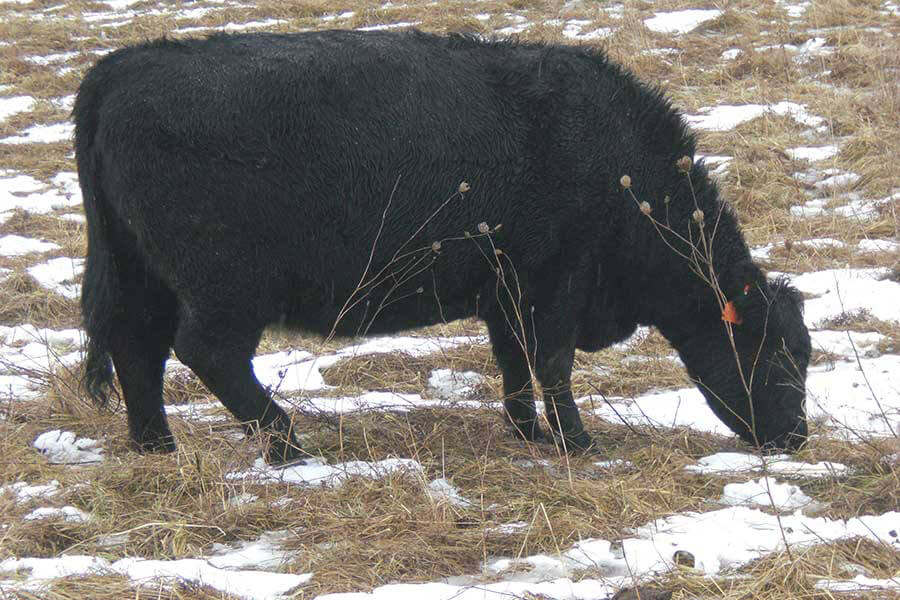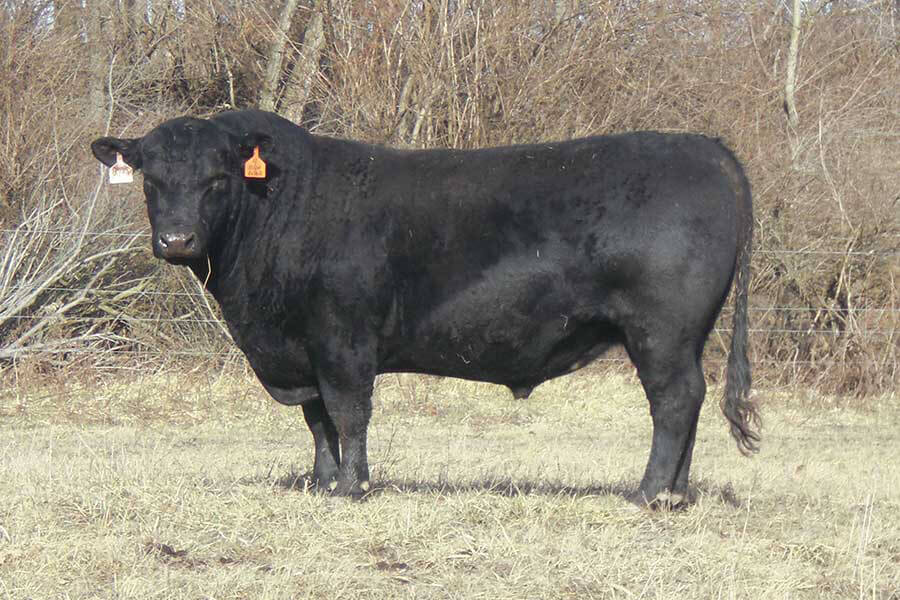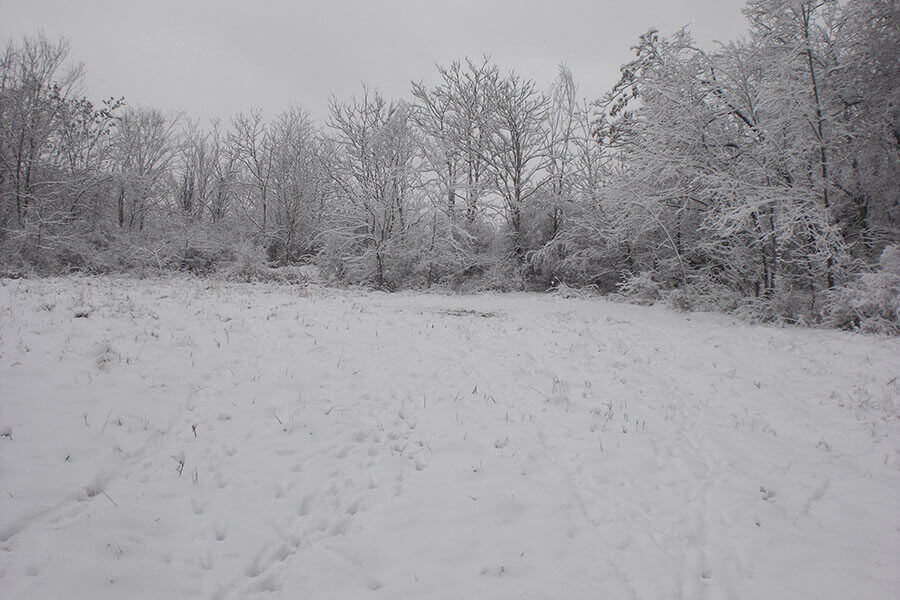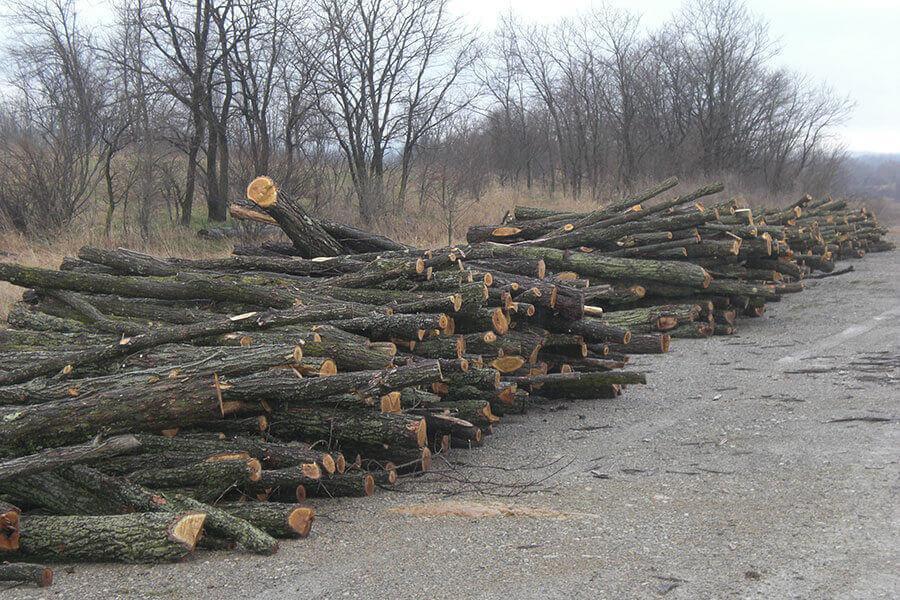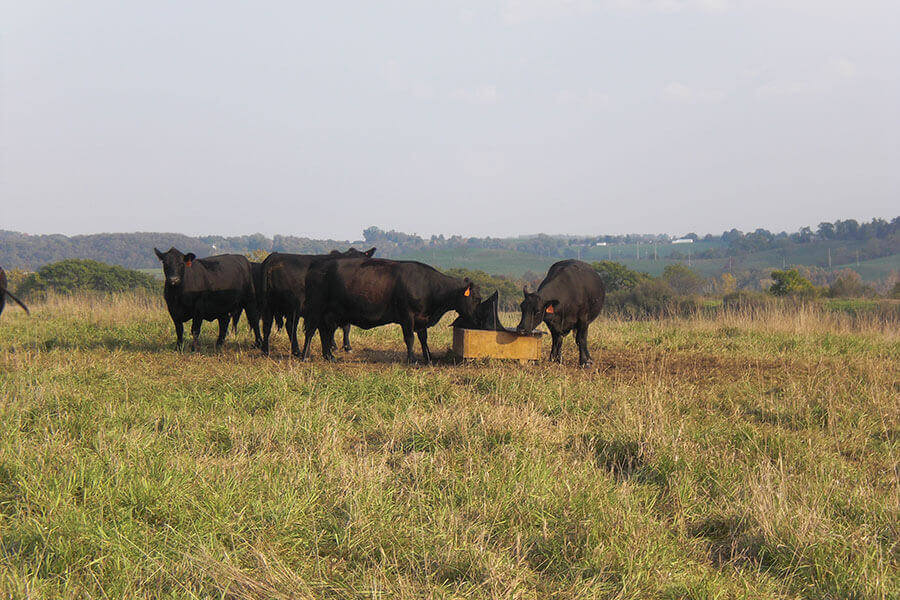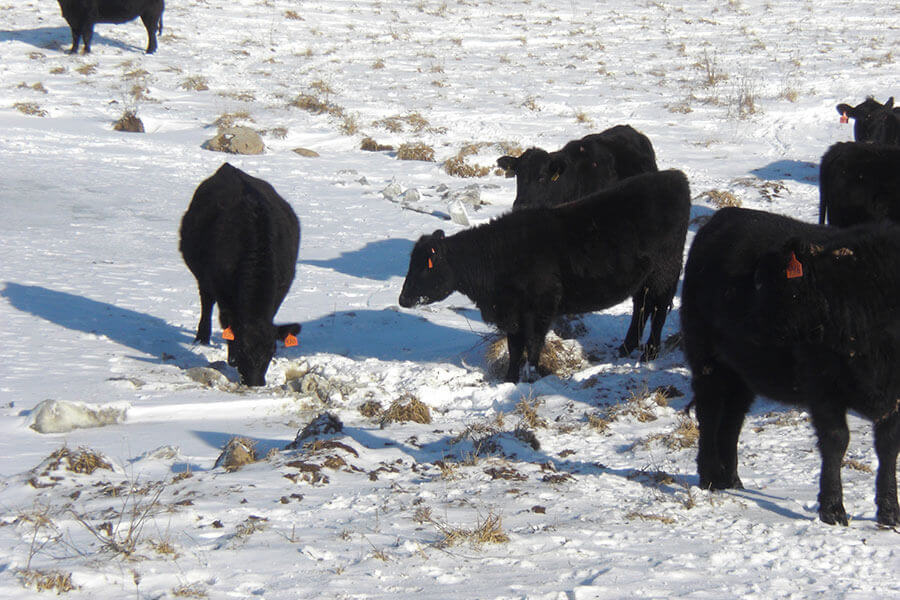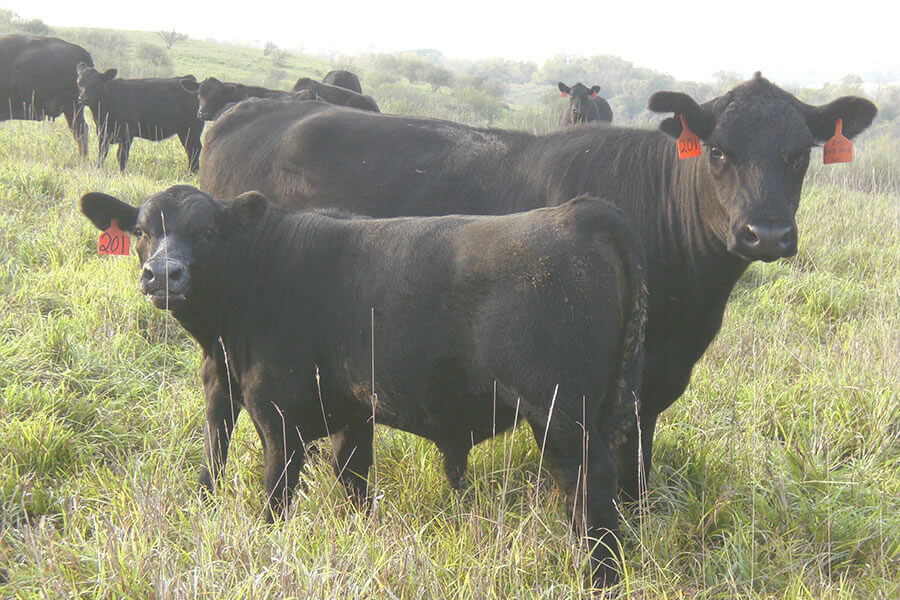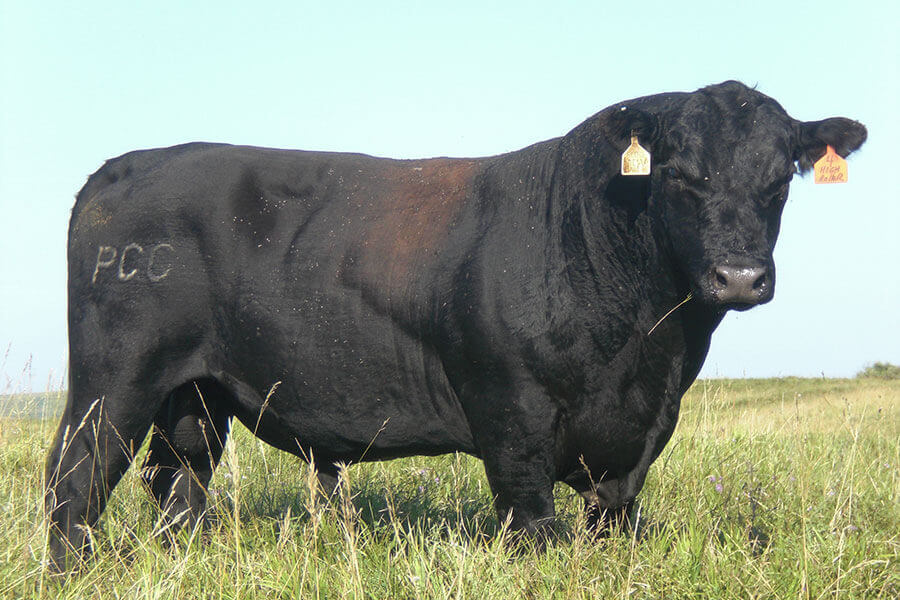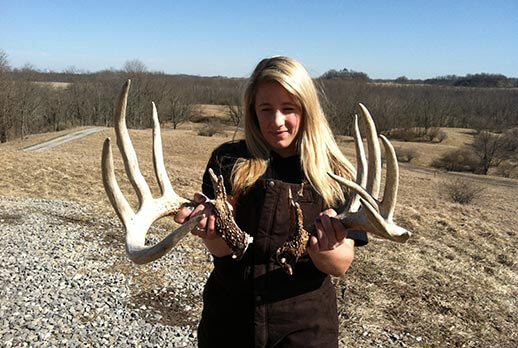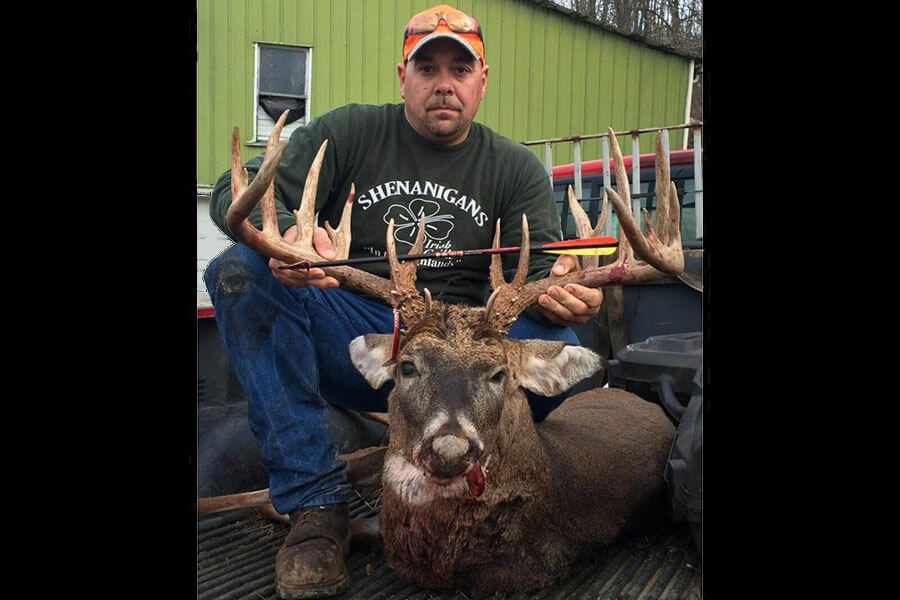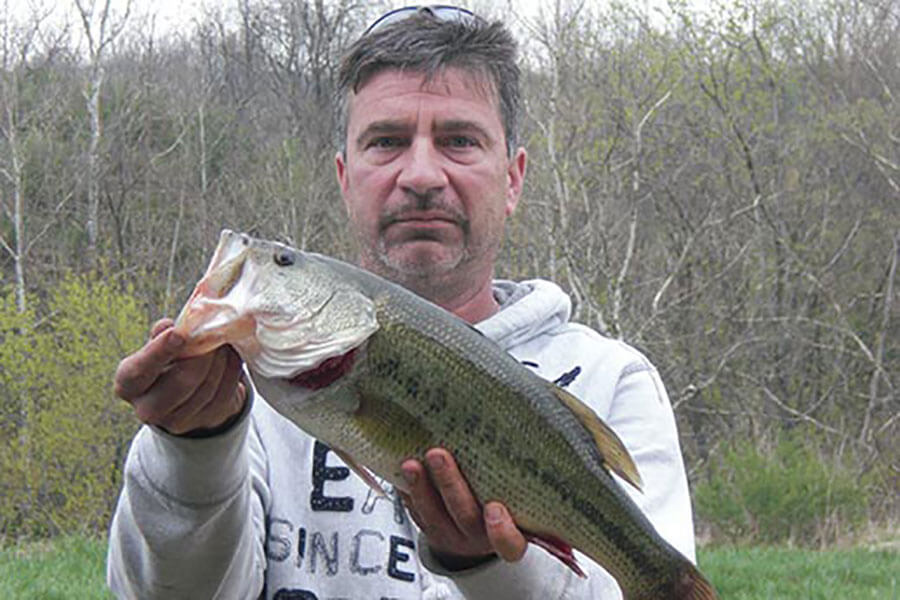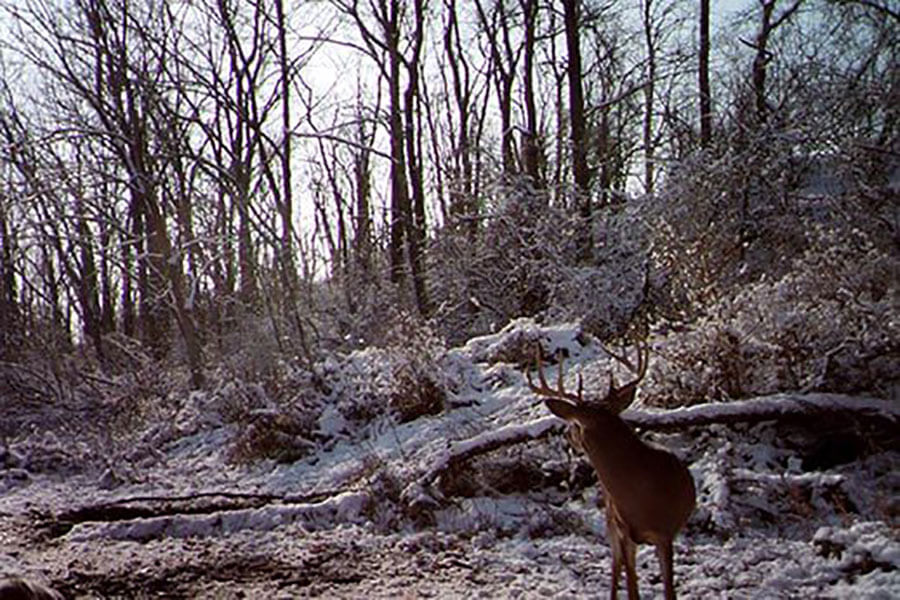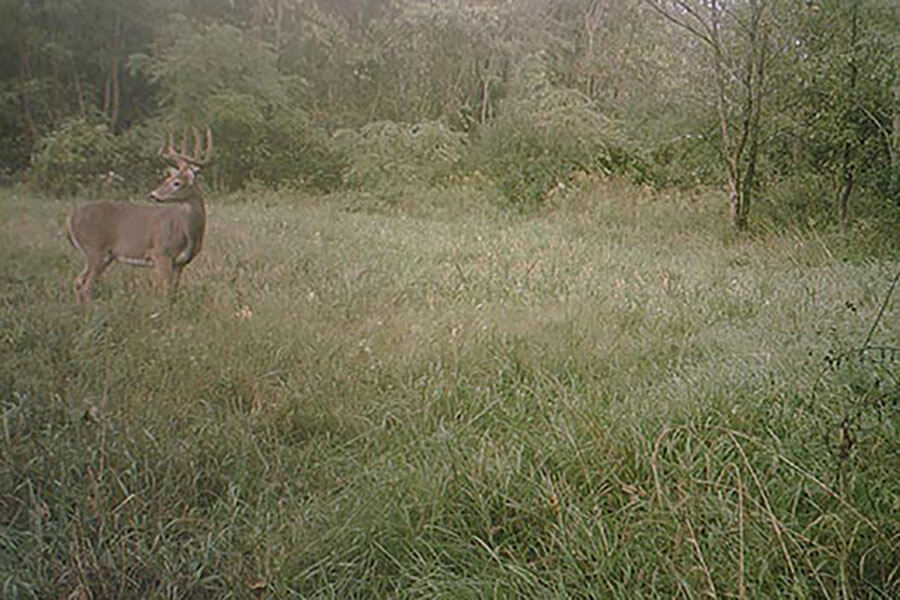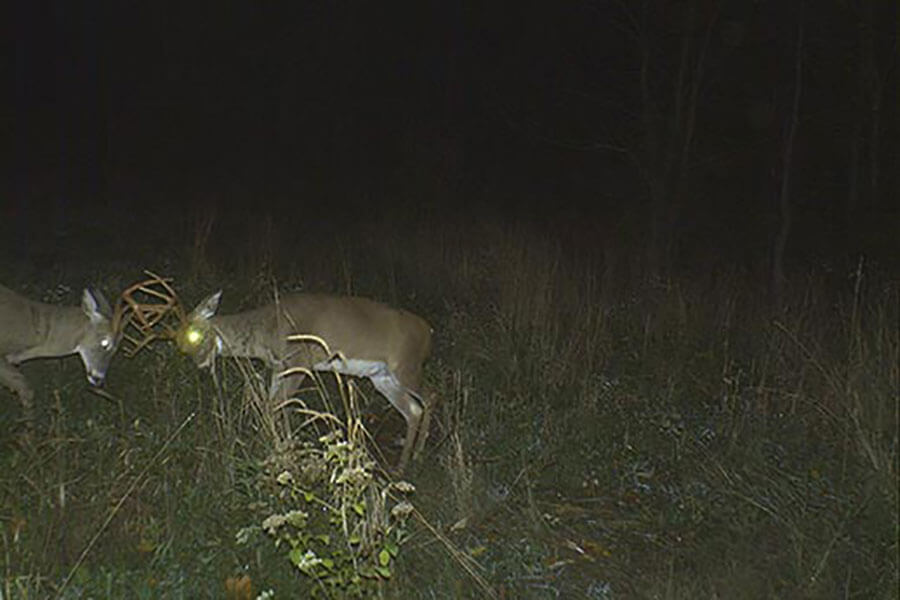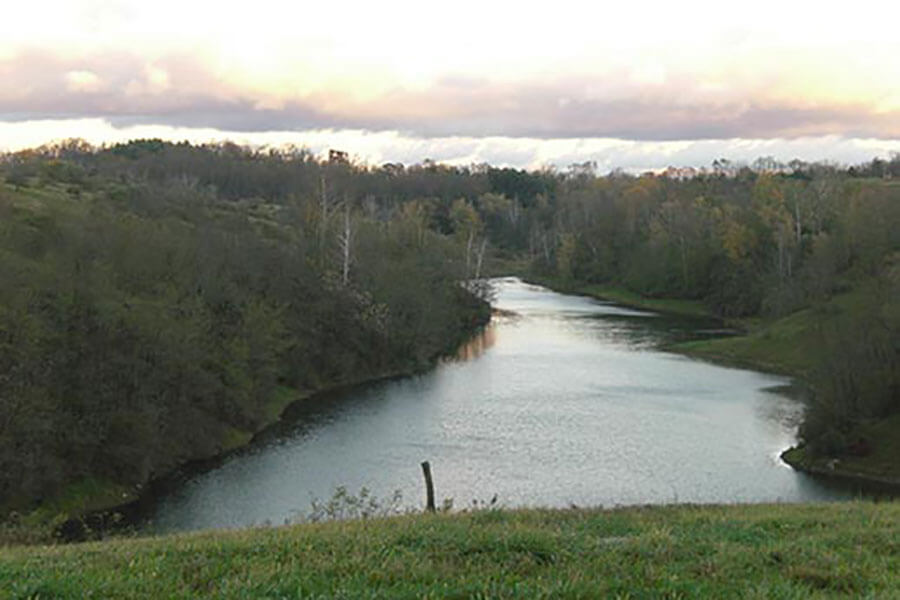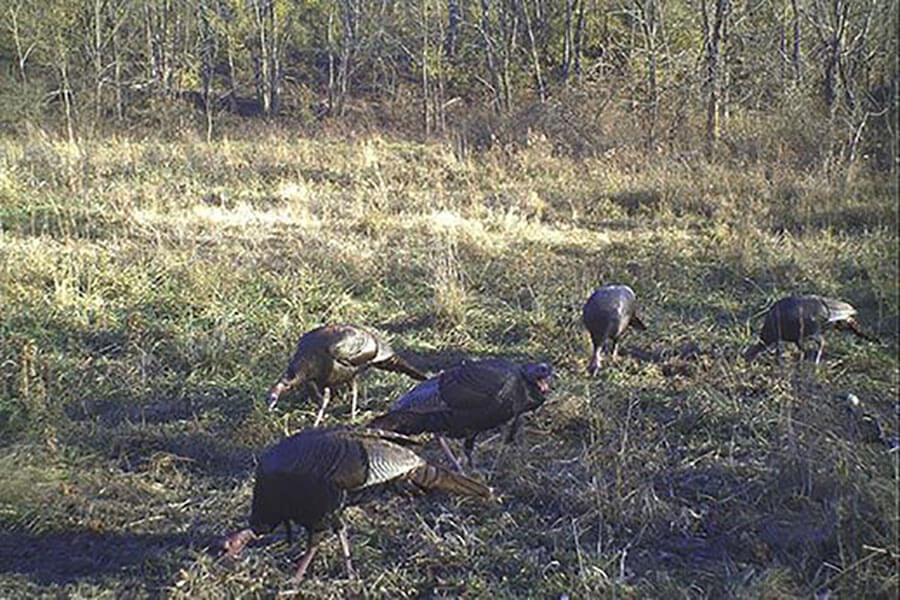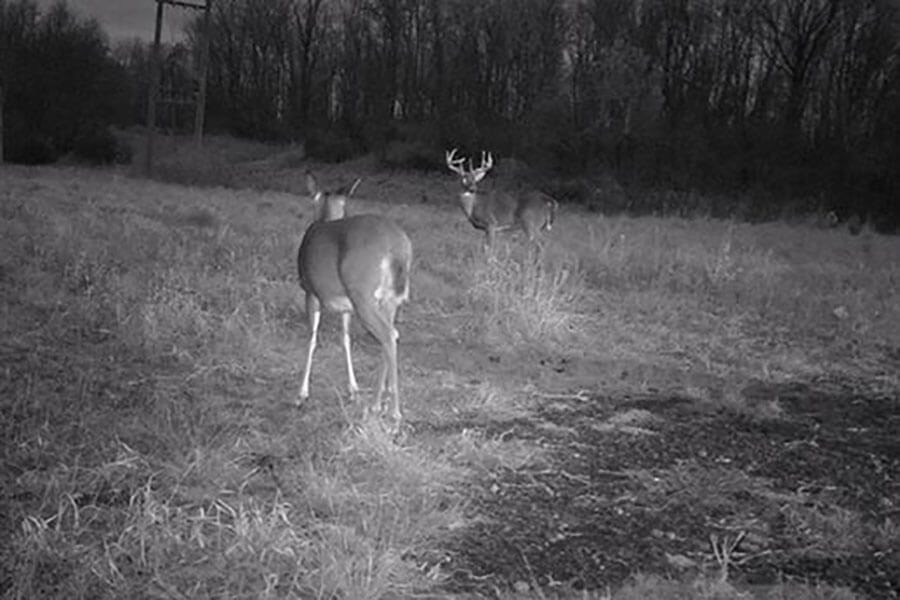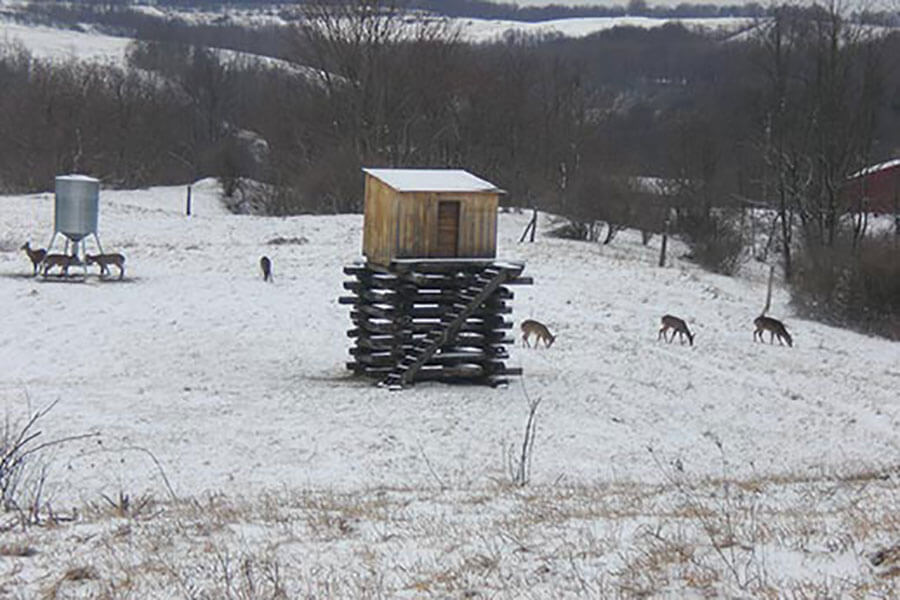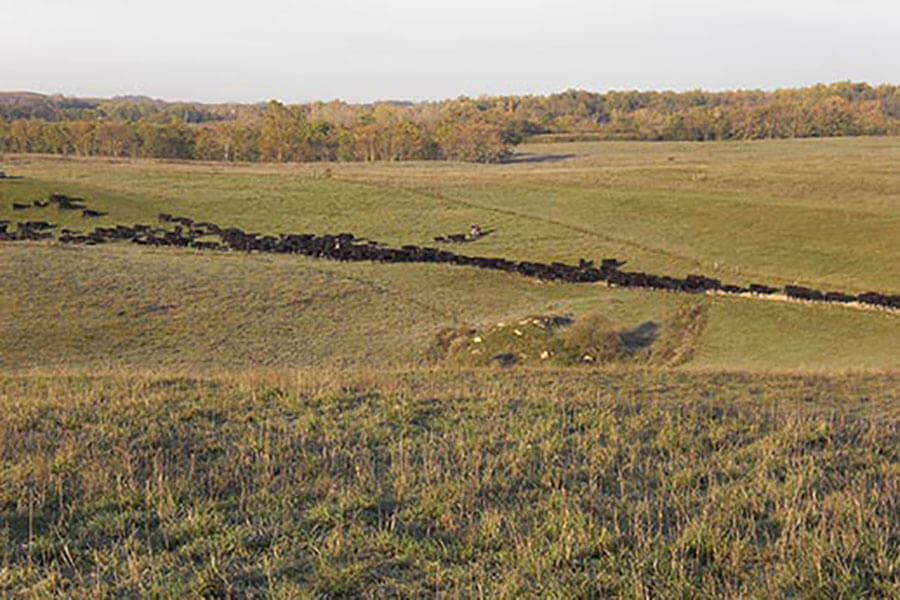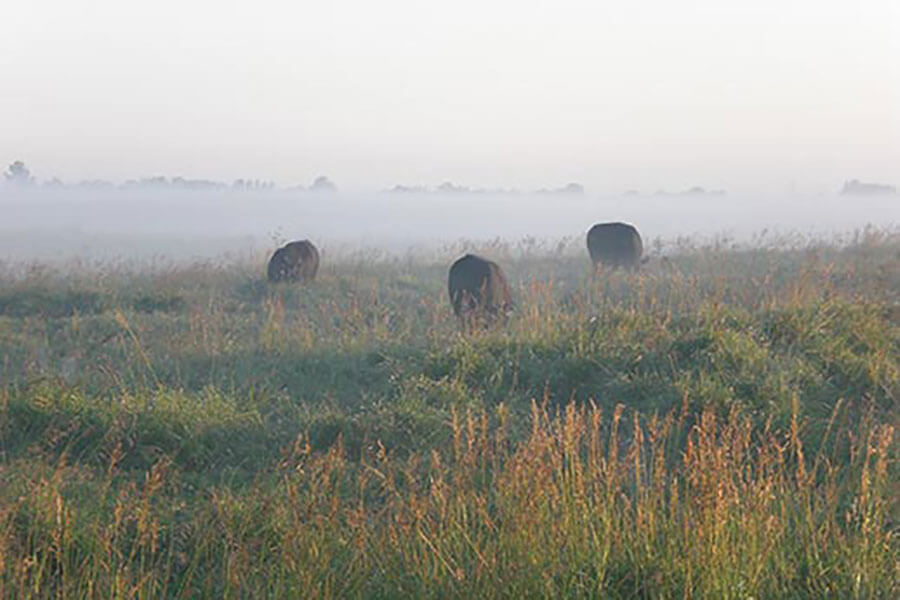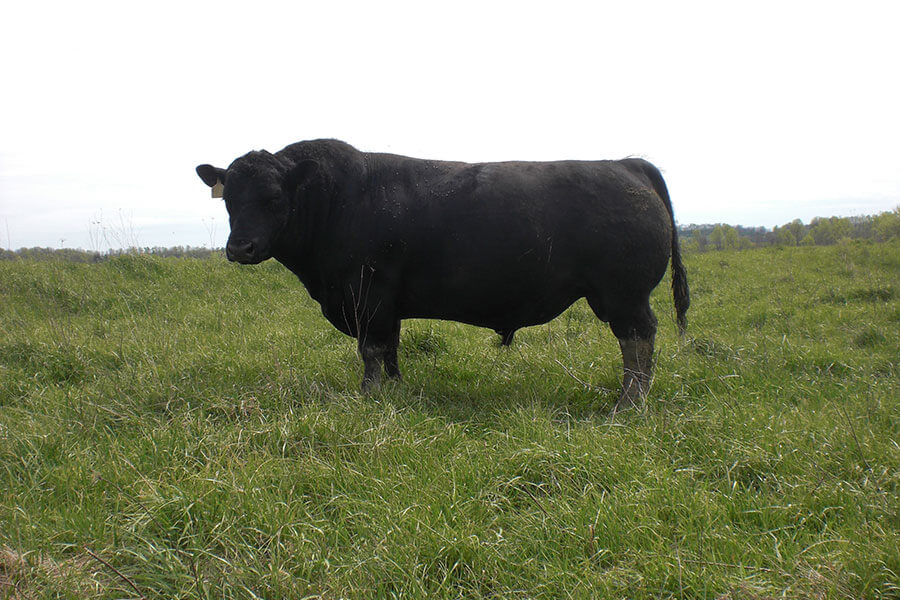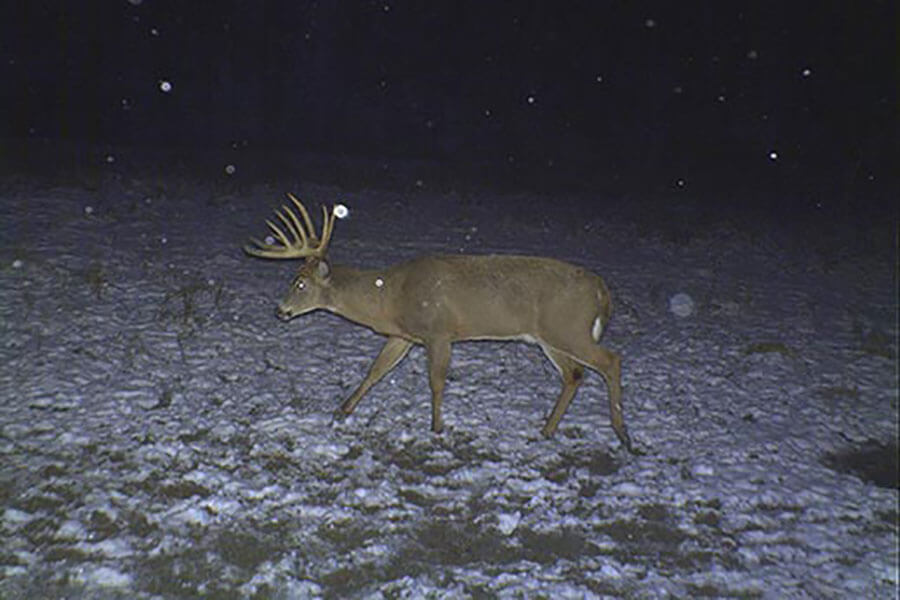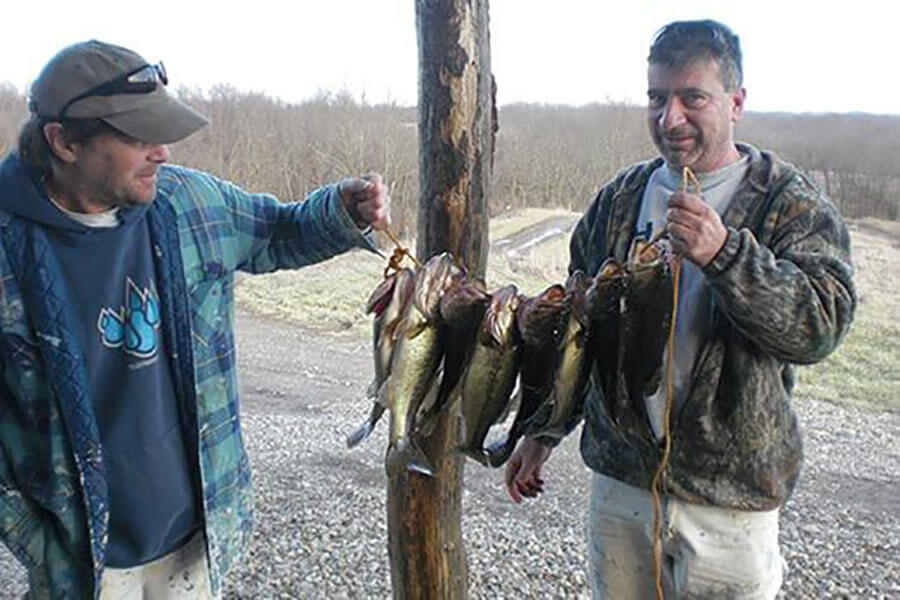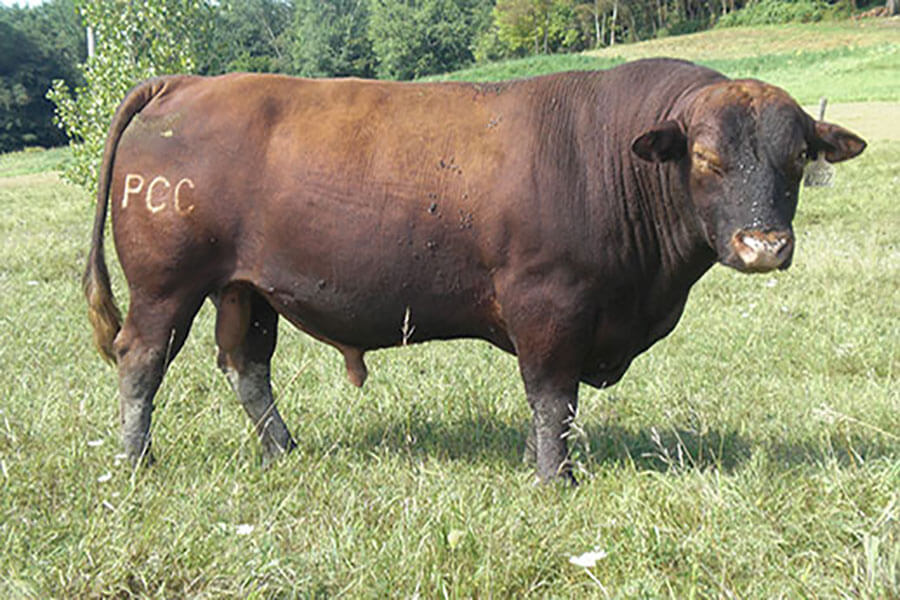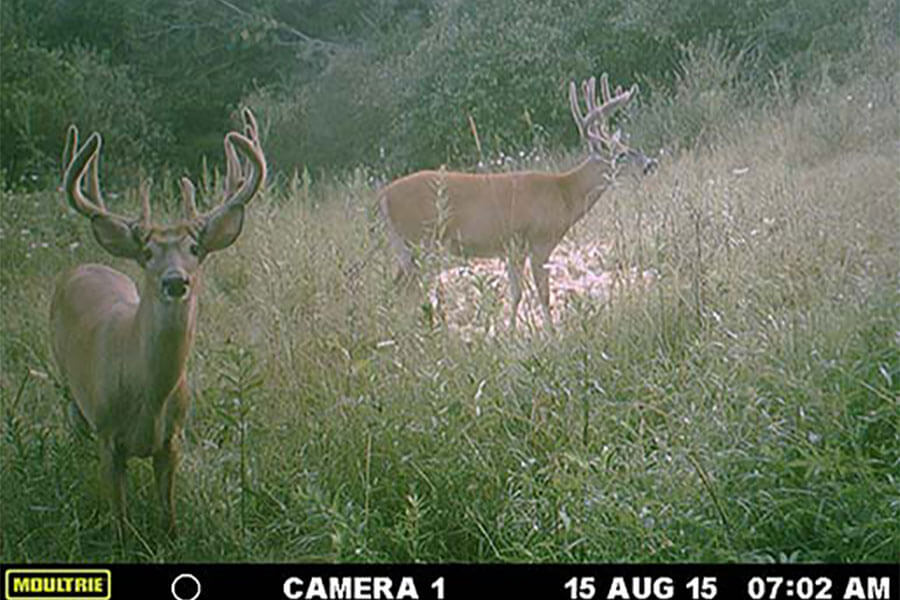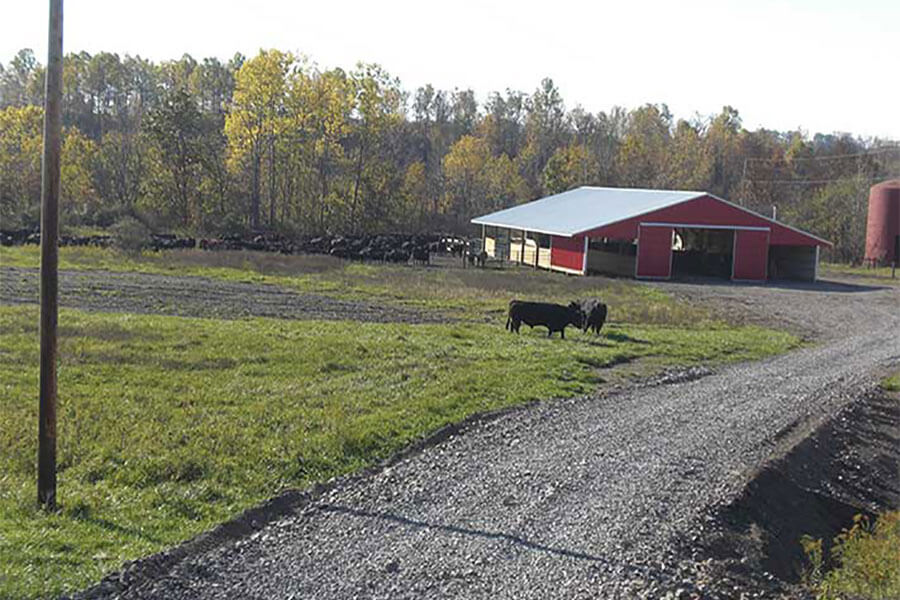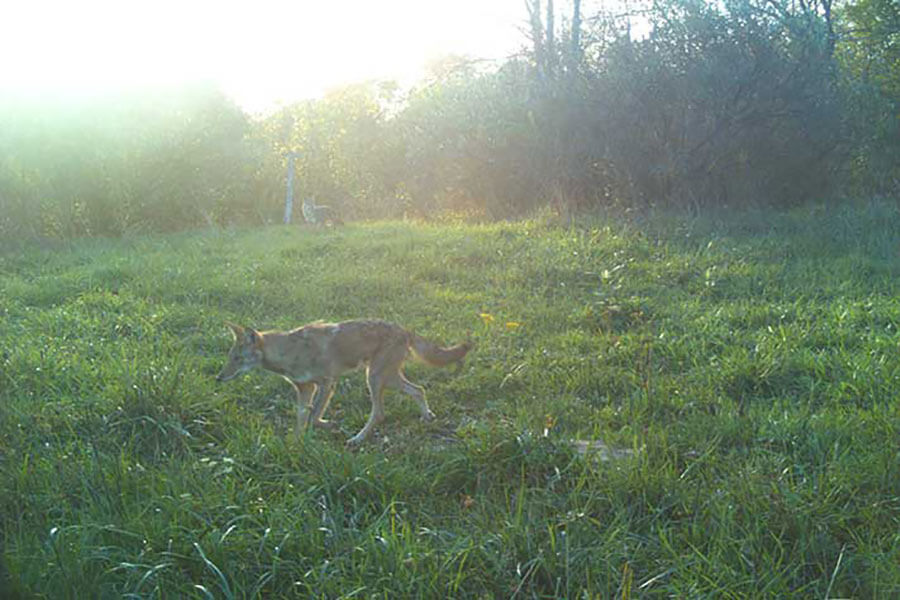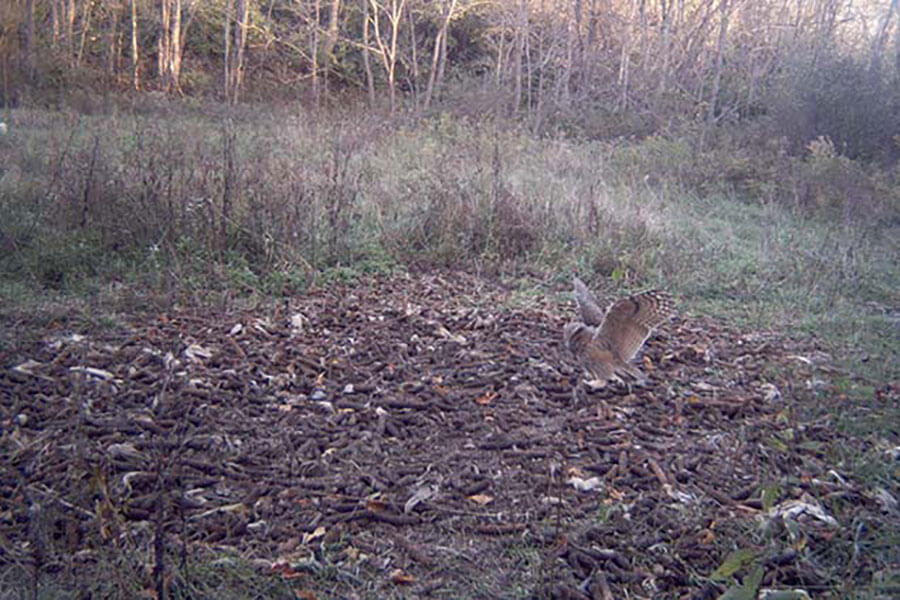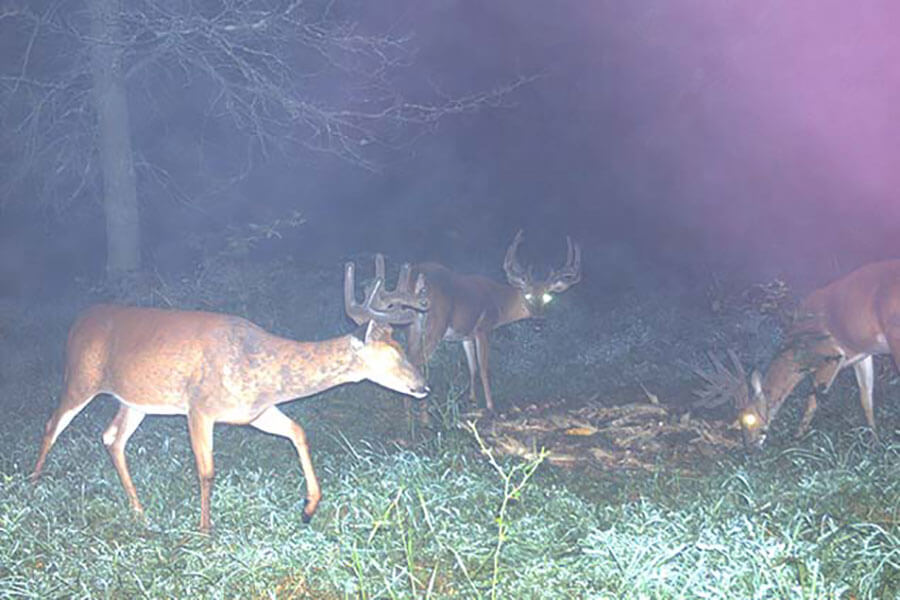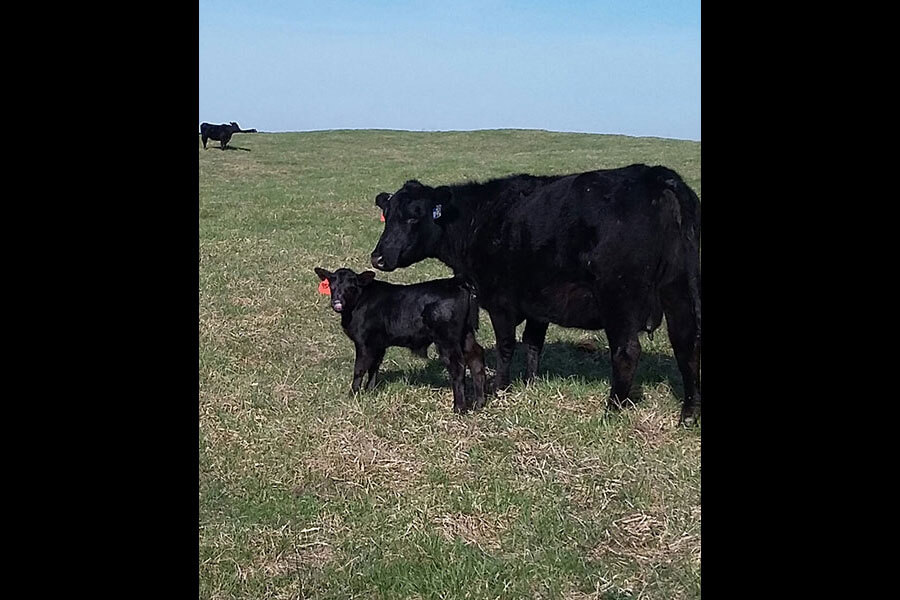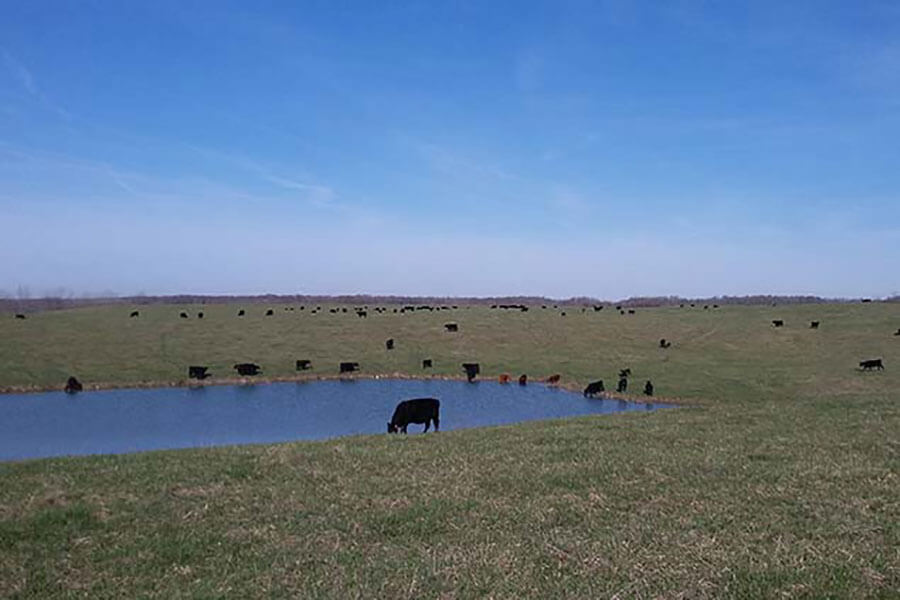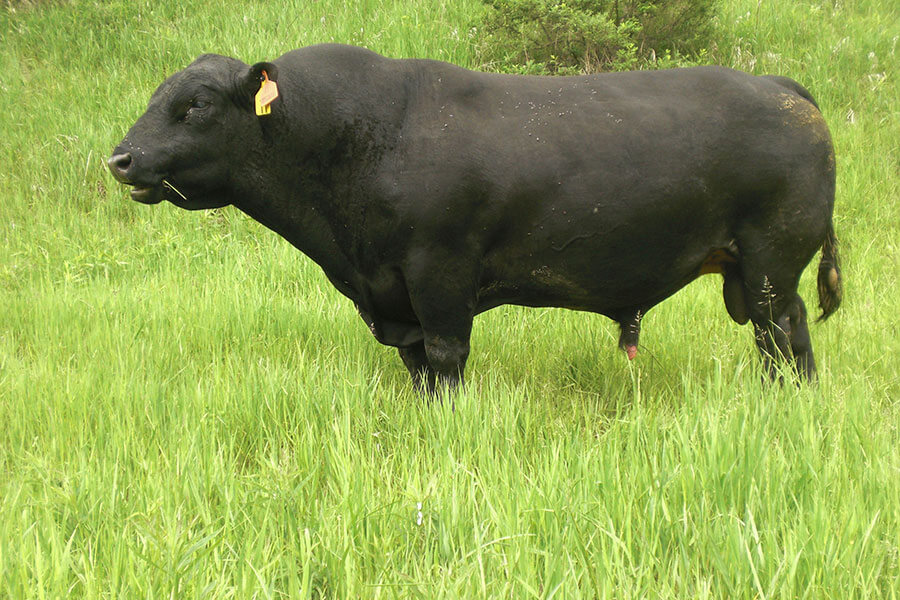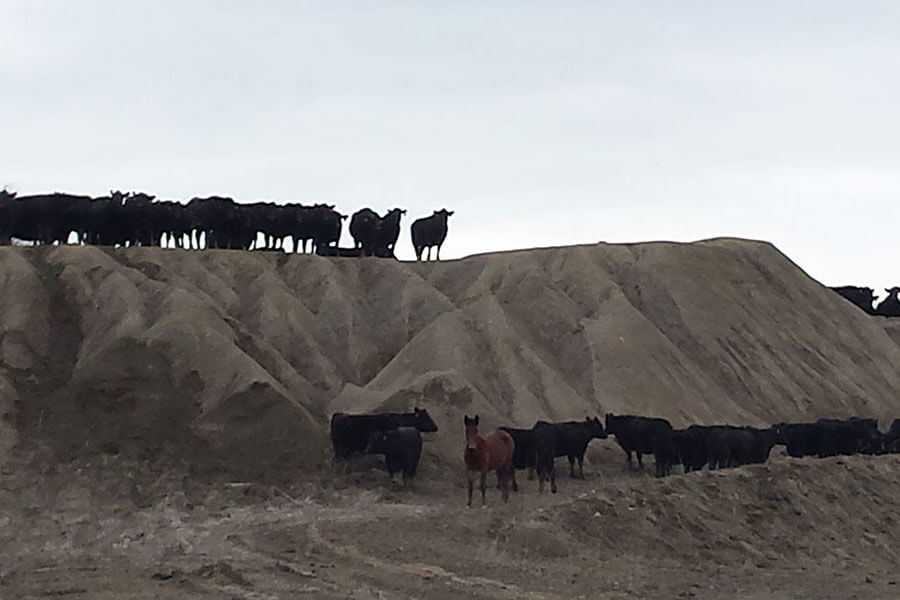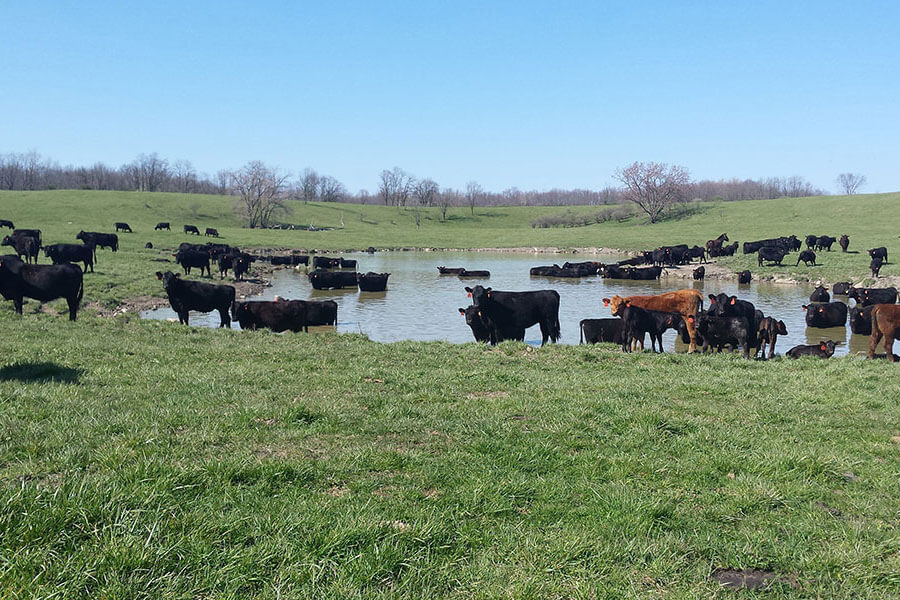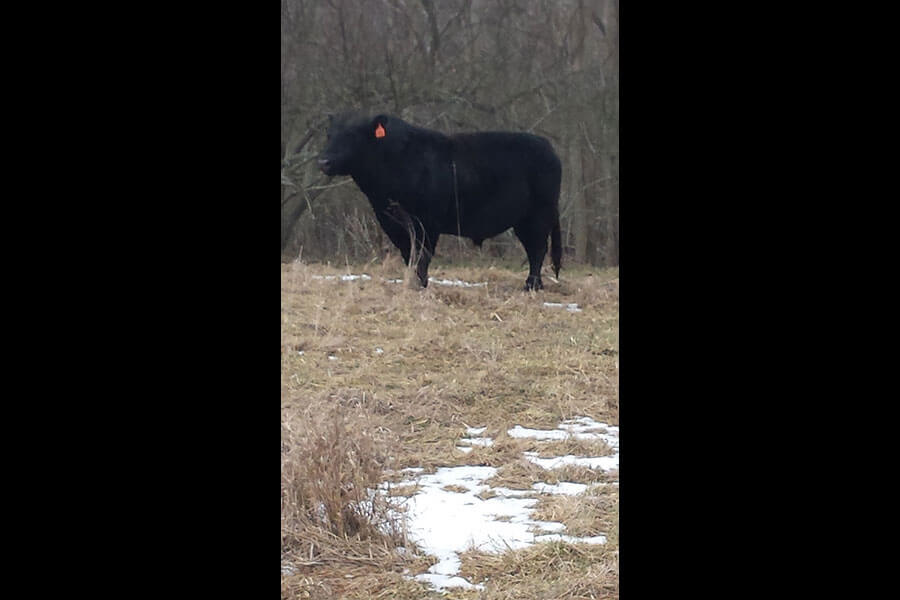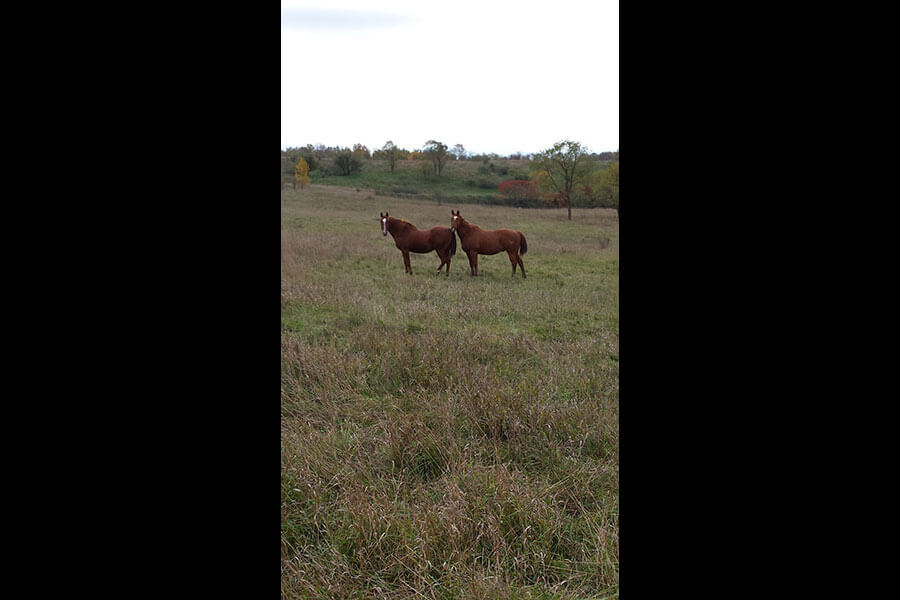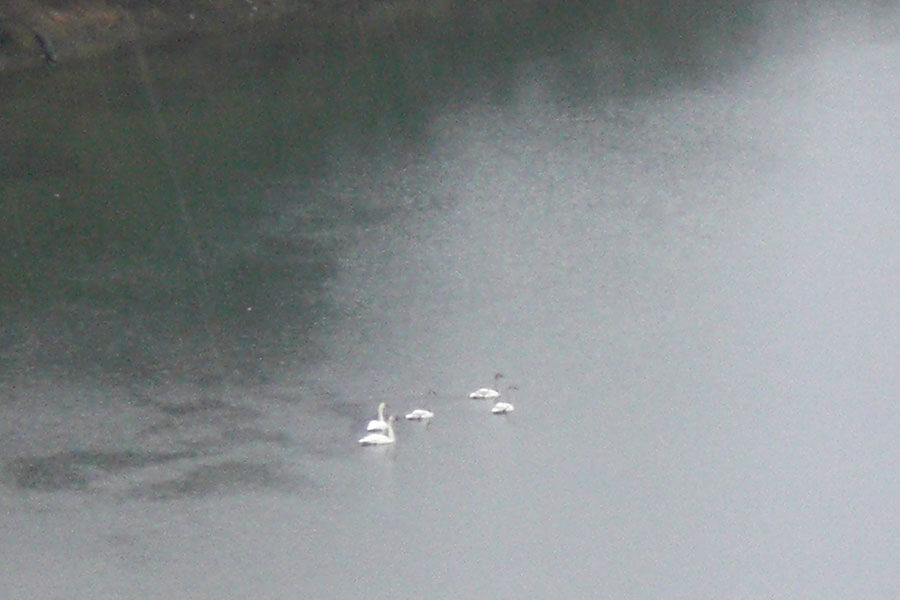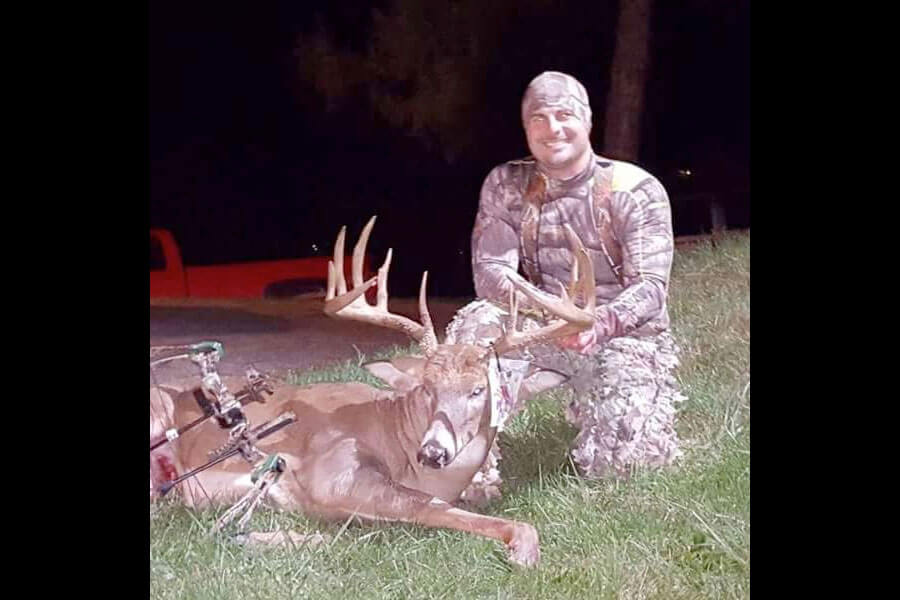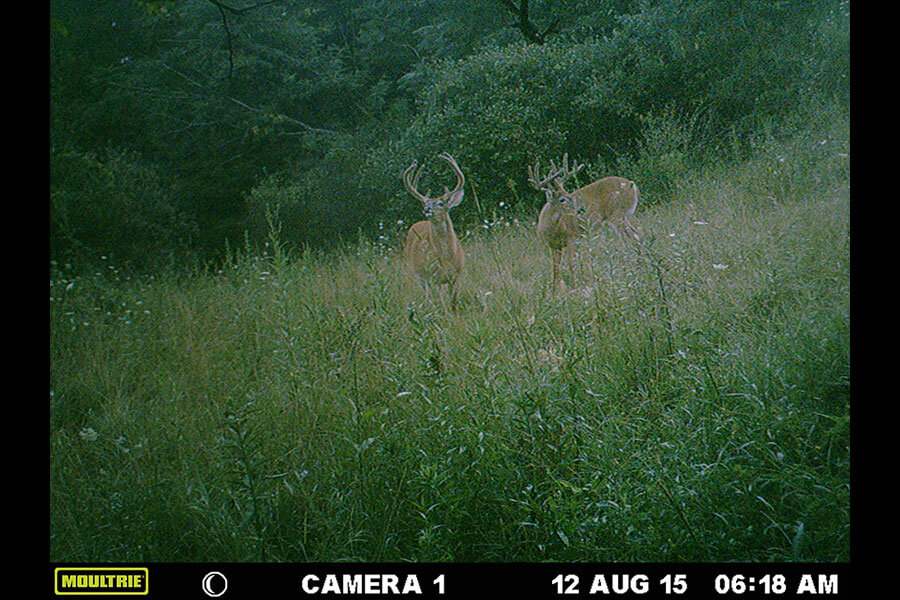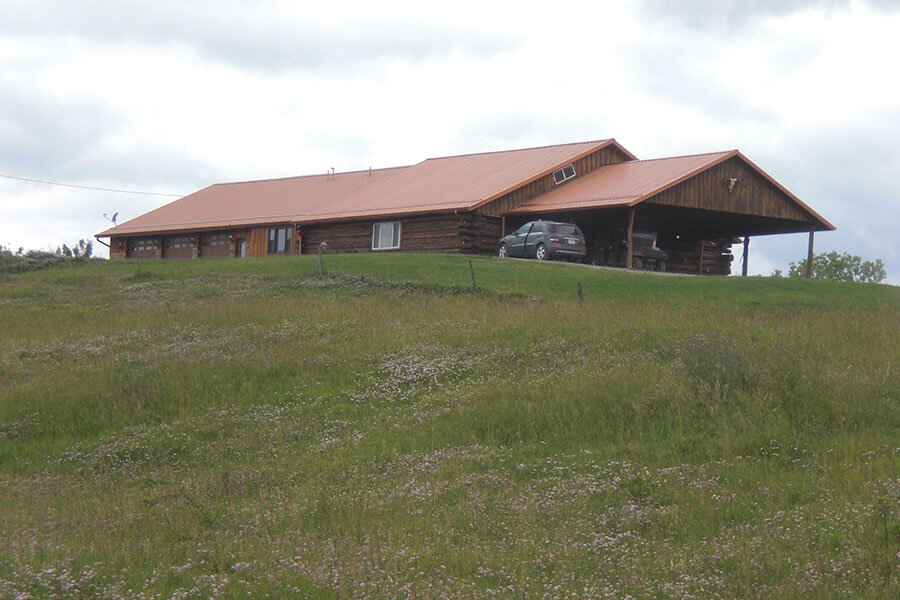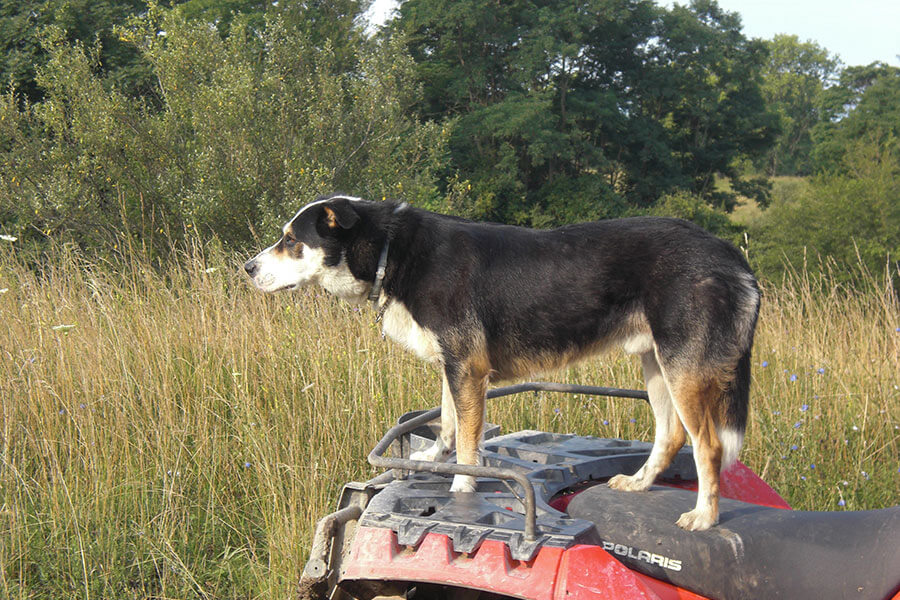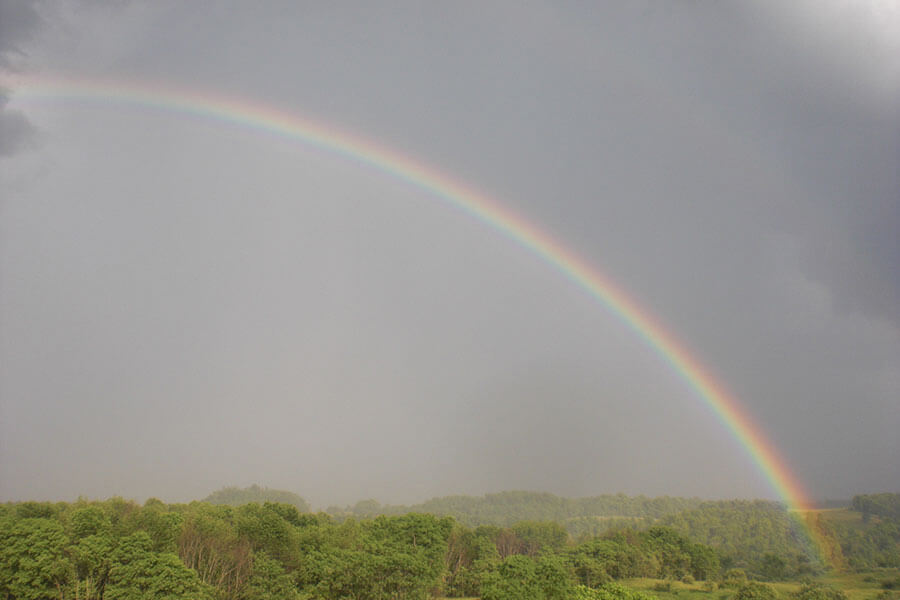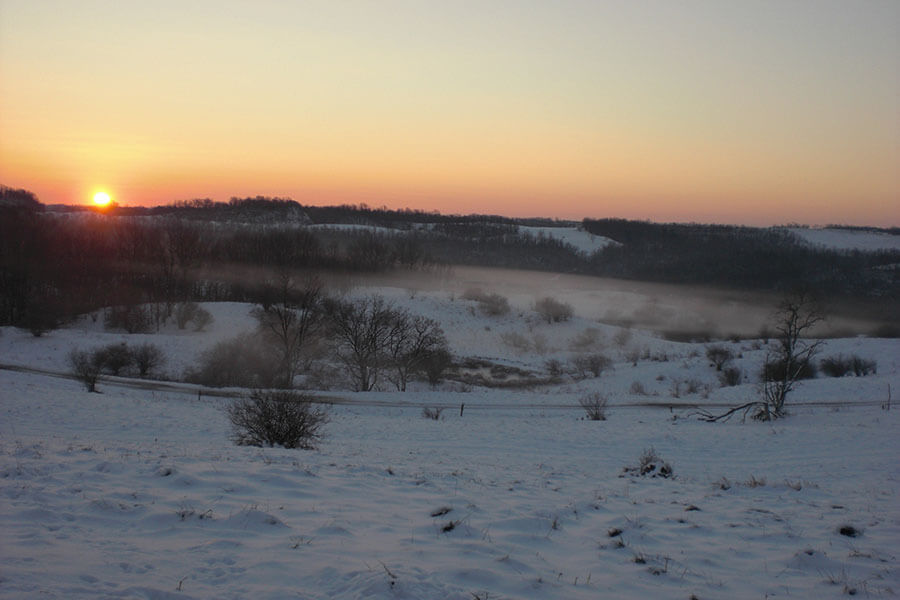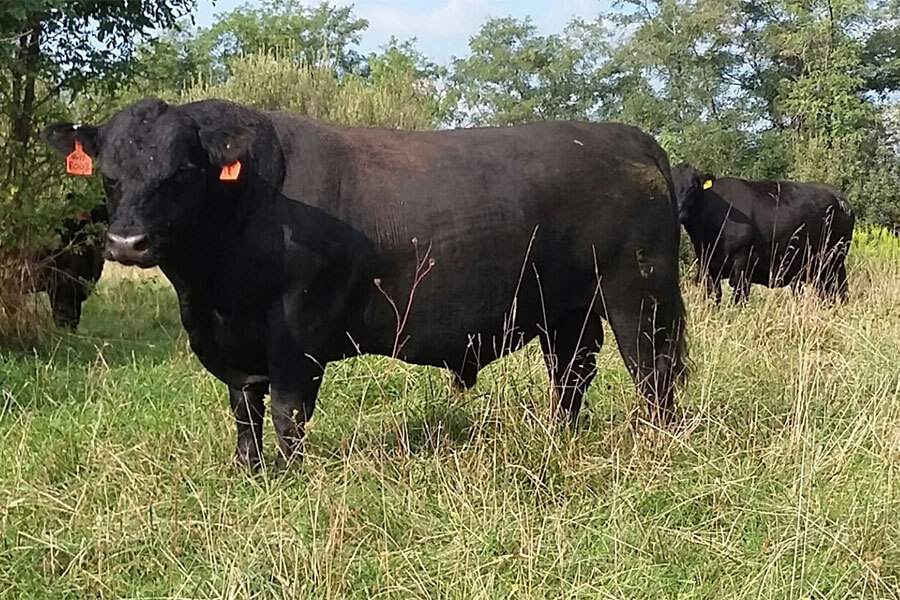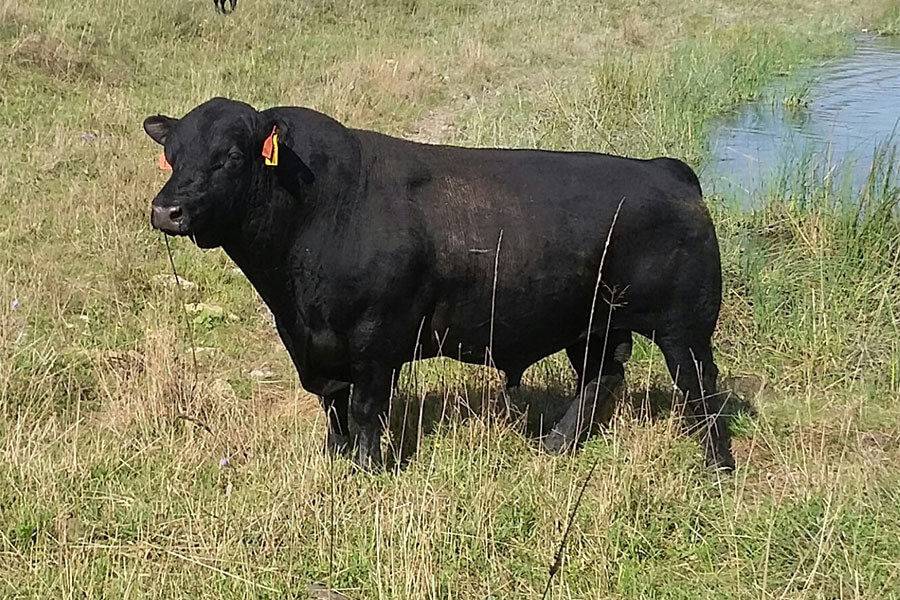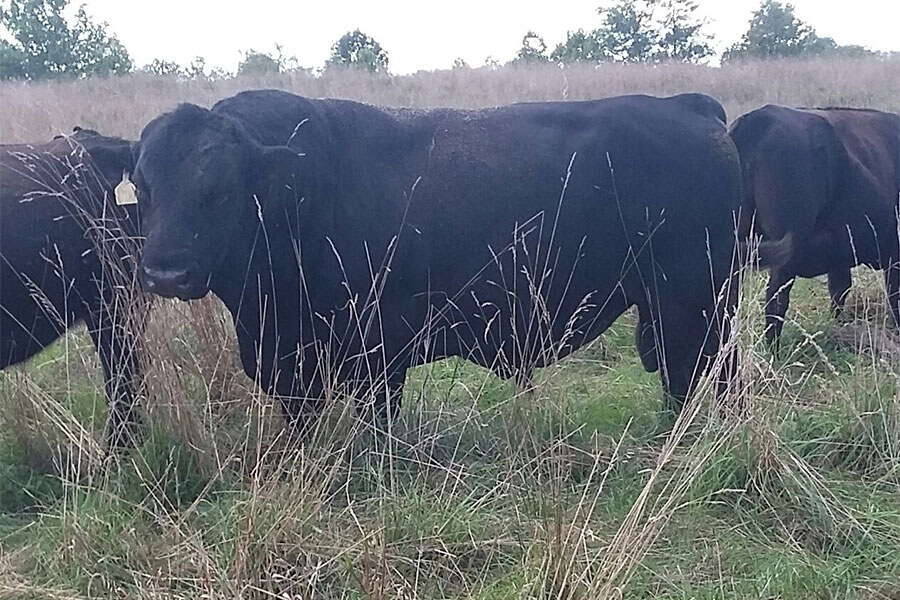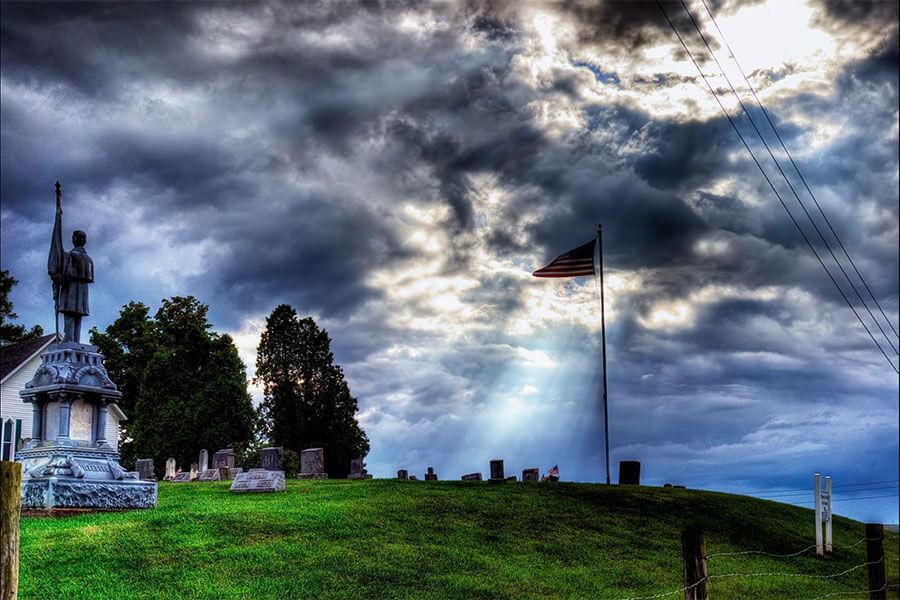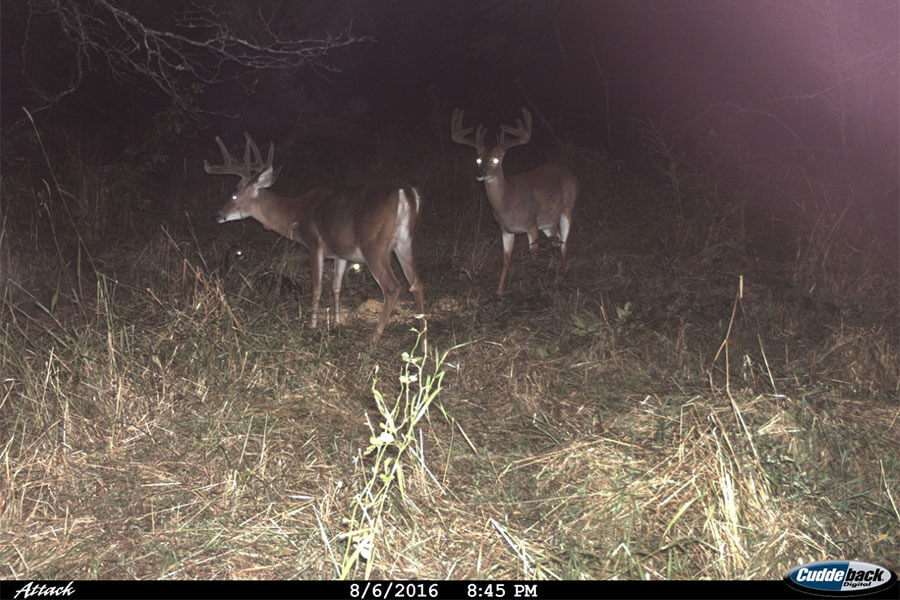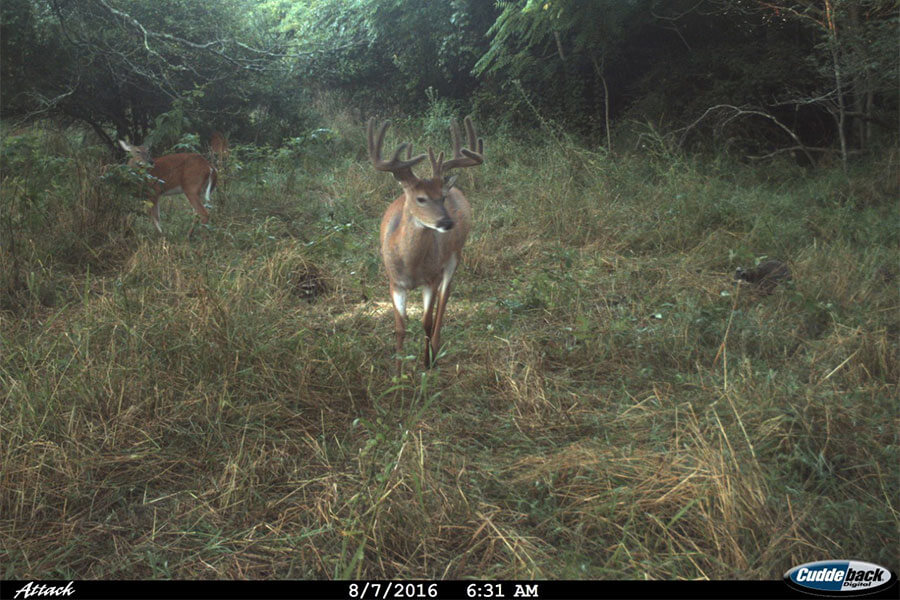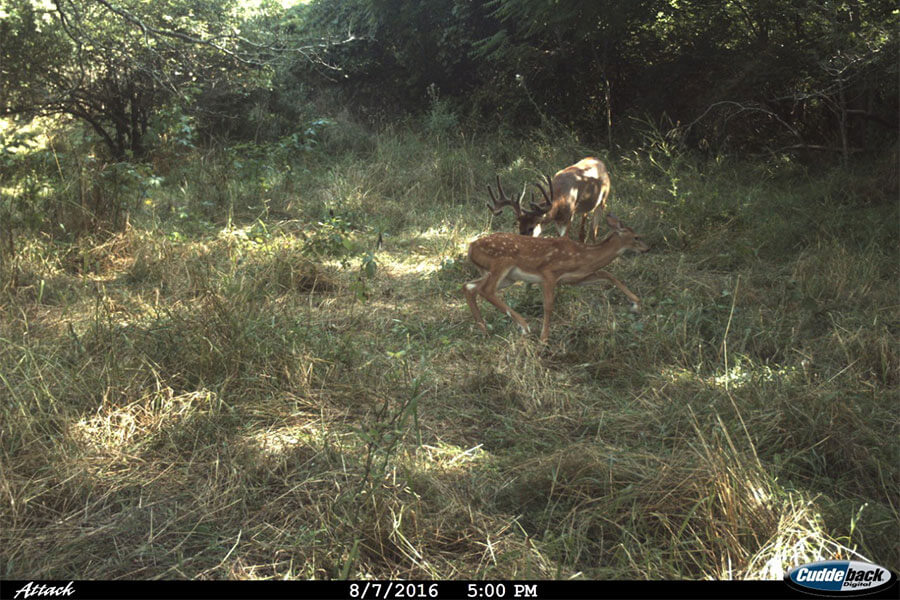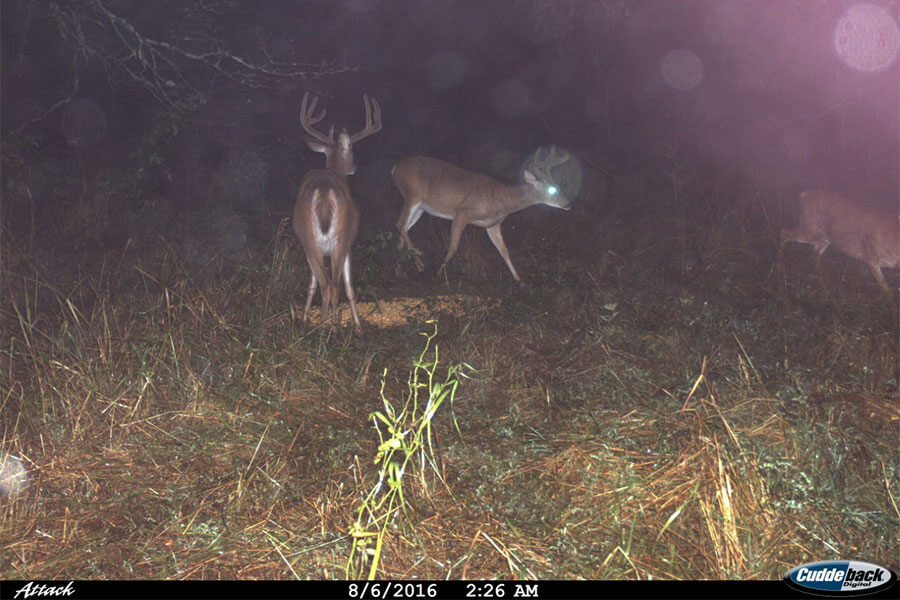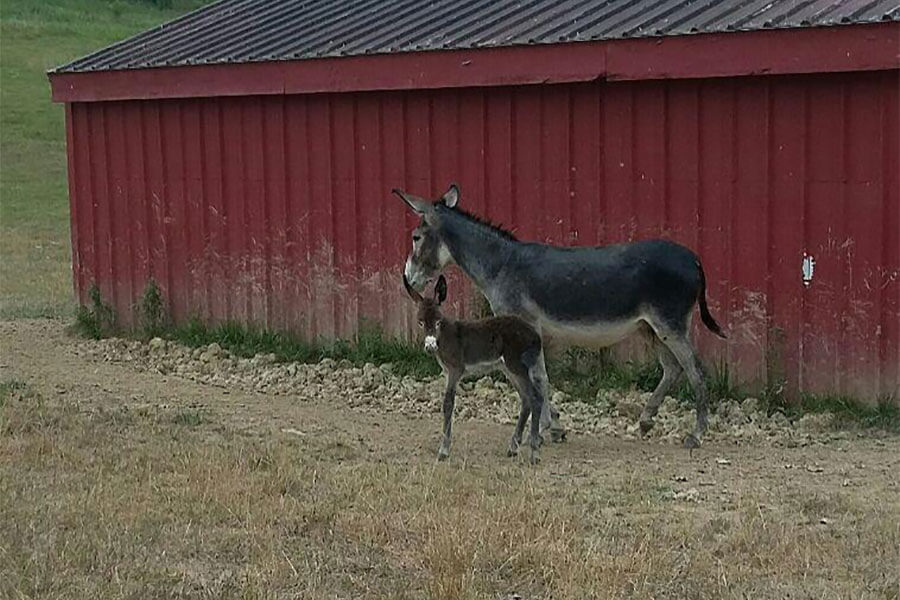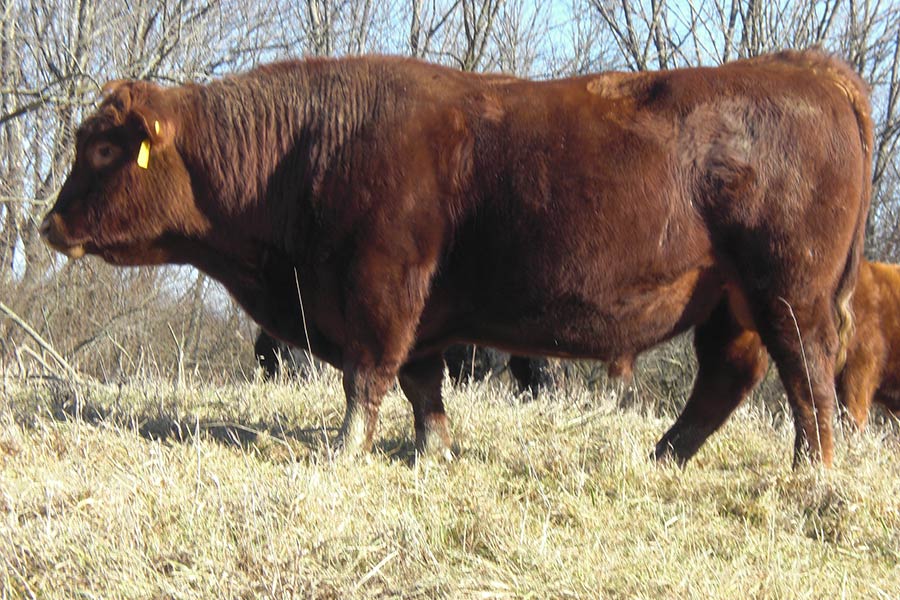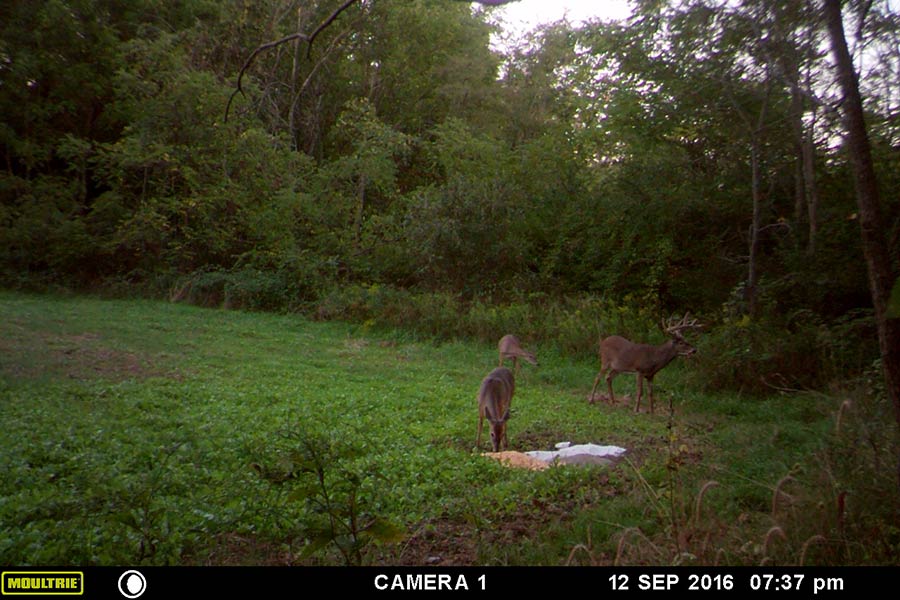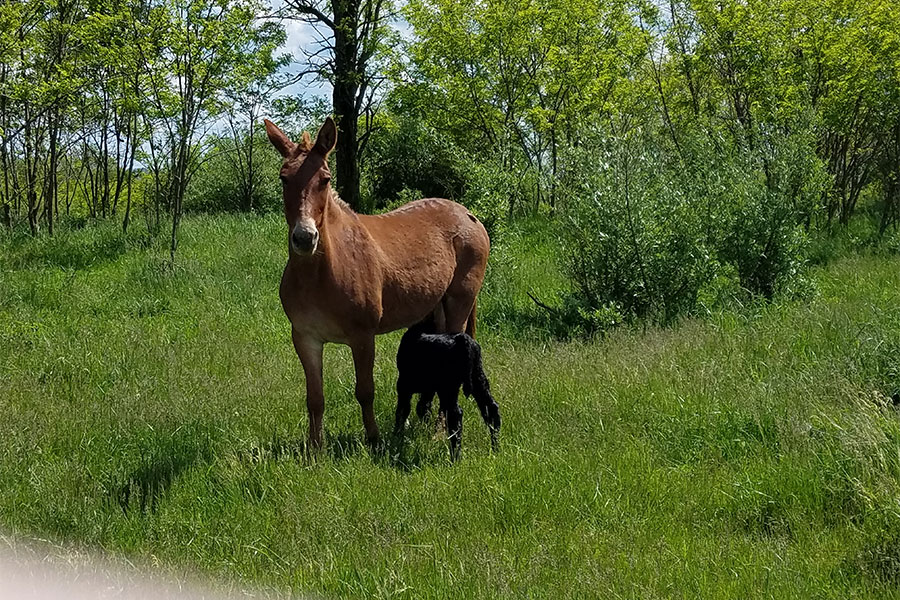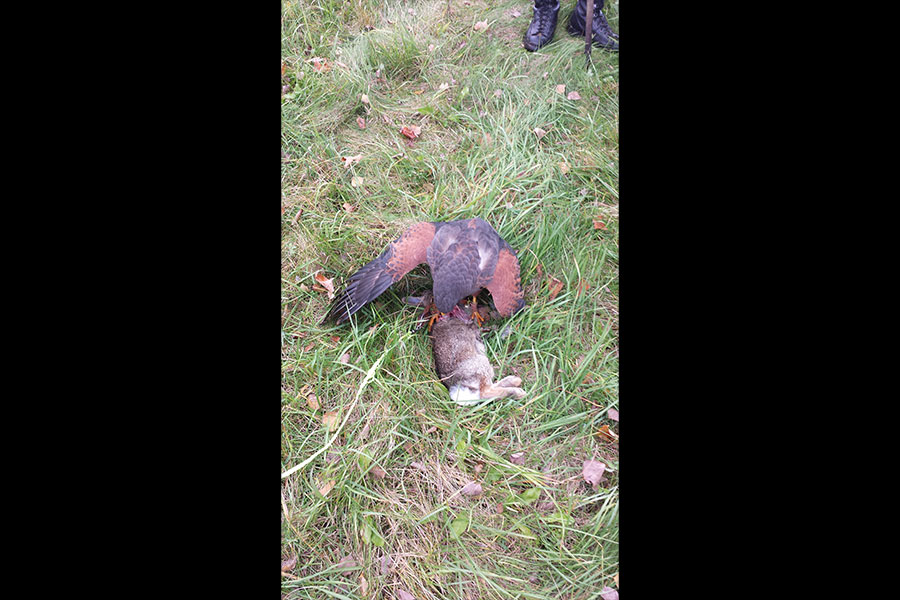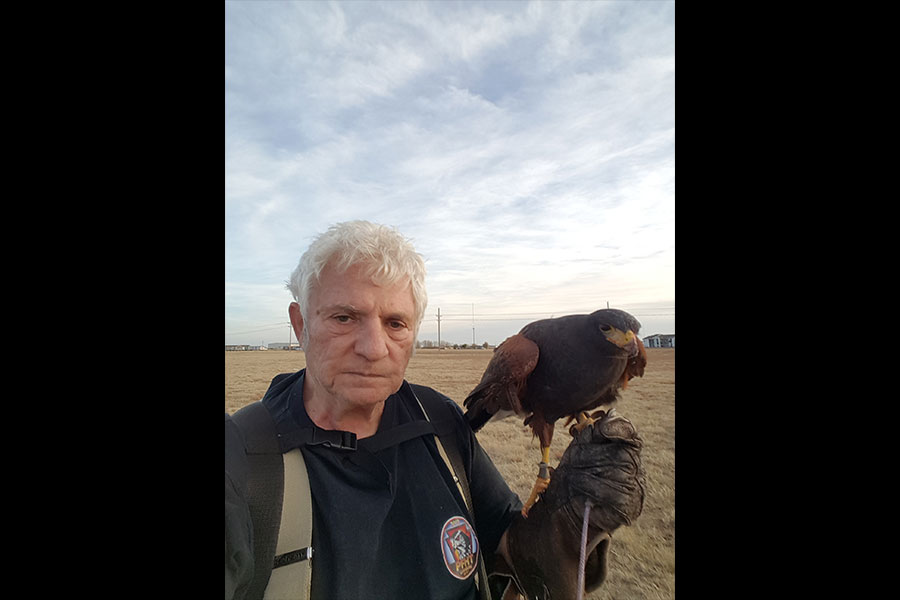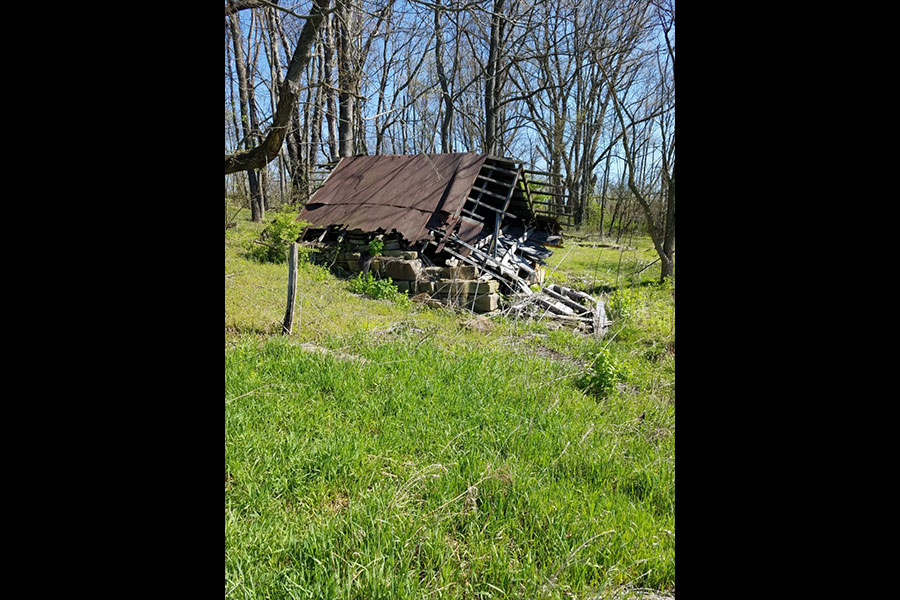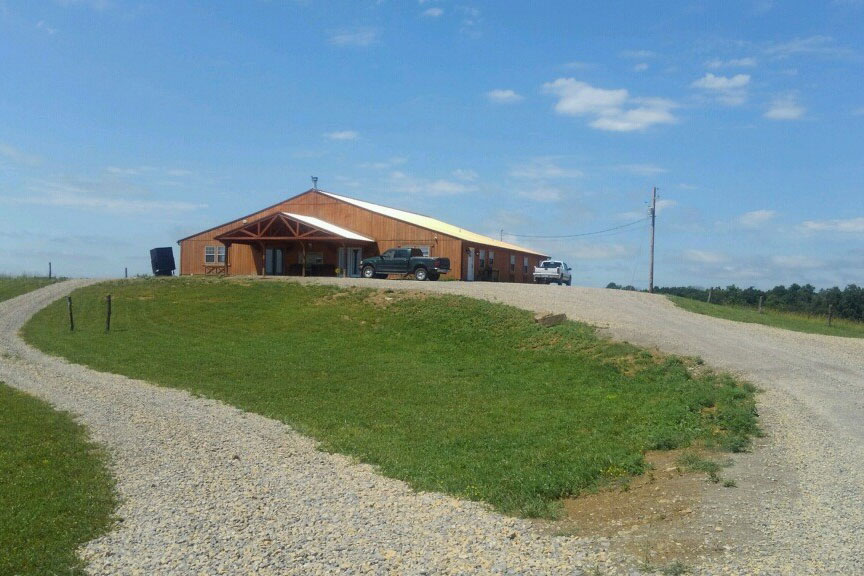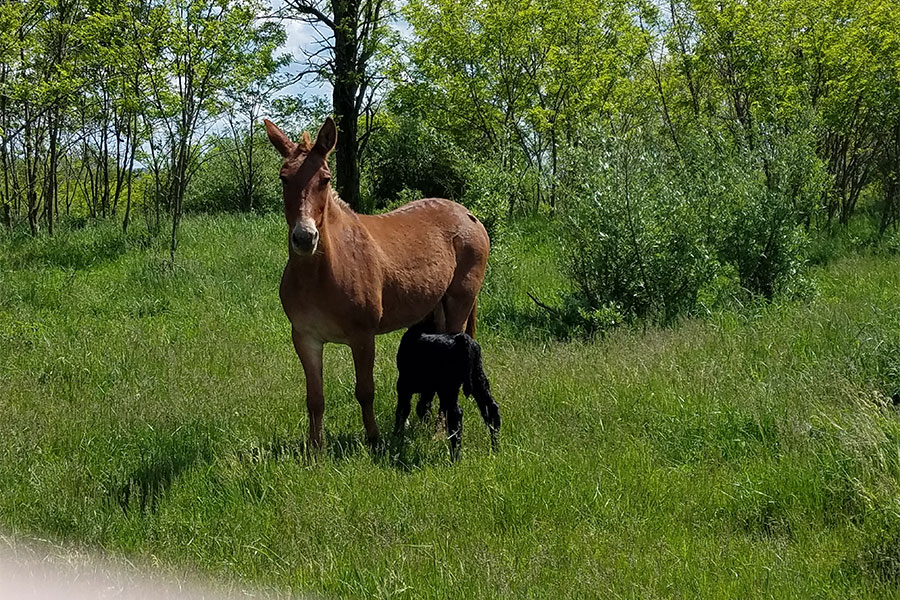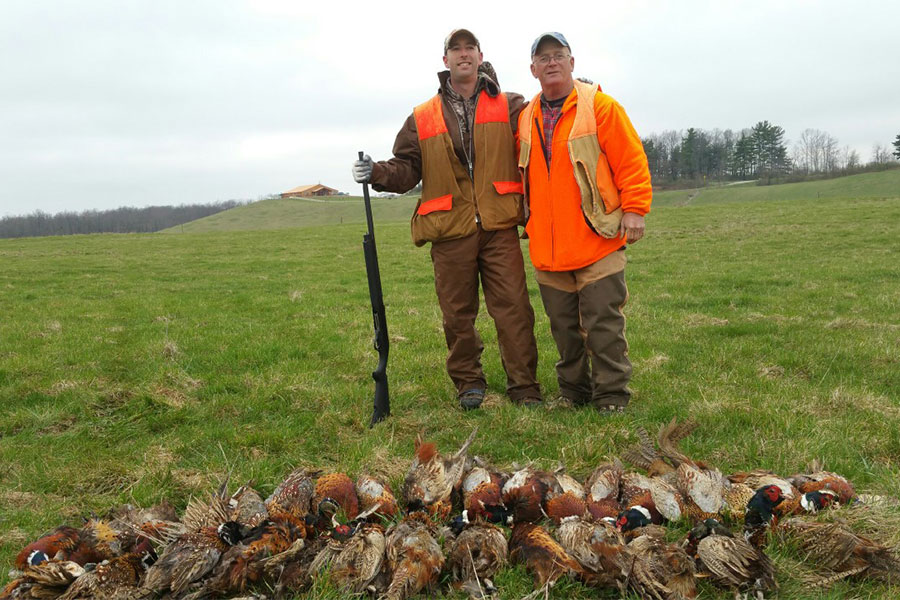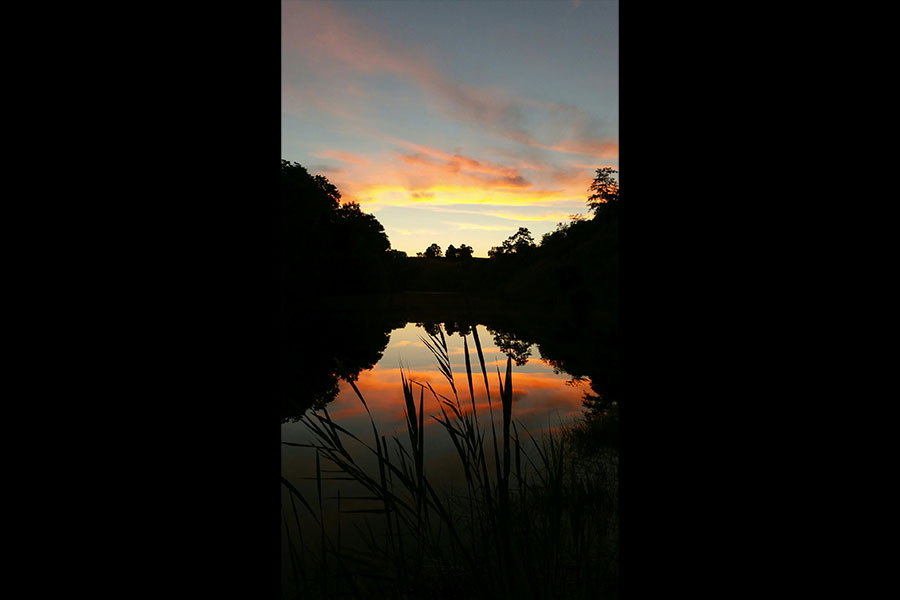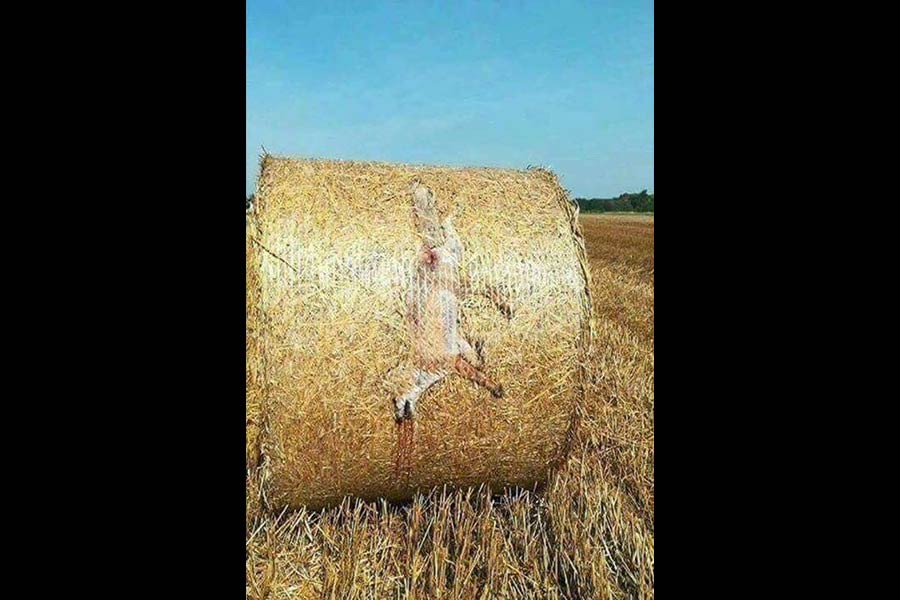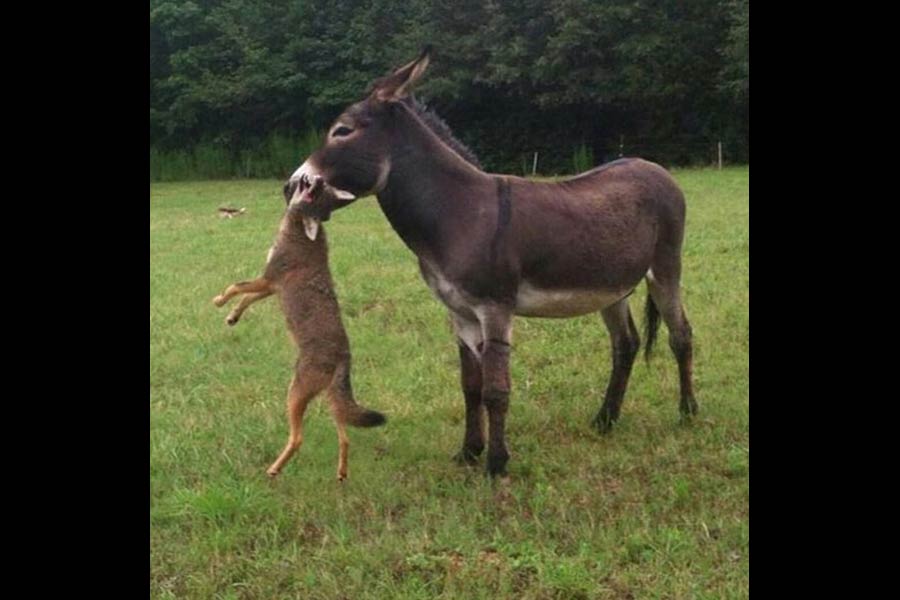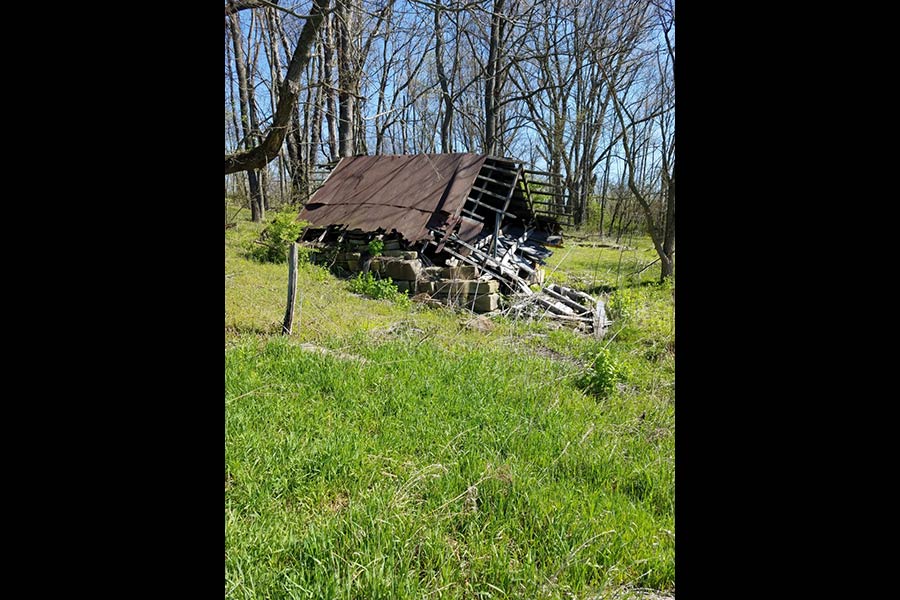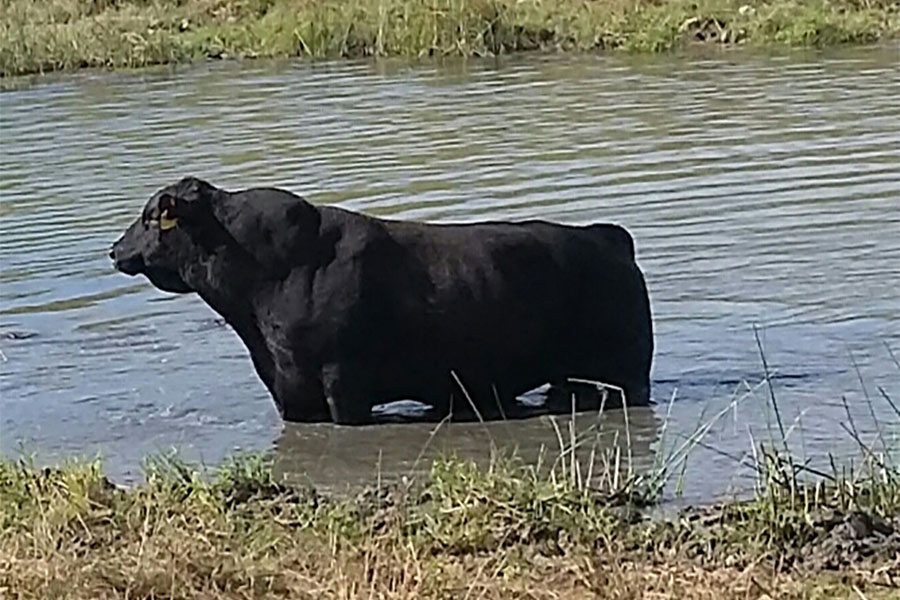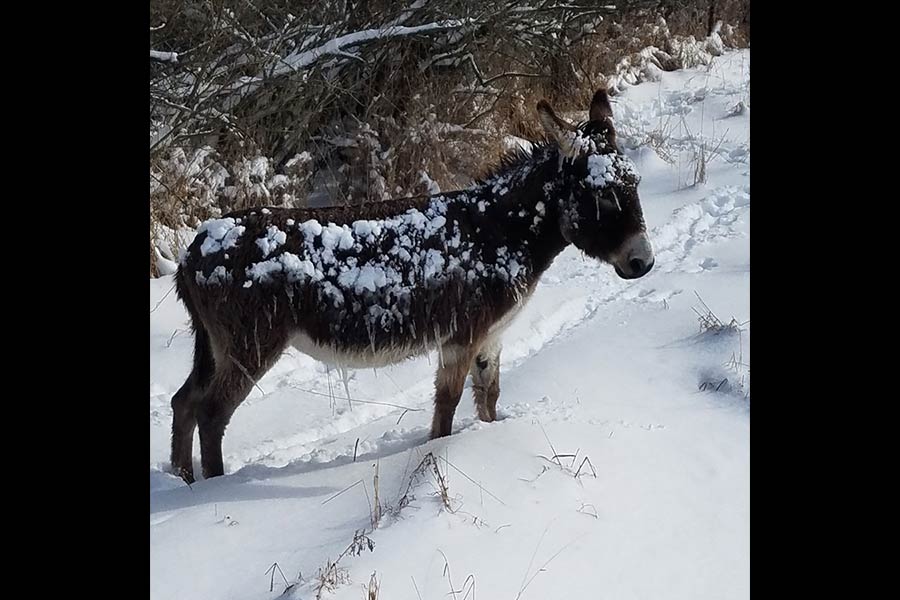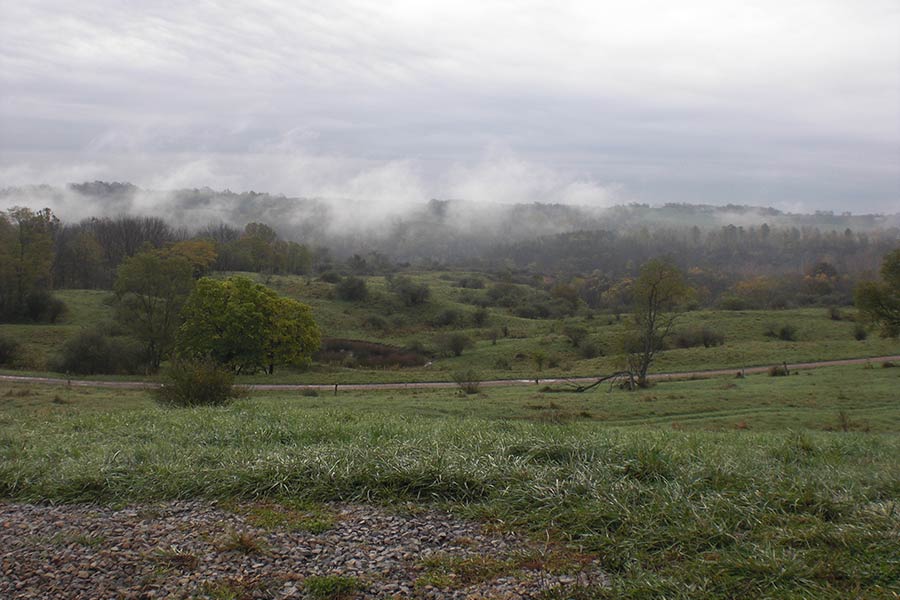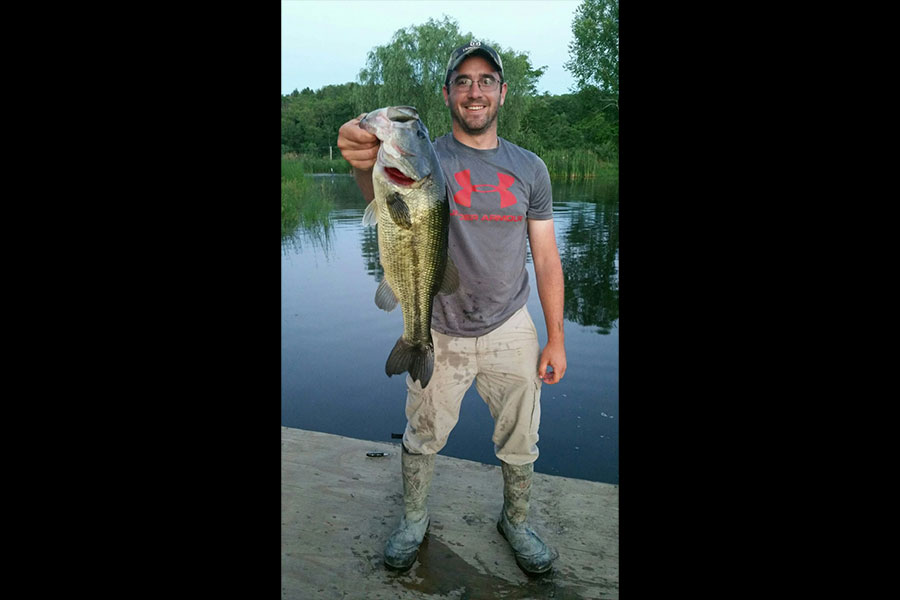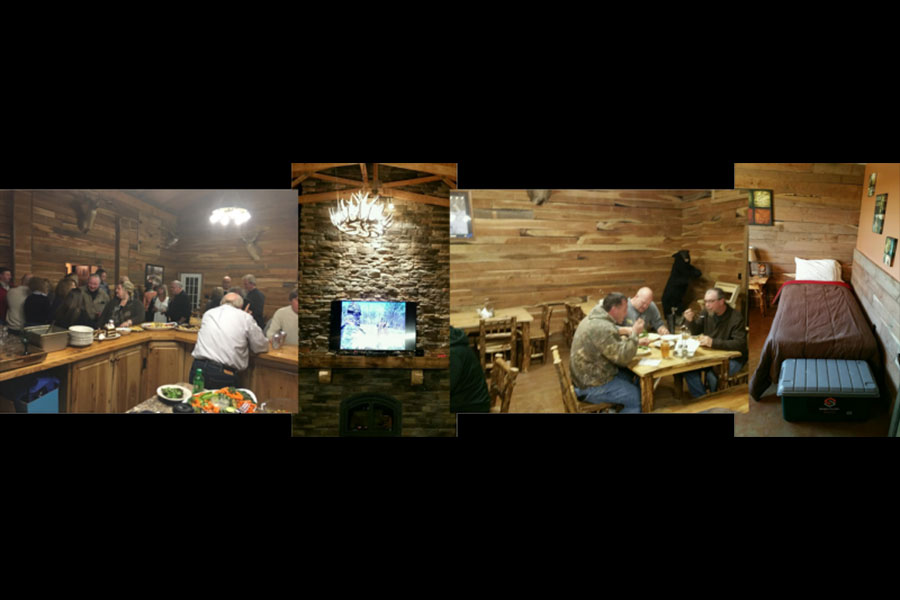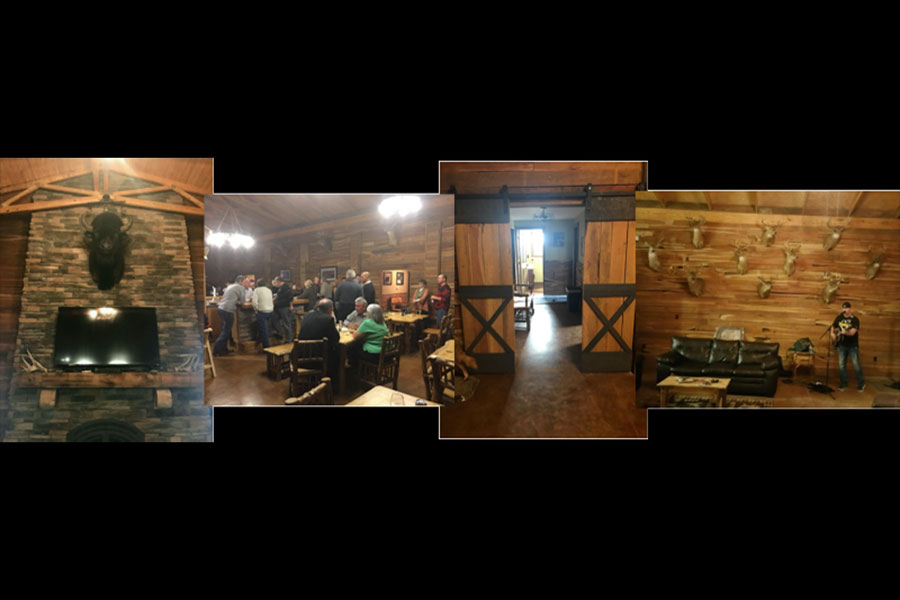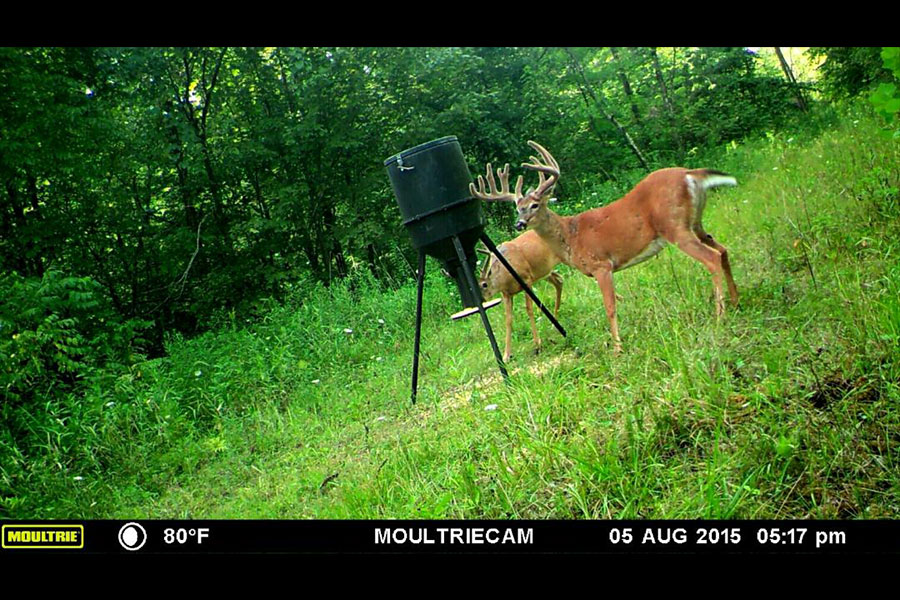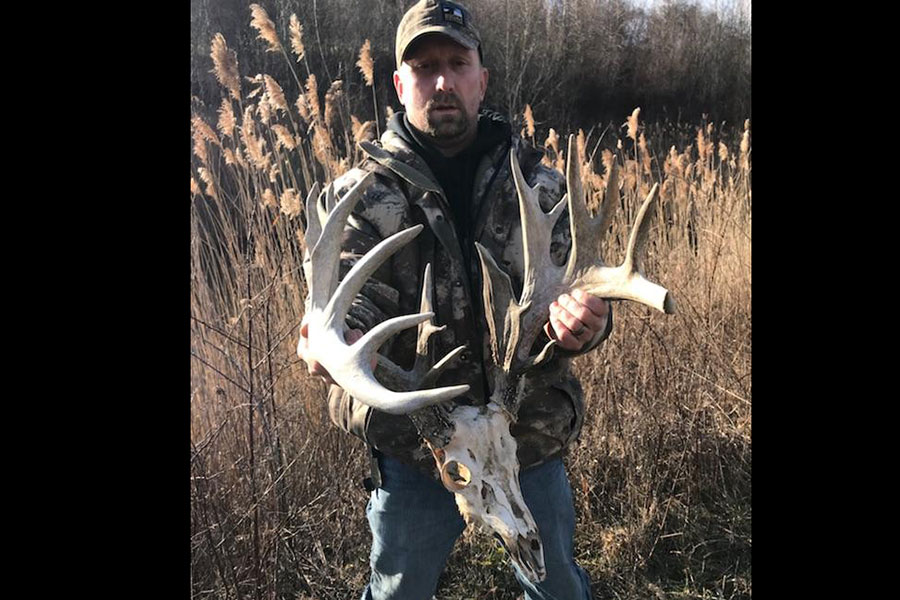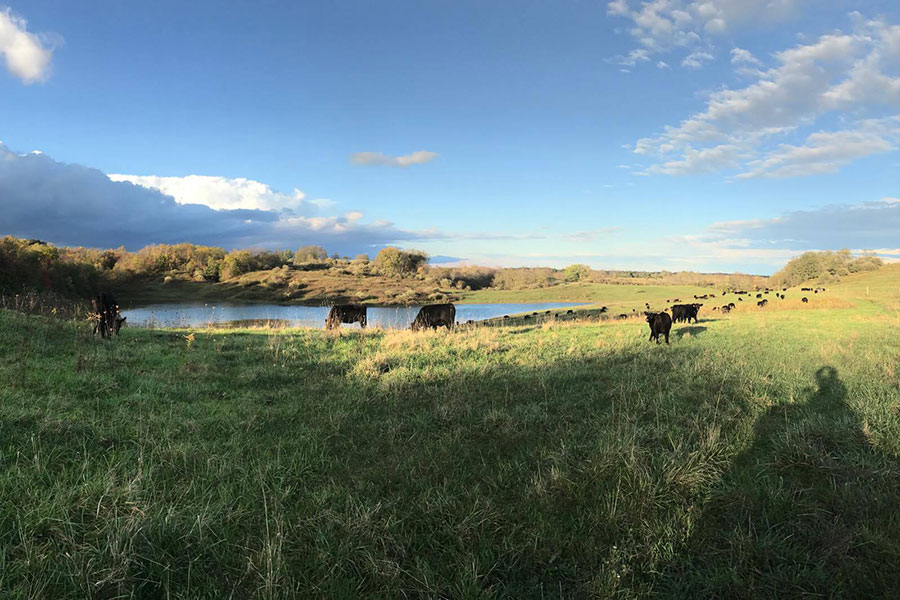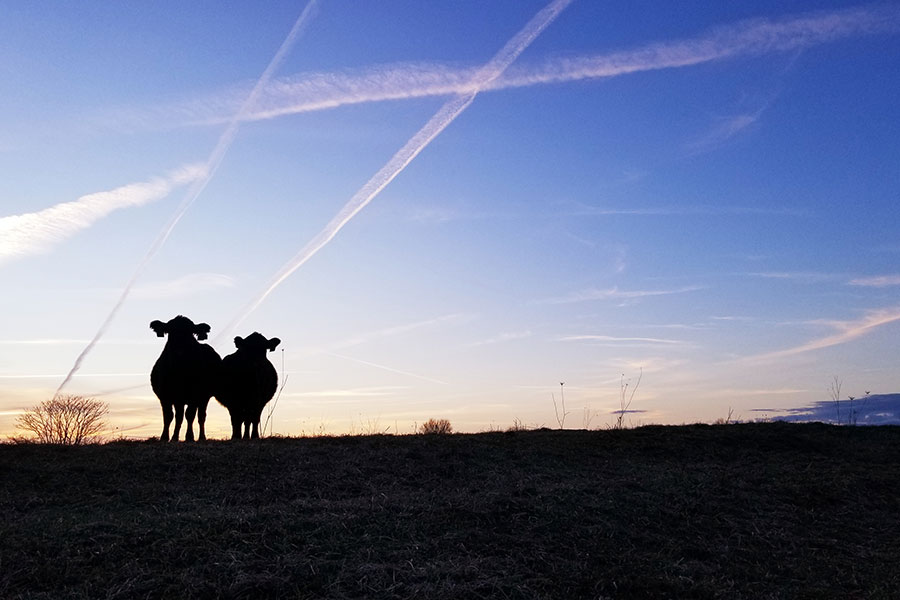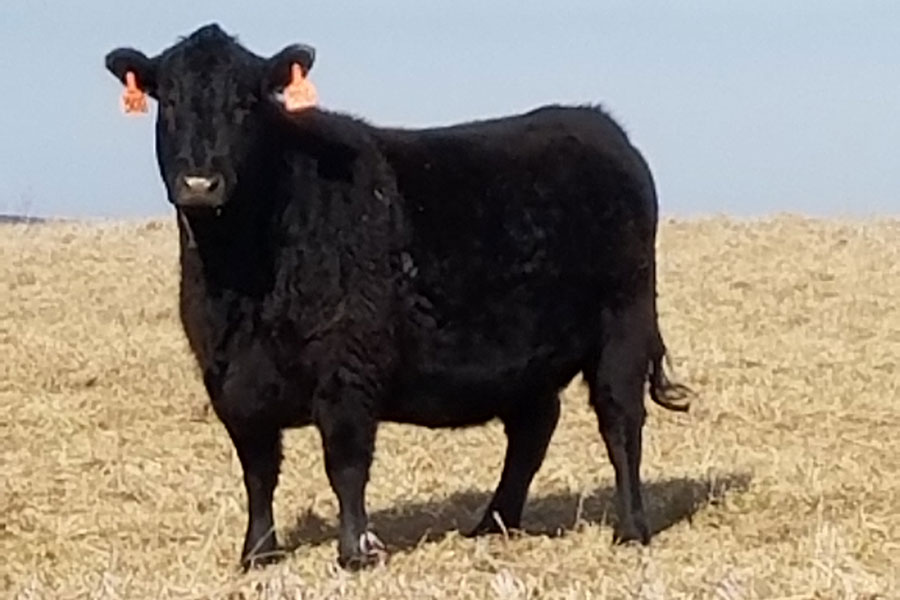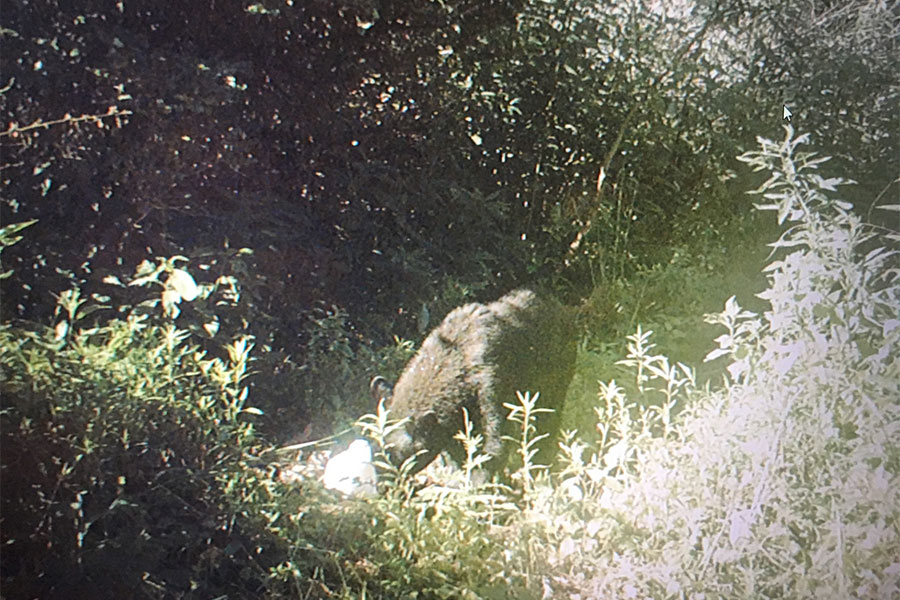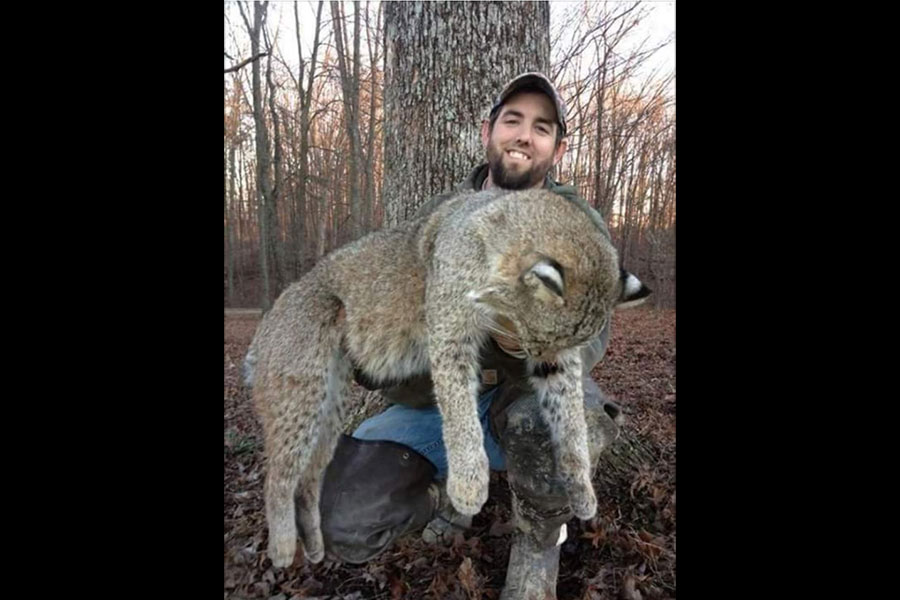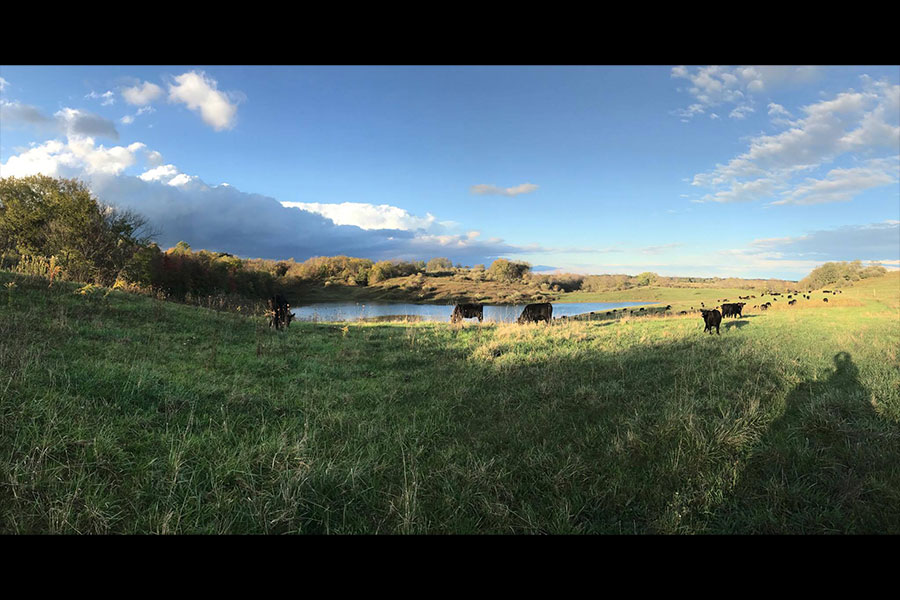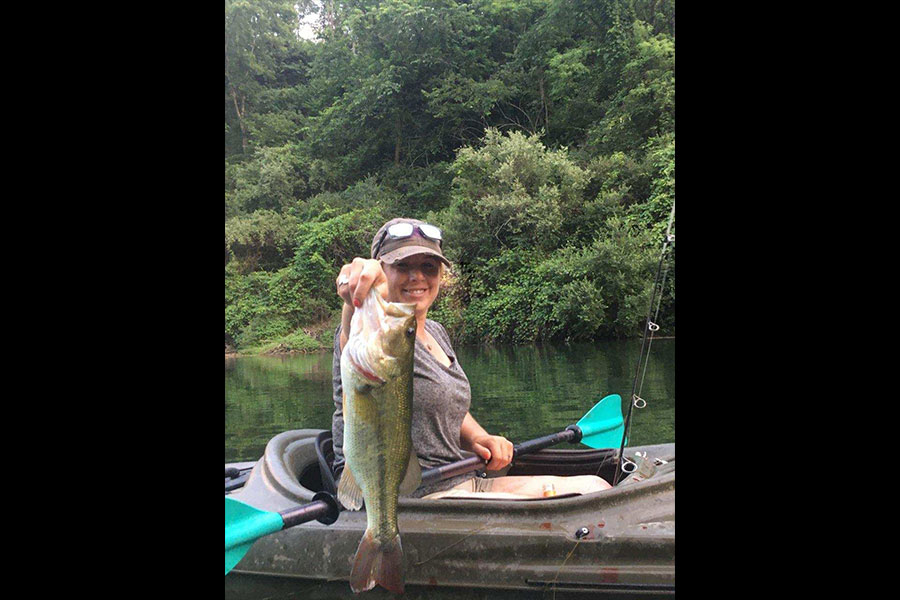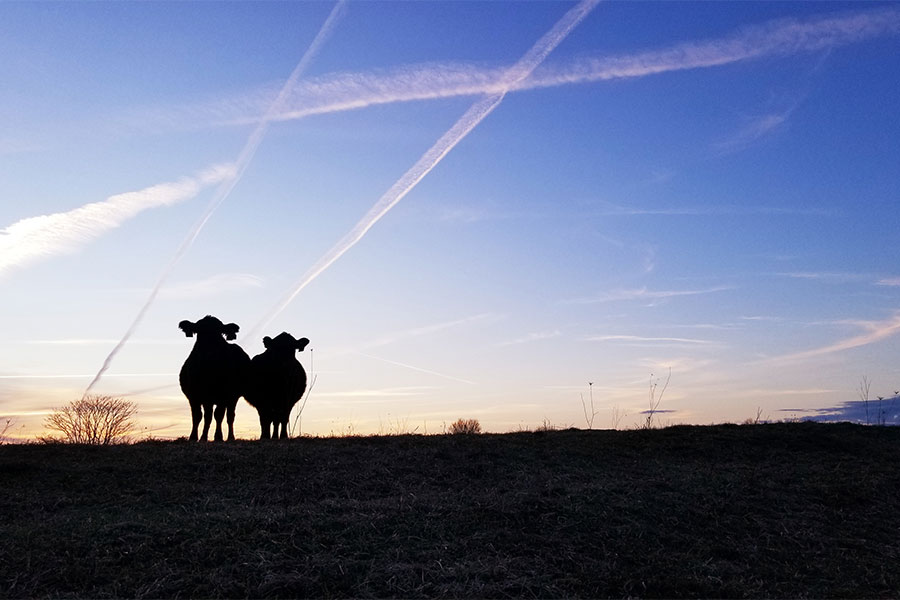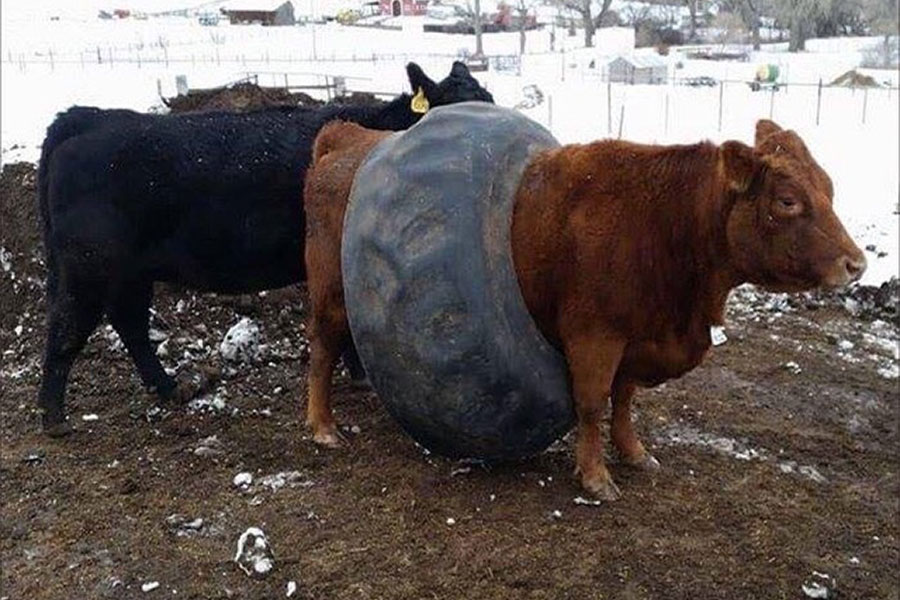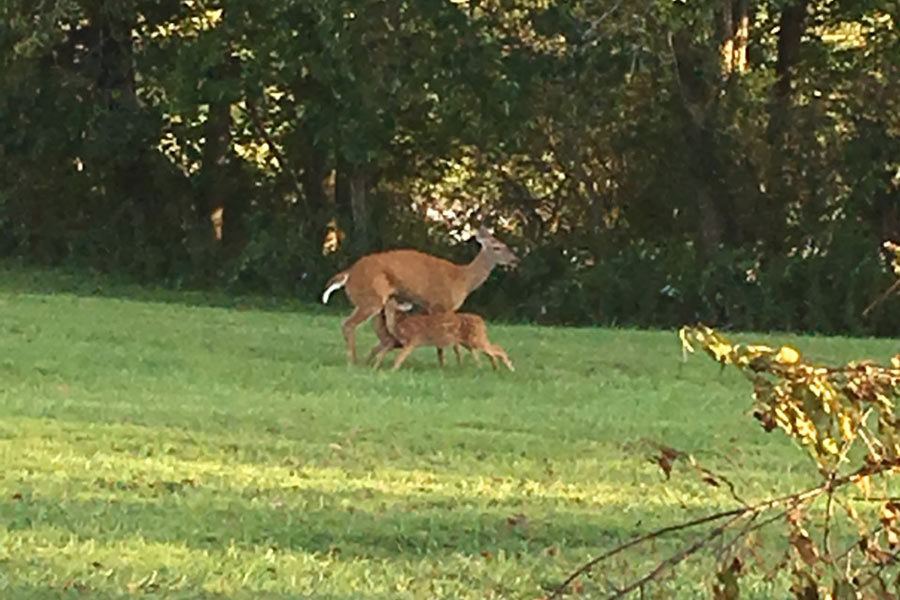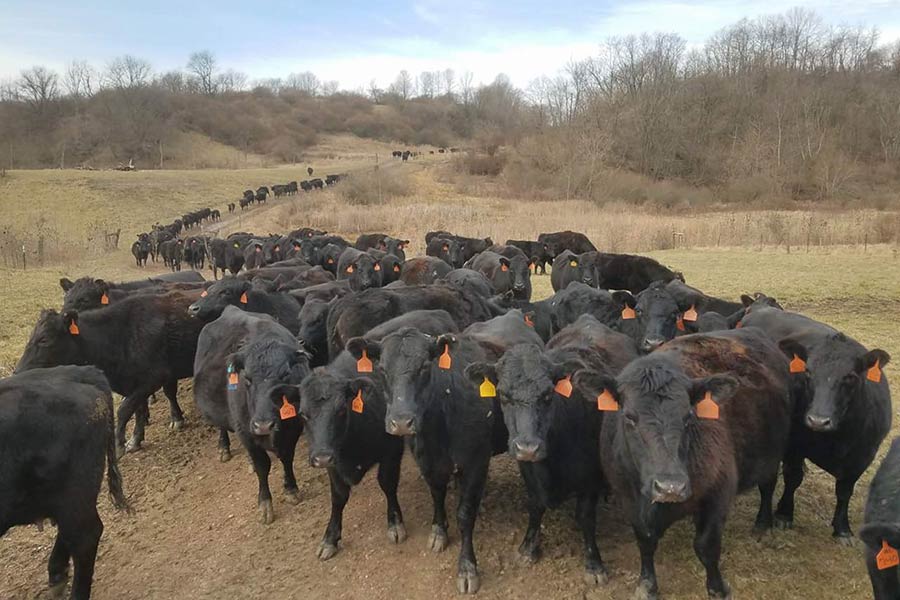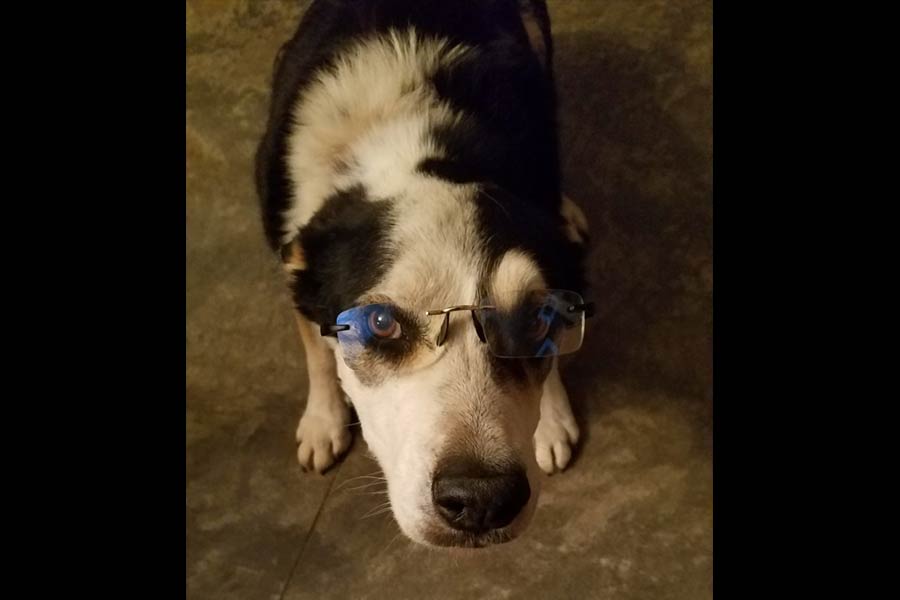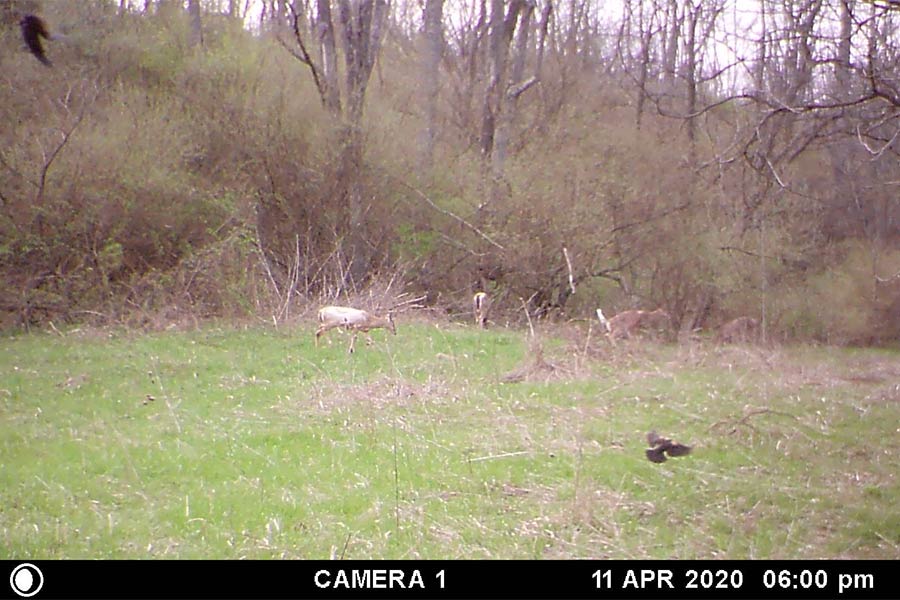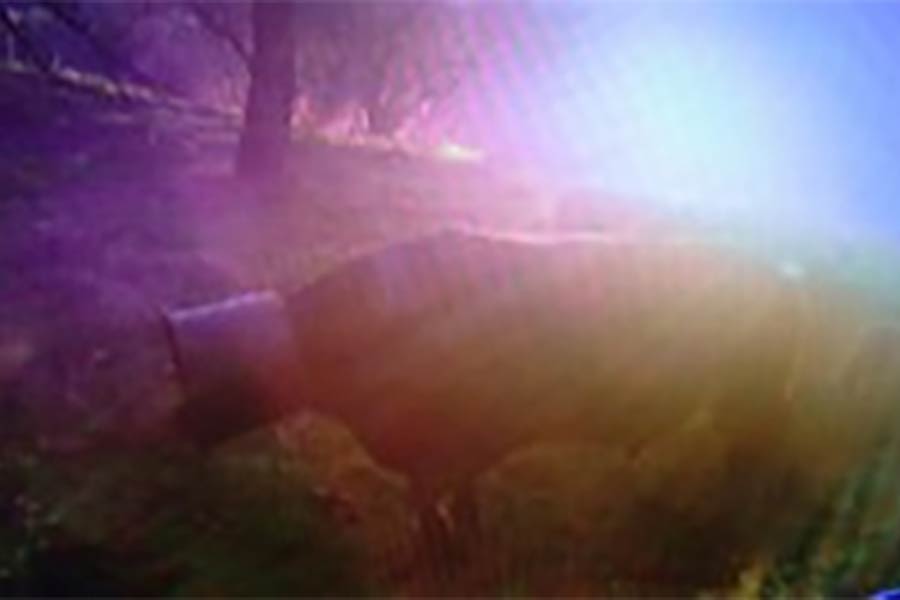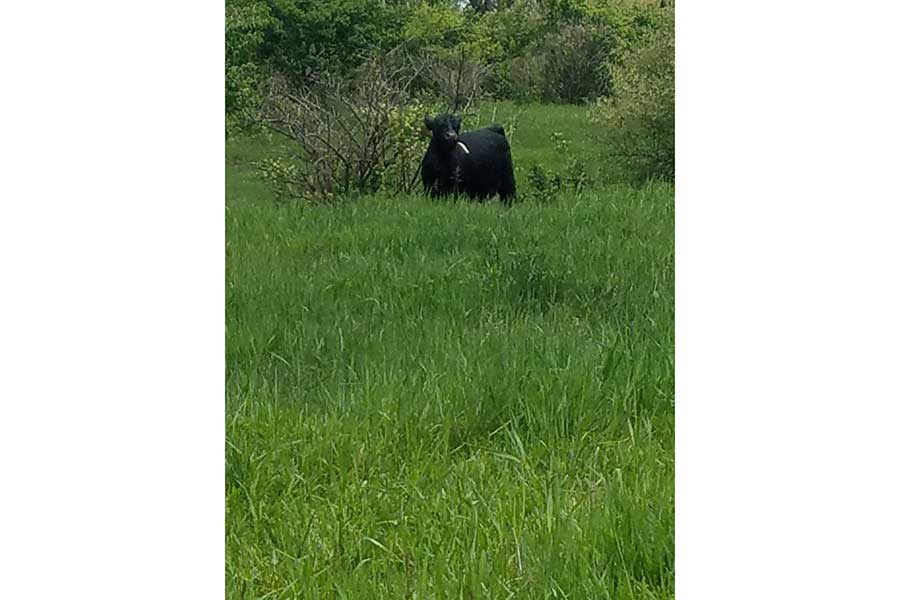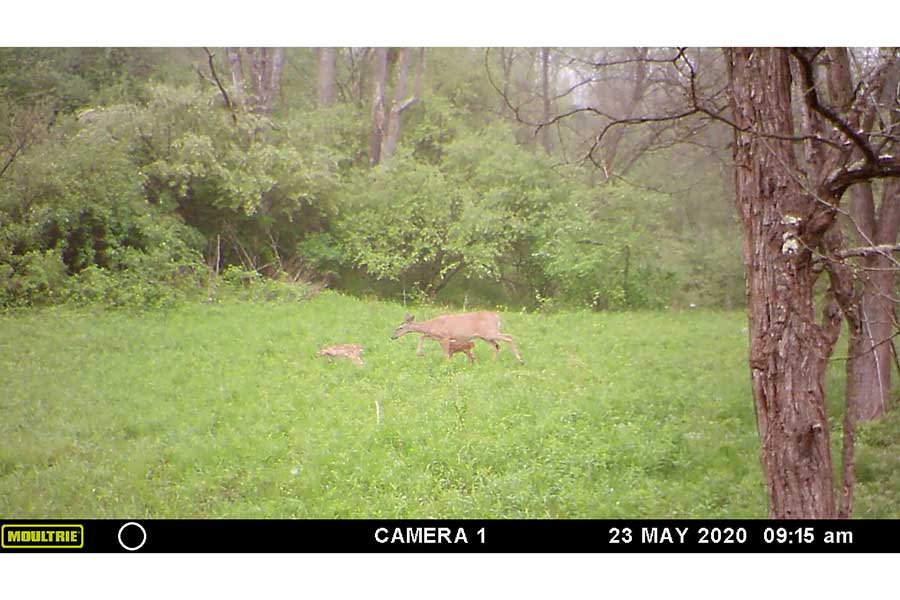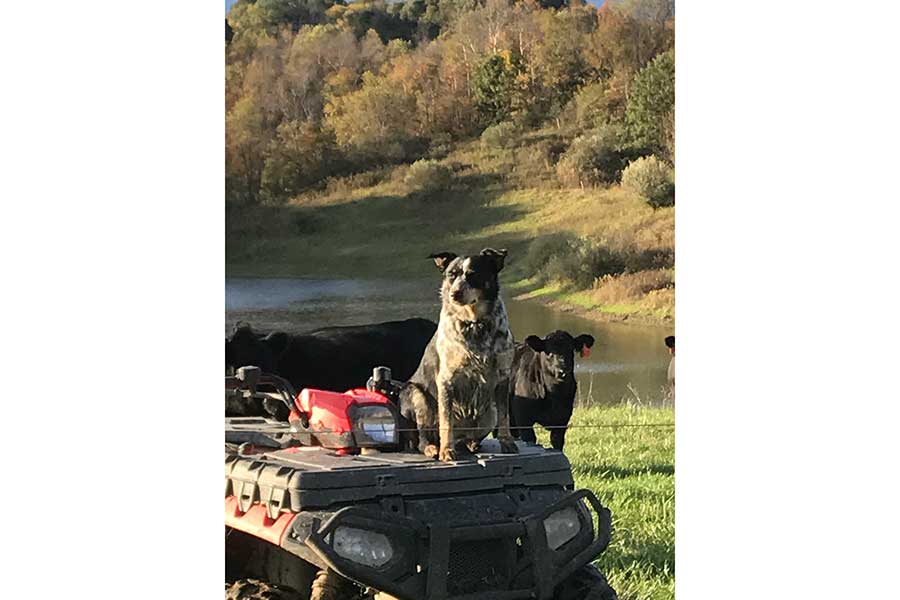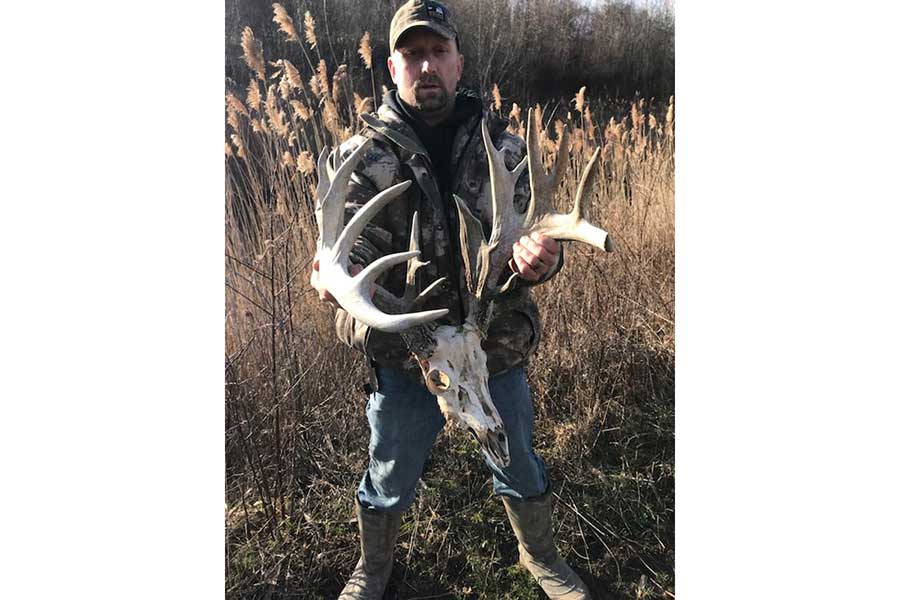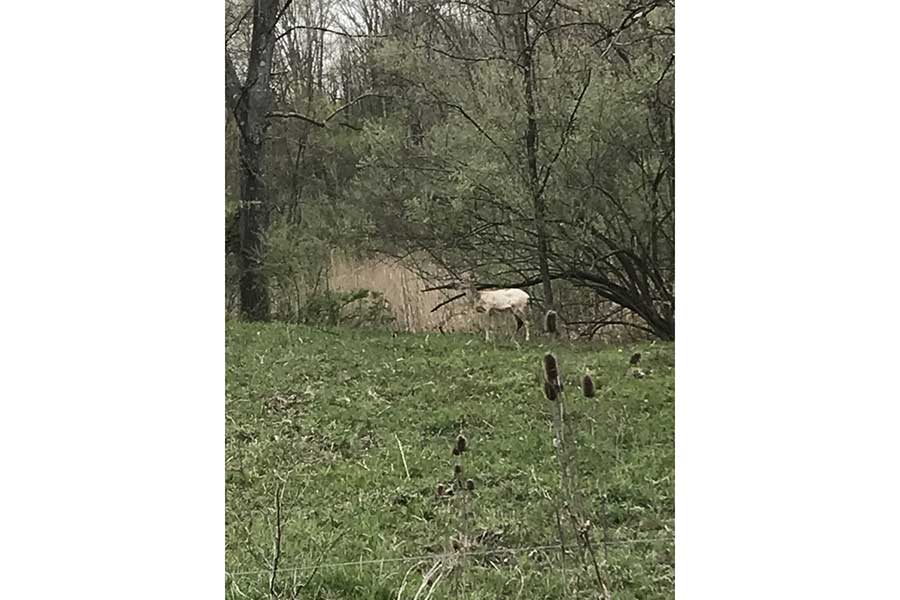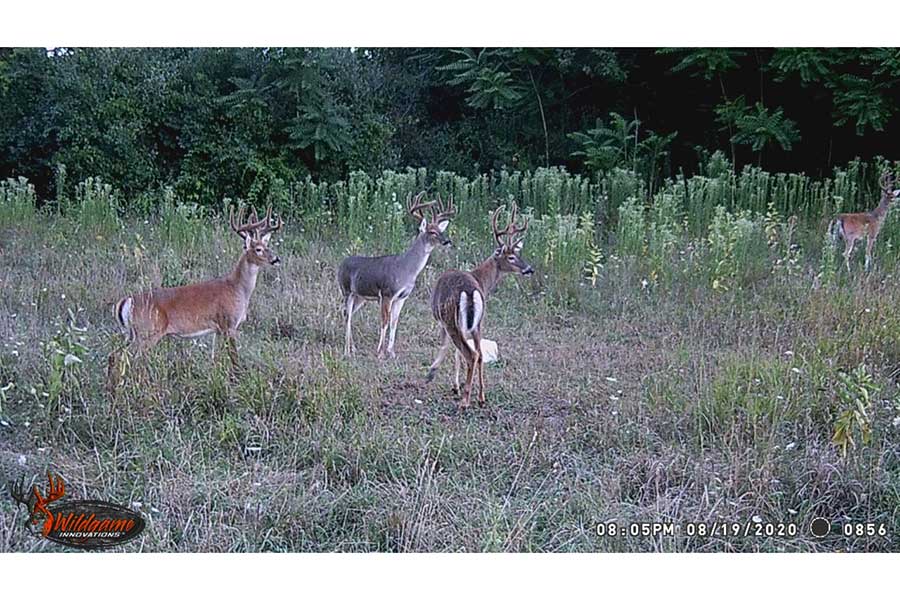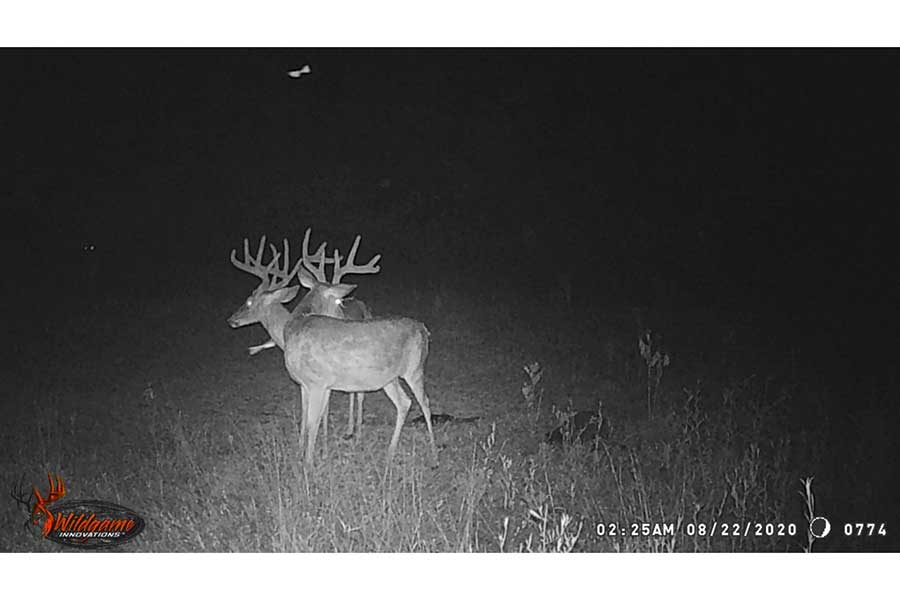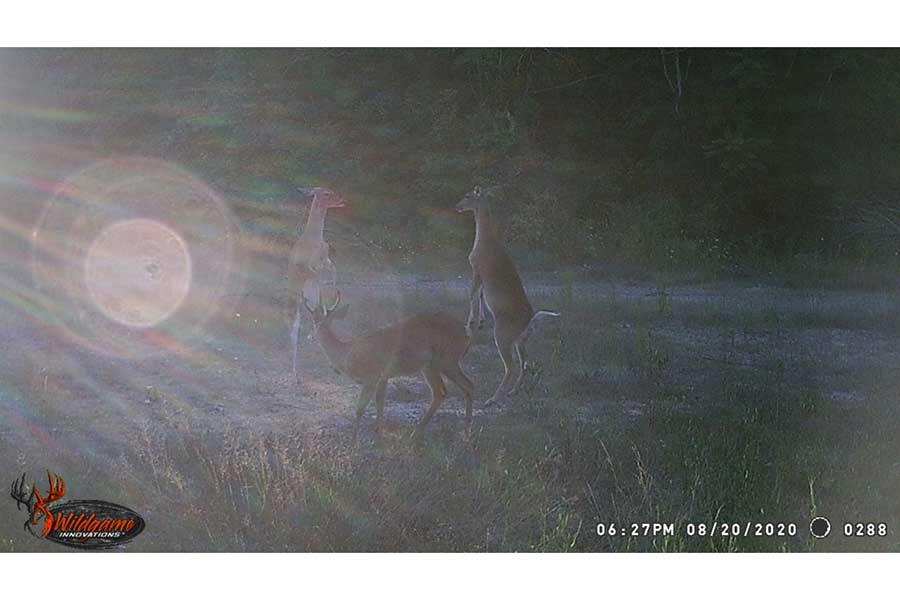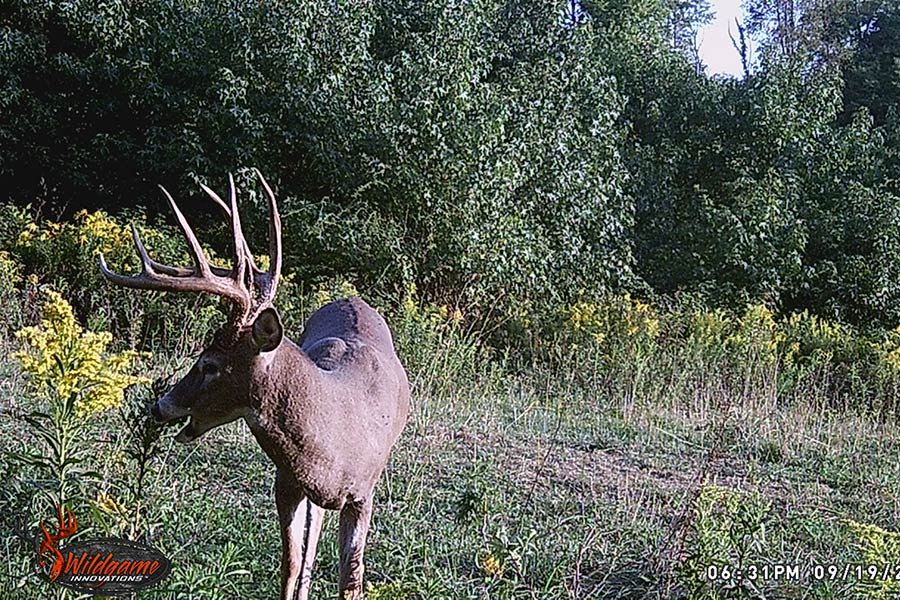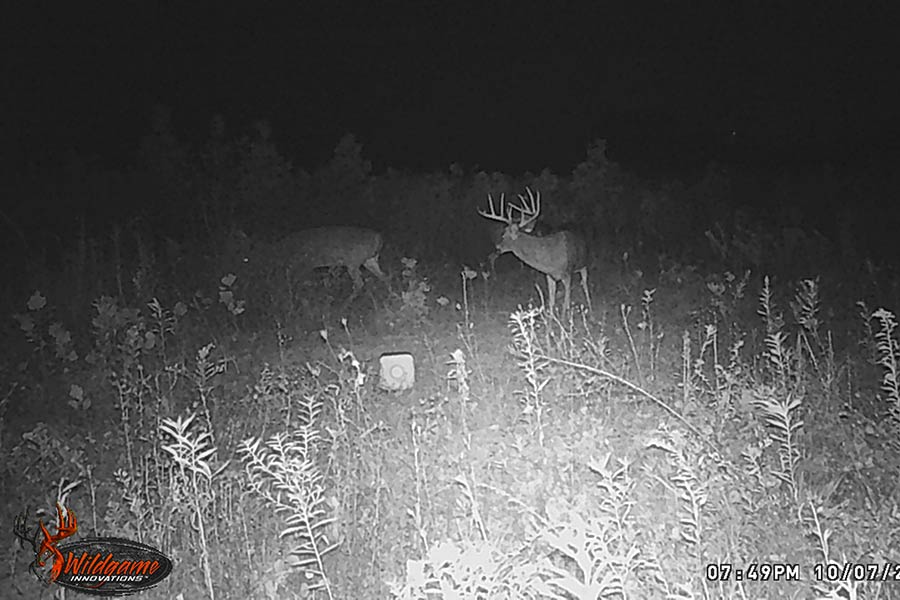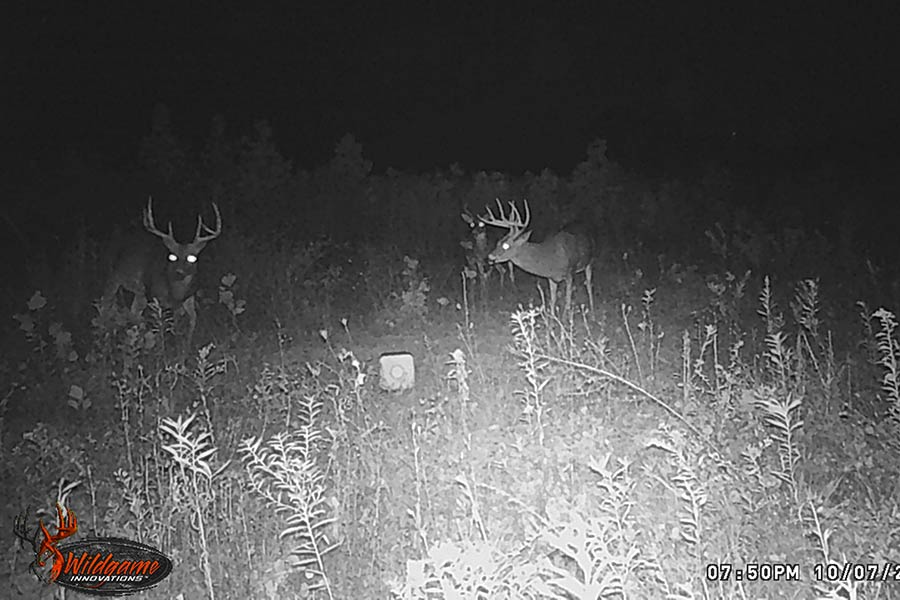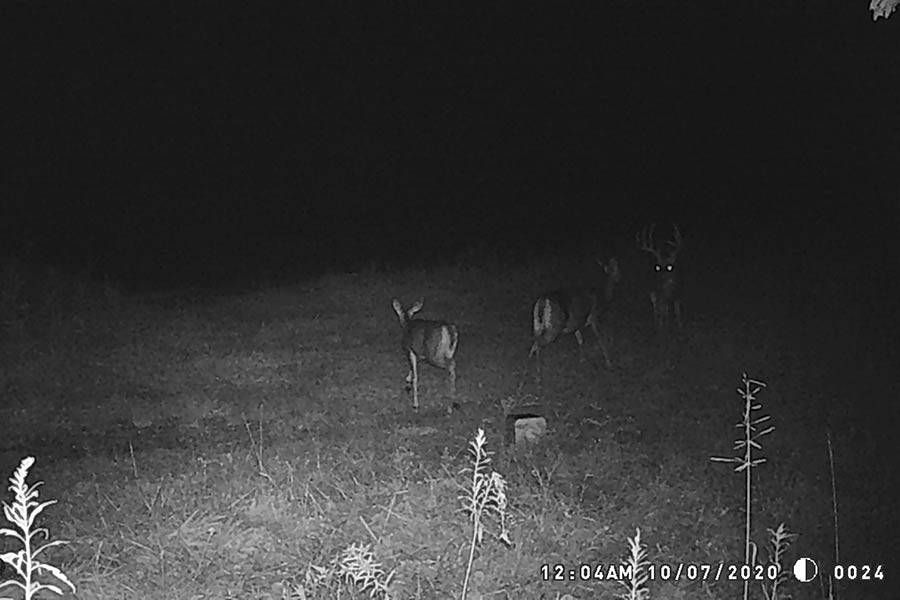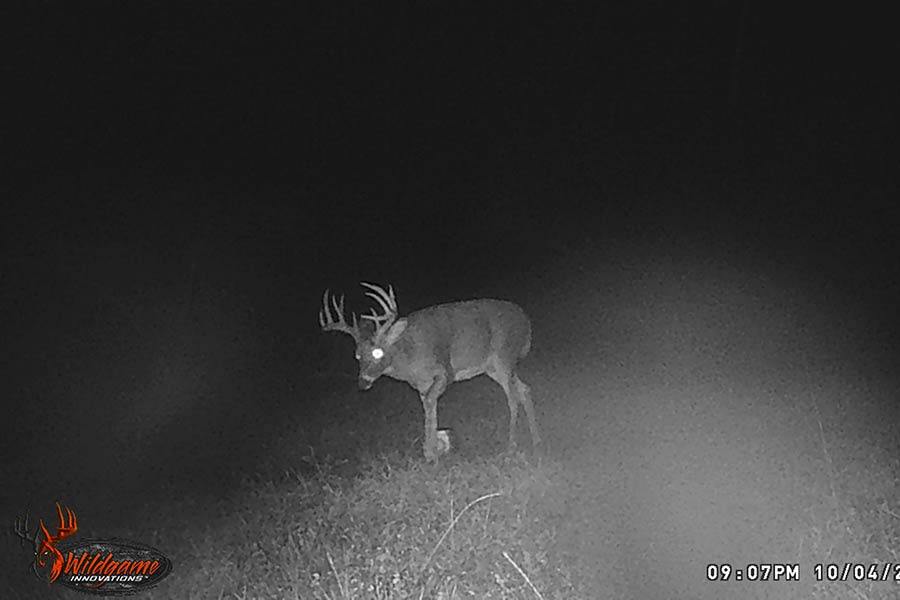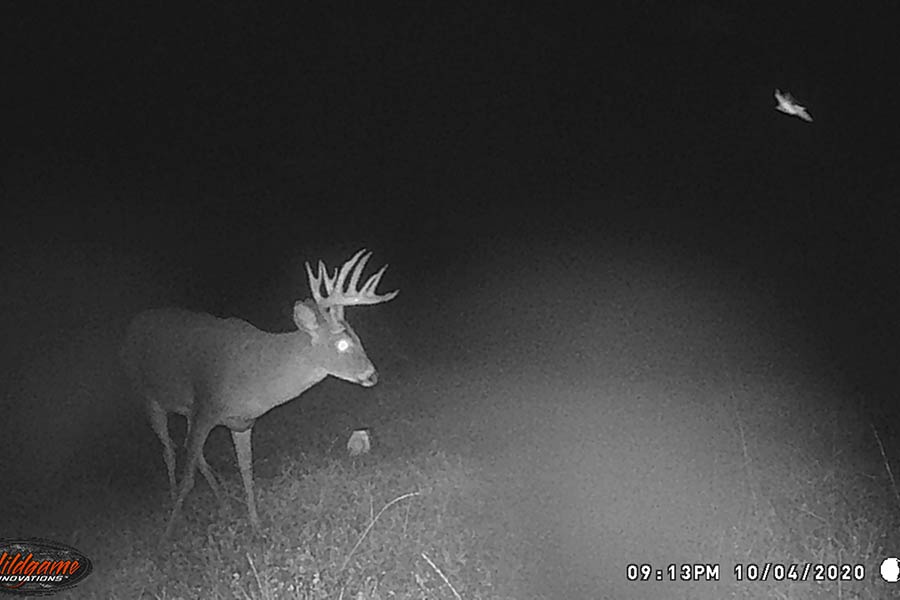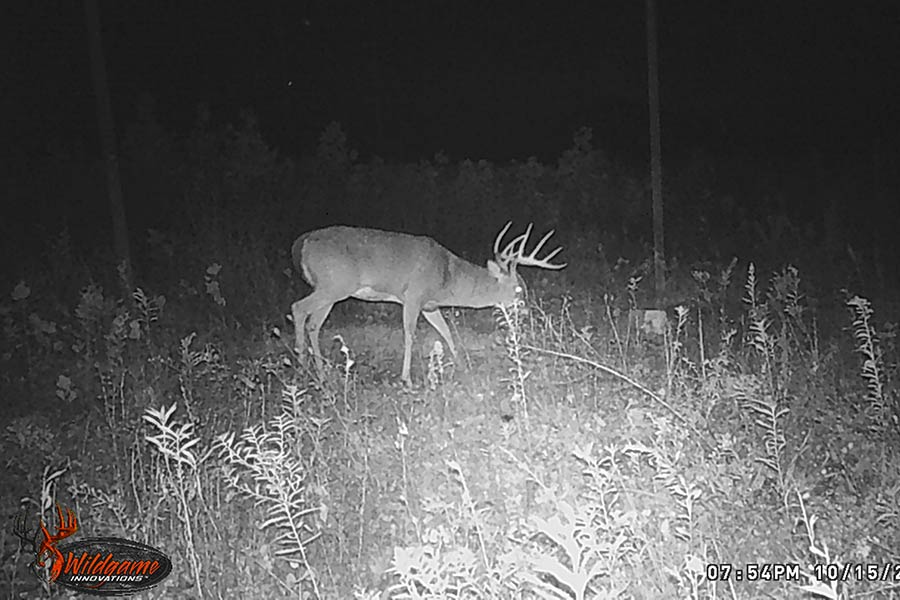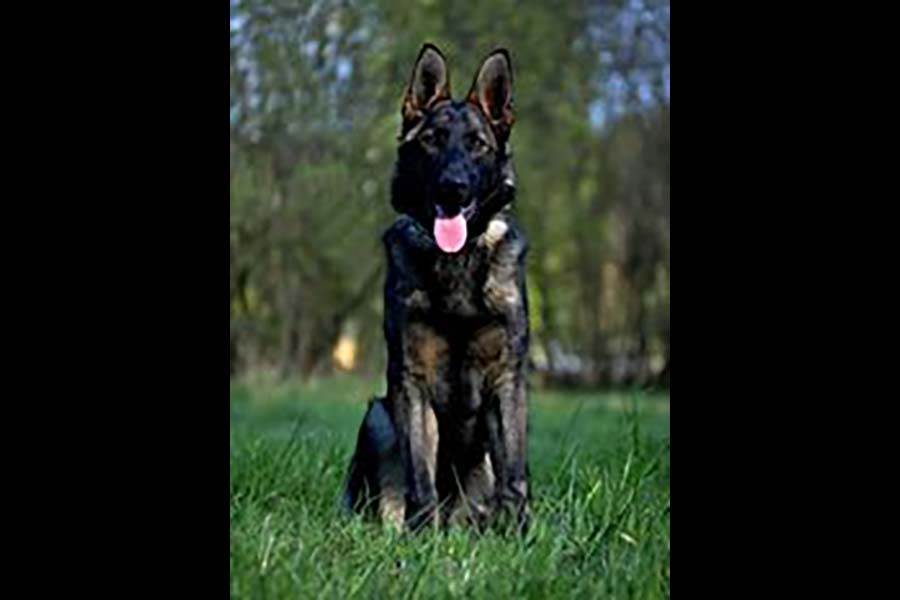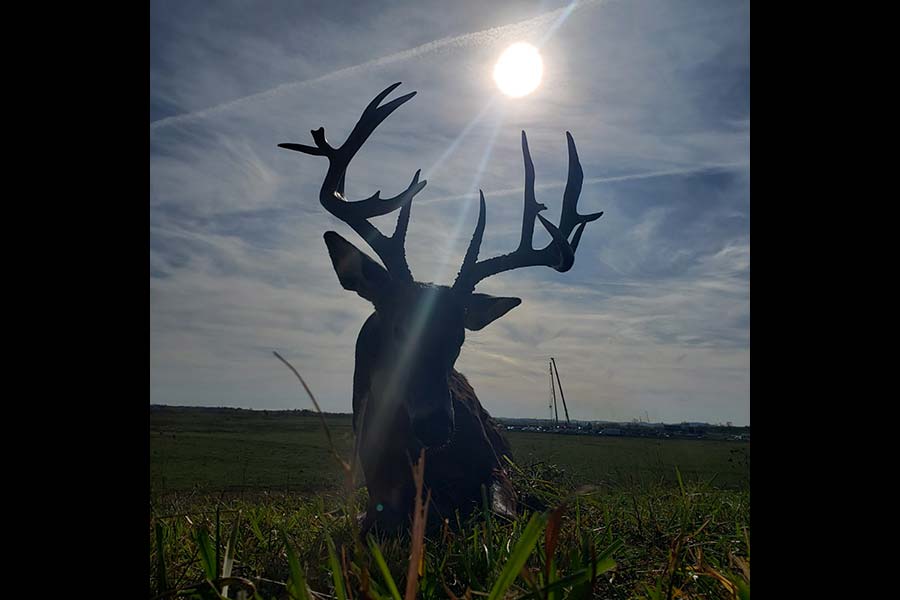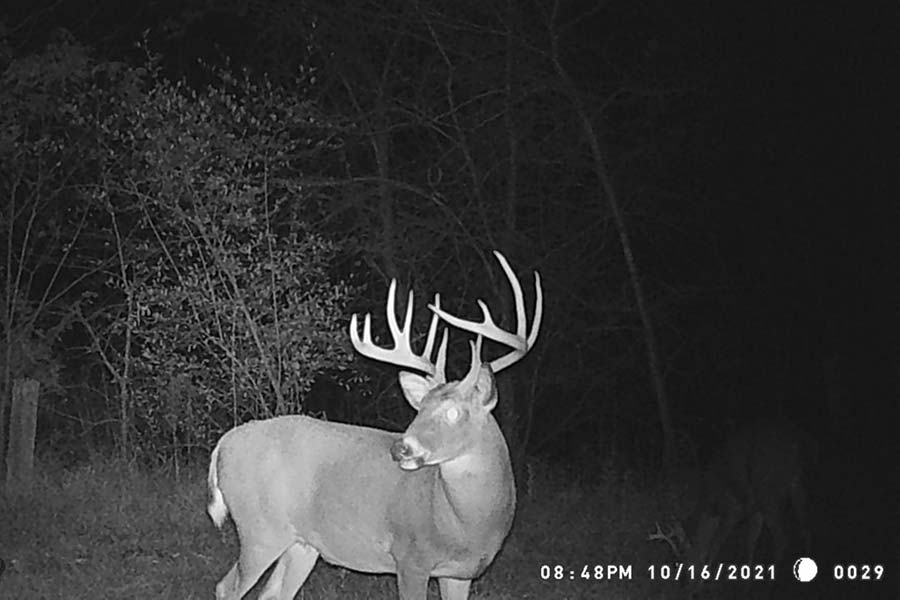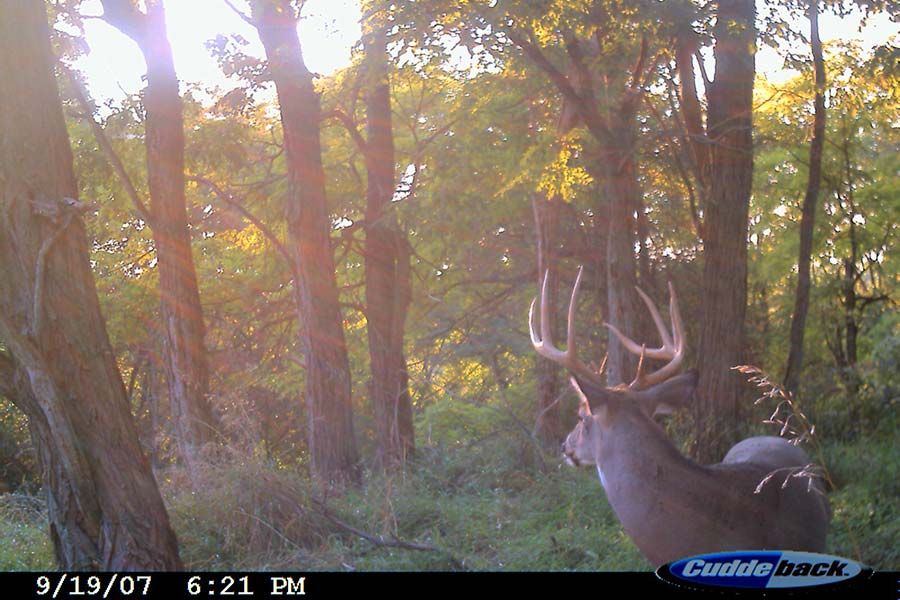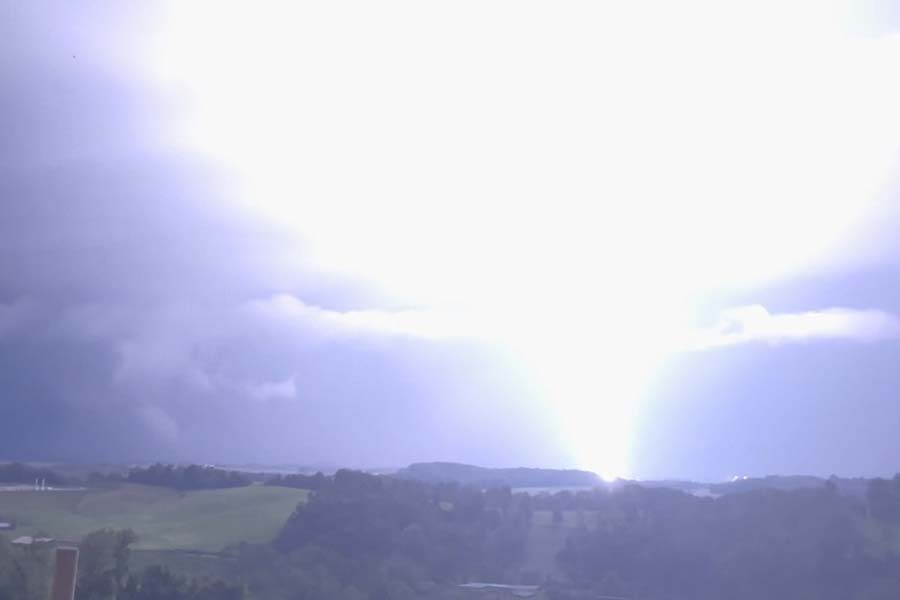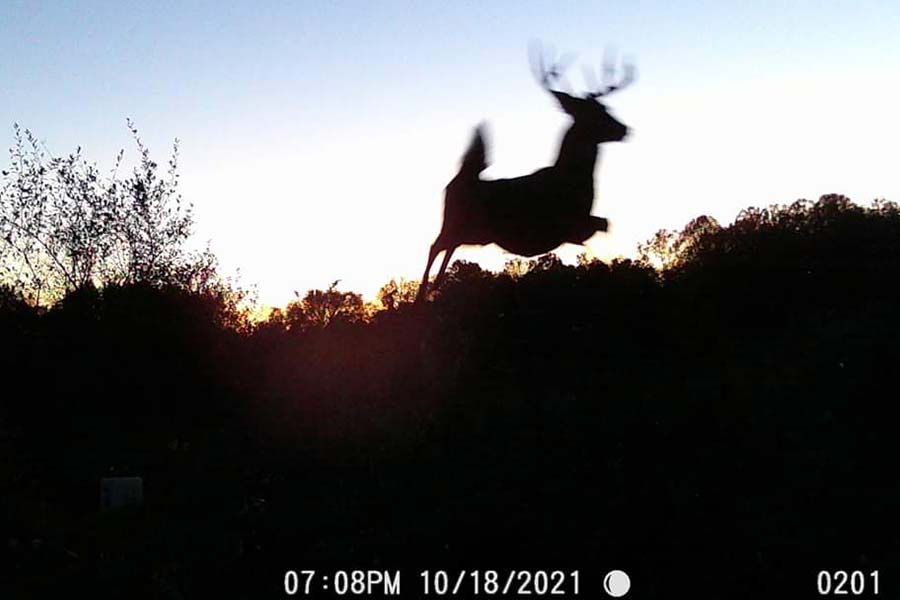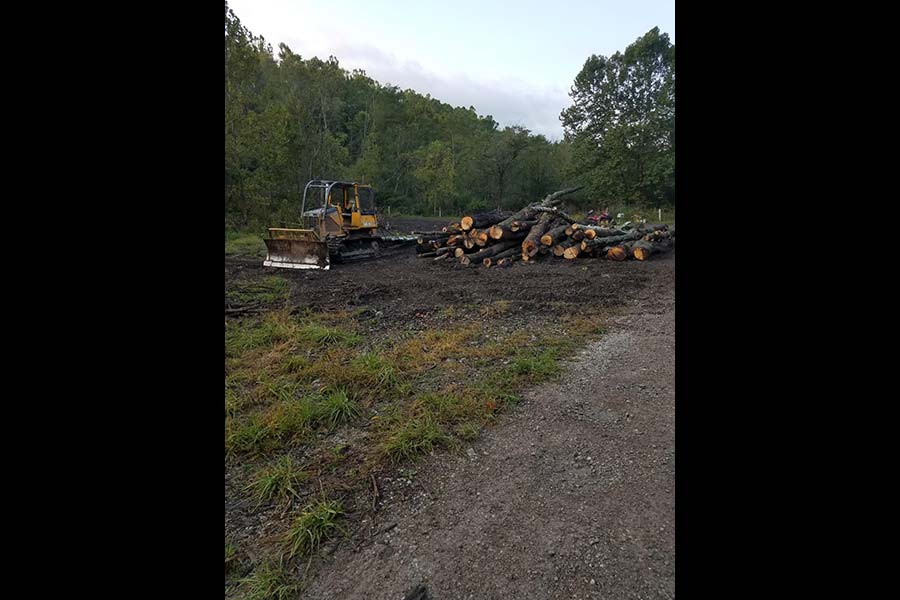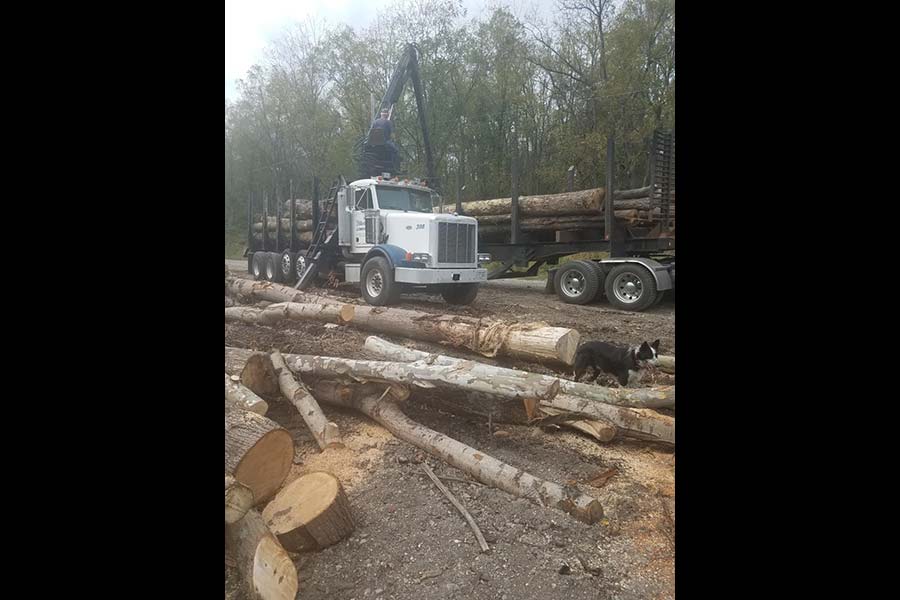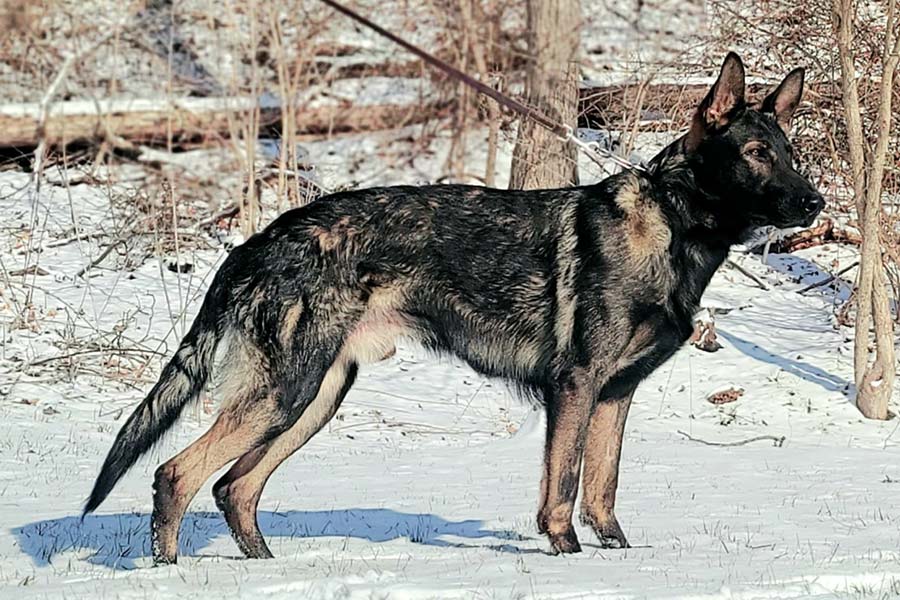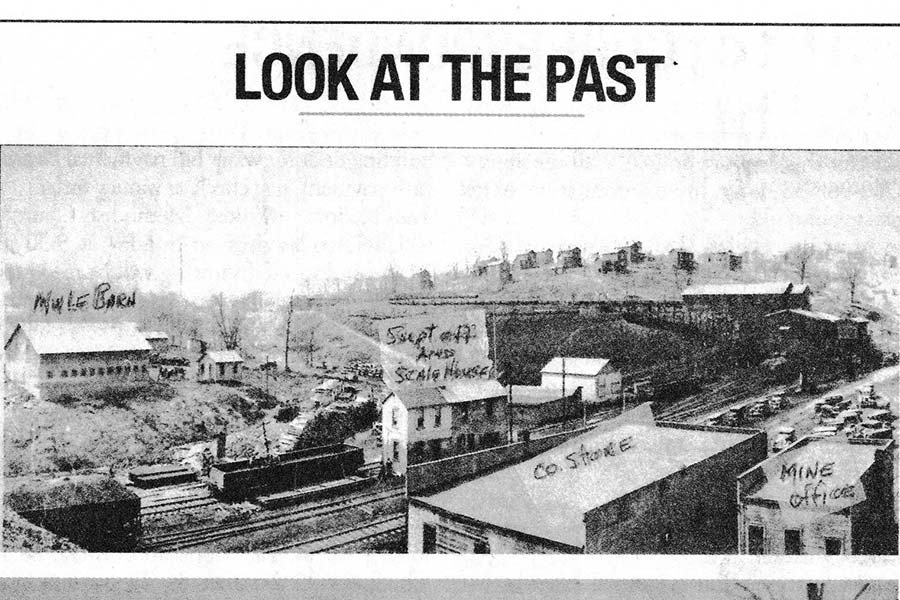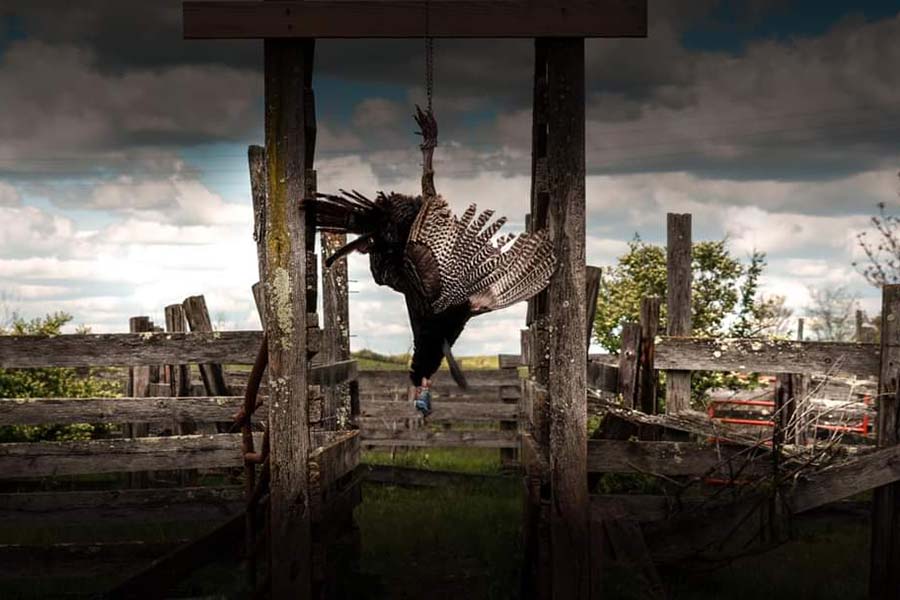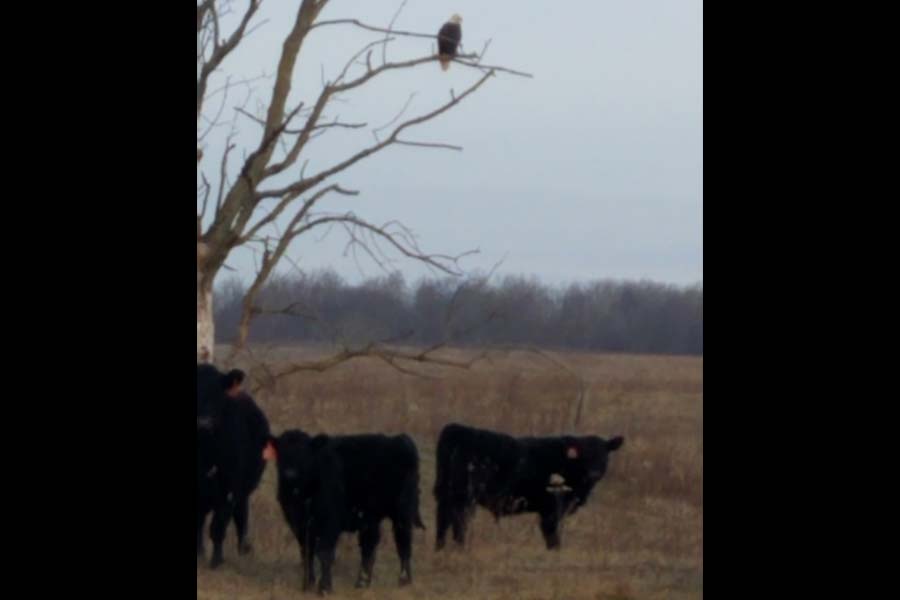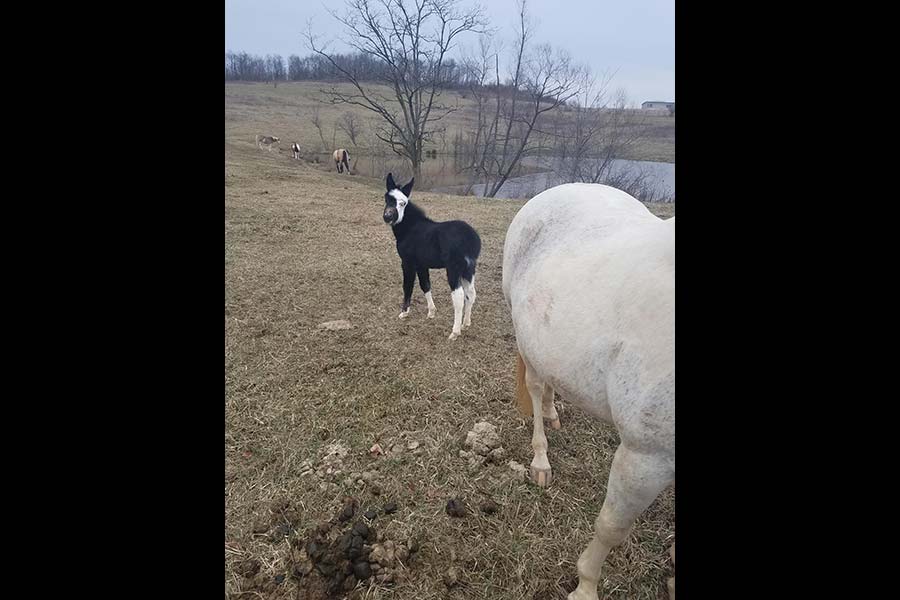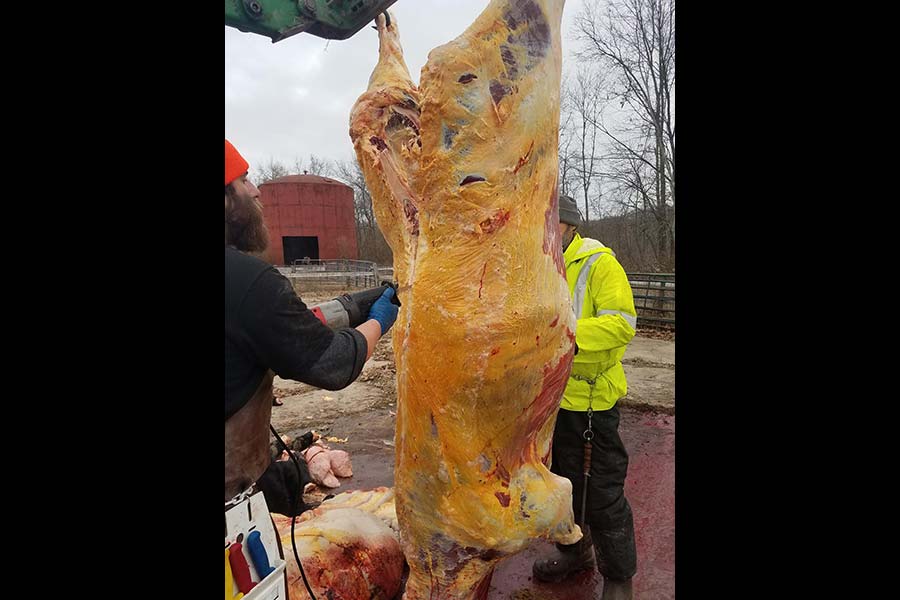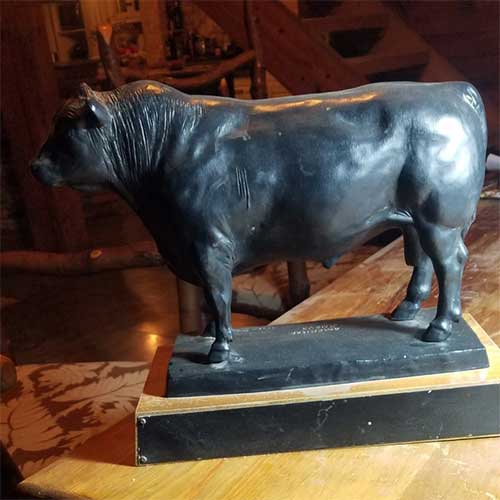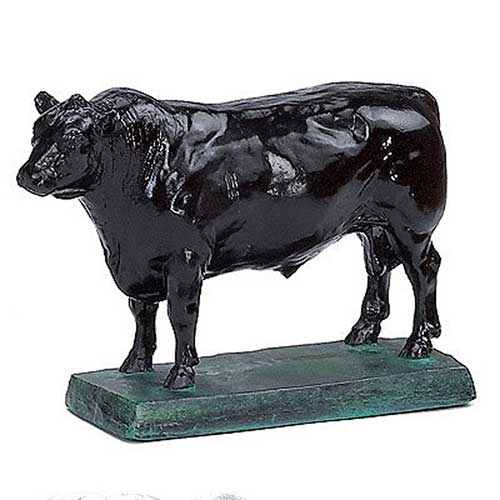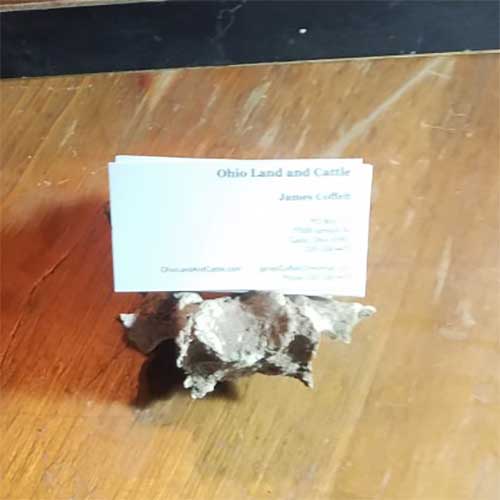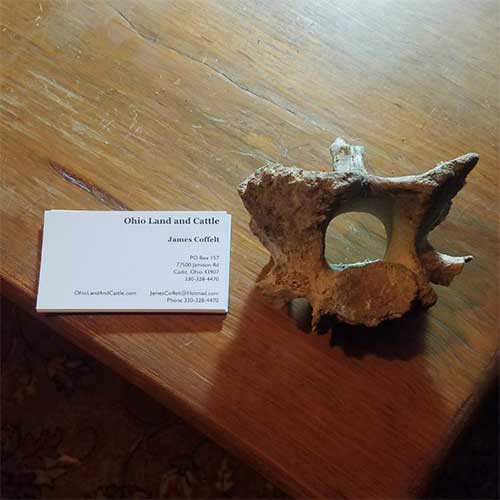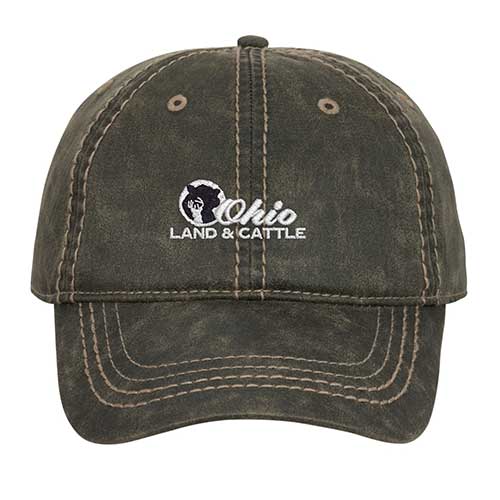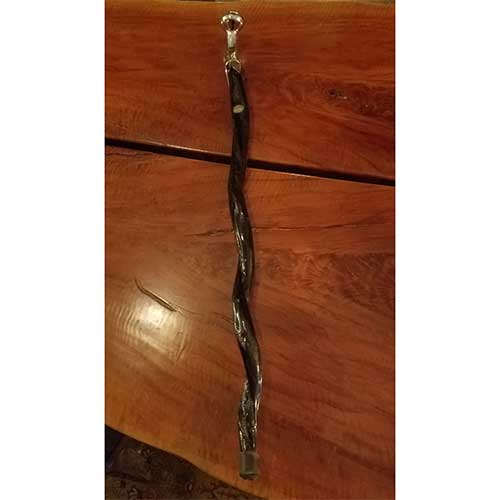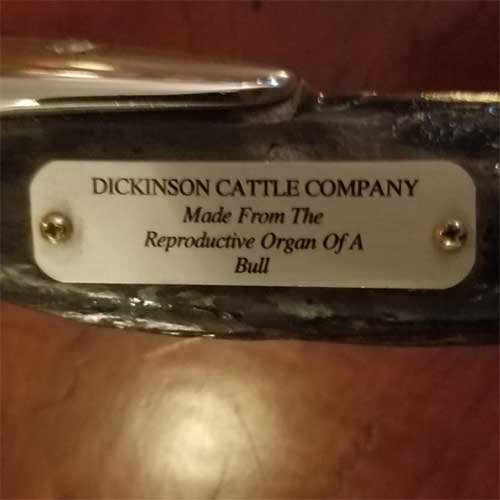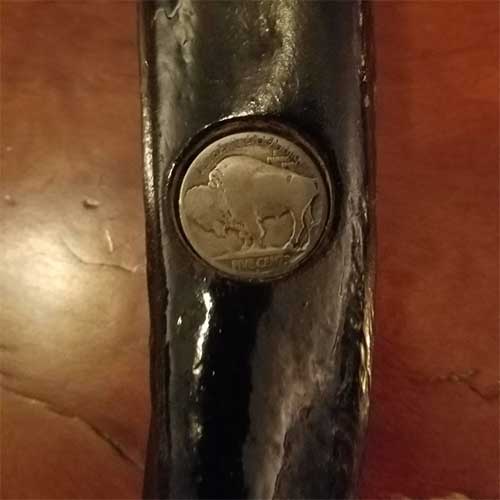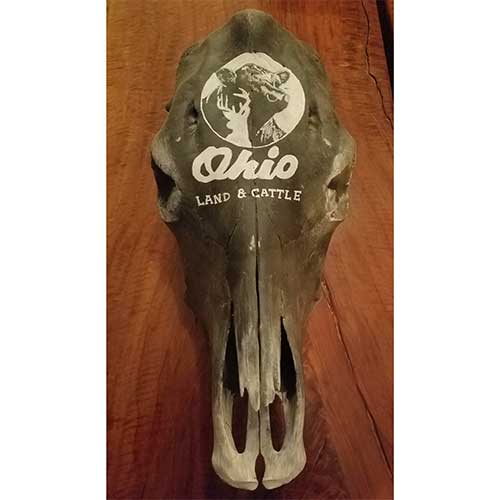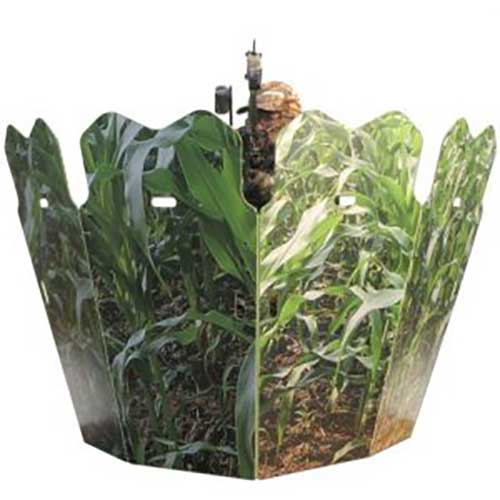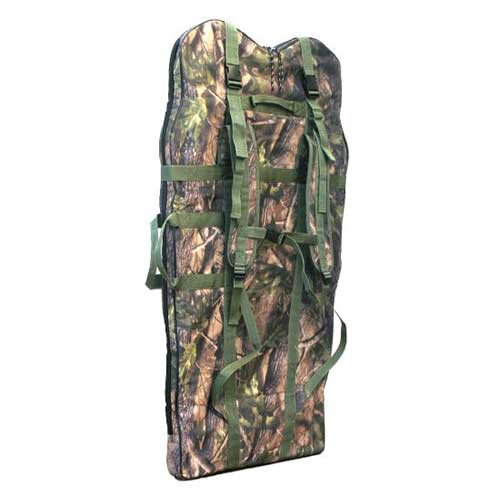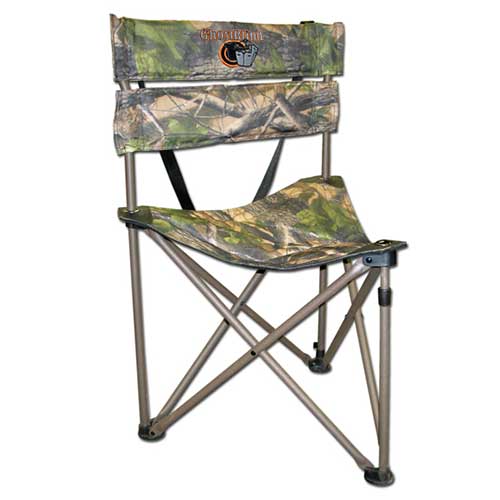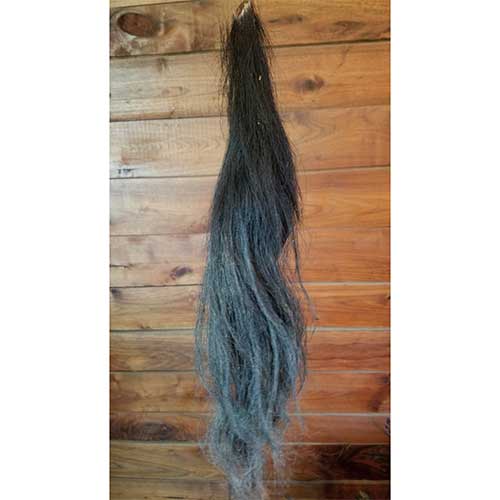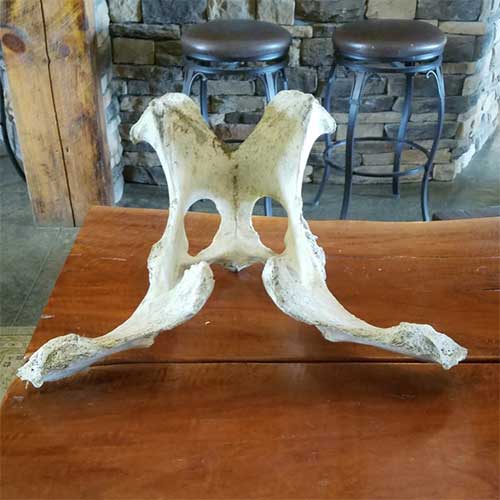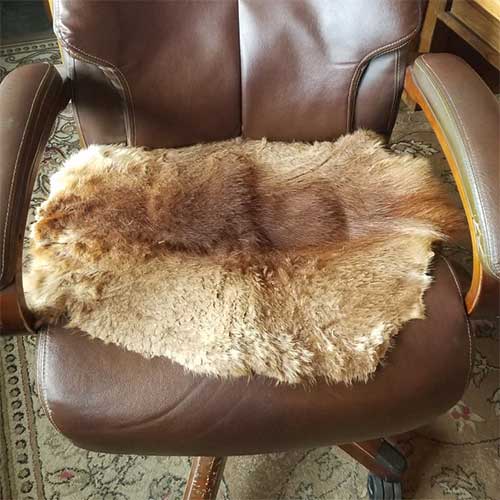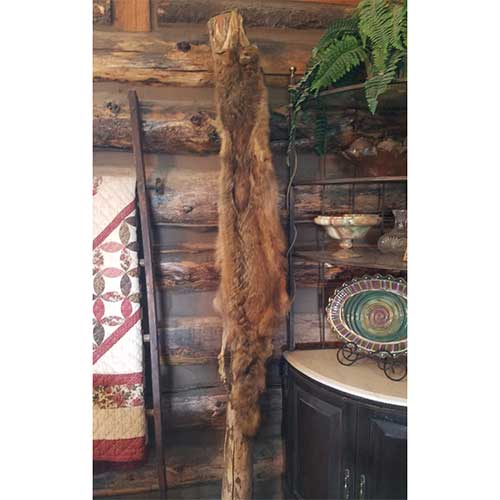
Introduction
Ohio Land and Cattle is located in East Central Ohio, near Cadiz. It consists of 8500 acres.
It is an operating ranch with some 1200 head, thriving year round on the grass. Cattle are registered Black Angus.
Registered Black Angus
Bulls & Females - Low Input

View Ad
Herd Sires
Herd Sires are selected from the very top of large peer groups of 200-500 bulls.
They are selected for a combination of calving ease, masculinity, muscling, structure, fleshing ability, hair coat, growth, and disposition.
Genetics
The largest, outside genetic influences are from Pinebank (New Zealand), Olde Cattle Company, Wye, and Pharo. The genetic program is very simple. We buy and develop the very best bulls, capable of reproducing cows that thrive in East Central Ohio, problem free, on ranch resources and year round grazing. Bulls are the very top, selected from large peer groups, 200-500 in a group. Cows are raised on the ranch and have a single task, wean a calf, on time, problem free. Every cow that is late, open, aggressive, or needed assistance for her or her calf, is removed from the herd. The type cow which thrives at this task, is moderate in size, 1100-1150 pounds, winters well, easy fleshing, moderate in milk, and moderate in growth.
Seventy percent of the cull pen is made up of the taller, higher milking, higher growth, portion of the herd, year after year. The cow herd is viewed as a genetic pool, which is why emphasis is placed on the very top bulls. Cow emphasis is on function, a cow with top genetics, which fails to calve on time, or has any other problem, is culled, regardless of her genetics.
Breeding
What Business are We In?
This discussion is devoted to cattle breeding. That breeding in turn, is driven by the business we have chosen, and location. A cattleman devoted to performance animals, i.e., high growth, high milk, and county fair animals will make decisions to produce animals of that type. A cattleman producing beef for the grass finished industry, will develop cattle with lower growth, lower milk, moderate sized, with high efficiency. Cattlemen in the South will breed cattle different from the North, considering the different heat environments. This cattle business is a business, first. Every business must have profit, it is a requirement. Some business models, and cattle models, perform better than others. The different models require different skill sets, different breeding, different philosophies. Is one good or bad?, no, simply different to match a goal. Ideally, that goal is defined by economic performance, not feeling, and not how prior management or generations thought. It is economic performance, this day, this year, and into the future. The business choices drive the breeding.
In our case, we have an annual cow cost of $293 per cow, and sell into a premium market in seed stock, bulls, and all-natural grass finished beef.
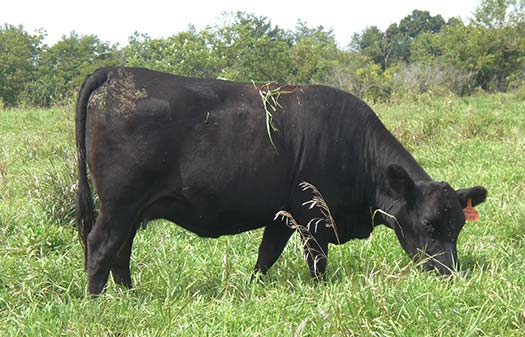
The Mind's Eye:
For this discussion, I will use our model as an example. First, let's picture in our mind the ideal cow. We would want an 1100 to 1150# cow, good uttered, wedge shaped front to back, wedge shaped top to bottom, attractive, and early maturing. Why start with the cow? Bulls will be selected capable of producing that ideal cow. Why does the cow drive the breeding program? Because this is primarily a female business. A steer will gain weight and grow. A cow will calve. A young cow will gain weight, grow, and calve. A young cow will appreciate. A younger cow will consume less forage, as she is smaller. Three percent of body weight in the forage consumption of a 700# heifer, is less than three percent of an 1100# cow, or a 2000# bull. As a side note, this principle is why it makes some sense to calve later. Wintering a smaller calf is cheaper than wintering a larger calf. It also makes some sense to consider leasing bulls versus owning bulls, as nearly 2 cows can exist on the forage consumption of a mature bull. The gain on a young cow plus the gain on teh calf at side will out perform any steer or cow.
The Numbers:
Again, I will use our model as an example. We have a registered Black Angus herd. I care about the cattle type, more than the breed. We watch 4 numbers. We want calving ease, all day. A birth weight EPD of around zero, is good. If calves are too big, there are problems. If calves are too small, they are fragile. This model produces heifers from 62-65 pounds, bull calves from 65 to 70 pounds. No pulling calves. As a side note, we have stopped checking or tagging calves on a portion of our herd, saving time, machinery, and money.
A weaning weight EPD of below 40 is moderate growth. Slower growth with early maturing produces cattle which flesh easier. Easy fleshing produces higher fertility, as fat interacts with hormonal processes. Easy fleshing produces easier wintering. Easy fleshing produces marbling in the meat, at higher quality.
A milk EPD of below 20 is ideal. Calves need milk, but less than you think. Higher milking cattle have higher maintenance requirements year-round, lactating or not. The first use of energy is surviving, next is fleshing, next is becoming bred, next is raising a calf and wintering. The faster she meets her maintenance requirements, the better she can breed back, winter, marble, and raise a calf.
Lastly, we watch the $EN. This is a measure of efficiency in the Angus breed. Somewhere above $15 EN is ideal. The average in the Angus breed is at or below zero.
The largest driver of profit is stocking rate. That is, how do we produce the most dollars per acre in economic production? Notice, I did not say pounds per animal. Imagine the producers of corn. Further imagine their suggesting the best model to be the total weight of kernels per ear of corn. Simply reduce the density of plants per acre so every plant has more nourishment and greater ear production. However, there are less plants per acre, and less total production. Stocking rate influences profitability more than every other trait, combined. Higher stocking produces higher production per acre.
The Looks:
Cows look like beautiful cows, wedge shaped, nice heads, good feet and legs, functional udders.
Bulls are masculine, early maturing, good muscle, feet, and legs. Disposition matters. Bulls look like bulls, bulls who look like steers become steers, regardless of genetics. One of three breeding lines we use is Pinebank of New Zealand genetics. Gavin Falloon, a great cattleman, said something I will not forget. They have an 800-cow herd, so 400 bull calves per year. He said they would have a game changing bull every 10 years, that is, one bull of 4000, in one of the best breeding programs in the world. So, if someone thinks they will come to our ranch, or any other, and pick out the one in 4000 game changing bull, as a yearling or two-year-old, forget it. Buy a good bull, keep your costs down.
Stacking Generations:
There are breeders, and there are marketers. The breeders follow some model of the ideal cow, and stack generations of that type.
Our cattle dog recently passed, and we have a new pup. My wife was hopeful it would have short hair like the past dog. I asked, did its mother have short hair? Did the father? She said no. I suggested that the pup would likely not have short hair. Maybe, but unlikely. If there were 3 generations on each side stacked, with long hair, there is a virtual certainty it will have long hair. Breeding is not much more complicated than that. We want at least three generations on the dam and bull side, of our chosen type, for our chosen business model. The more generations bred for a type, the more reliable the production. Some bulls here are 70 plus generations of breeding for a type.
The marketeers, for the most part, rely on multiple producers, they choose the best-looking bulls, and sell the same for the highest possible money. Twenty percent of producers turn over each year. It is impossible, given the producer turn over, to stack a breeding type.
Stacking your chosen type matters, at least 3 generation top and bottom, or in the case of Pinebank and Wye, 75 generations, olde 40 generations.
Those cattle will produce like type to like type, all day, year, and century. That type is driven by the outlet for your production, environment, and the economic performance of your business.
Calving
Everything starts with a live calf. Bull calves average 65 to 70 pounds, heifers average 62 to 65 pounds. Less than 2 percent are born outside that range.
Roughly 1% require assistance at birth, usually heifers. Heifers are calved with the cows with no additional labor or development. Every dam requiring assistance is removed from the herd.
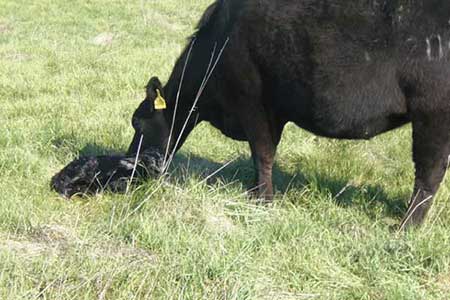
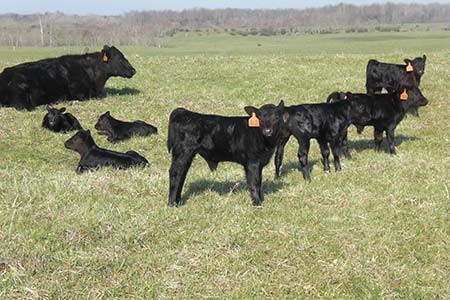
Low Input Management
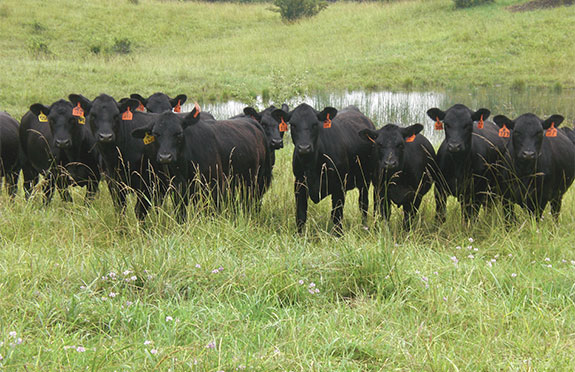
Low input management is a term without a definition.
The easiest dollar ever made, is the one you did not spend.
If we managed our 8500 acres, and 1200 head, as my prior vet suggested, and then sold into the commodity market, this would be a losing business.
The ideal business model is, low input management, good genetics via bulls, good grass management, and selling into a premium markets.
Below are some ideas:
Feed the minimum possible in winter. Below I-70, it is possible to not feed at all. If hay is needed, buy it, each ton of hay imports $55 of fertilizer value. If fedding is required, shorten the feeding season.
Why worm cattle? Depending on the article you read, it reduces the grass production by 10-20%, as it reduces the soil biology, which in turn reduces grass production. Cattle should be able to perform and produce with a small worm load. Health and grass management is key in fighting off a worm load.
Wormer and meds cost money, and consume labor.
No fly control
Labor cost's money, and has risk. Two years ago, working bulls, I was kicked on the side of the knee, it popped out, went back in, high pain, and a year to heal. In the past 3 years, two animals ran past the sorter, into a bull gate and broke their neck. We quickly hang them, and process them. This cost's money. Had we not been working them, none of the above would have occurred.
We have not vaccinated cows for 10 years. Our death loss is lower than when we were vaccinating, along with costs. However, when we sell steers, we will follow the protocol the customer asks. We will worm them on request, and give a single shot of Vista Once, and Enforce 3. Working the cattle produces more stress than the meds fix........... Stress is the enemy of cattle.
Two years ago we lost 6 calves in two days to blackleg, a bad day. If we measured the value of the 6 calves against working 1000 plus cows for 10 years, financially, I will take the dead calves.
Minimize vet expenses, a shot of Draxxin takes care of most problems. Treat them in the field with a dart gun, our favorite dart gun is the Crossman Pneudart 178B. It can be bought on line.
Most steers are sold as all natural, and bring 5 cents above the top of the market, because there are no meds.
We have a registered herd and a commercial herd. We need the registered as we sell bulls, and registered females. There is a cost to the registered herd, as we need to check calves each day, weigh them and register them. The Angus Association seems to invent a new genetic defect each year, which requires DNA testing. This is $18 per head, plus labor. And, there are machinery costs in this checking cattle, bearings, axles, drive shafts, fuel, etc.. Two cattle have had a defect in 10 years.
The commercial herd supplies our grass finished beef customers, no tagging, no weighing, little labor, i.e., drive thru and check calves every week. We must have both registered and commercial, however, we will build the commercial herd more as we go, and get the same money.
The past 3 years, we have ceased weaning heifers, leave them with their mothers and they learn how to break ice, eat thru snow, are protected by their mother's from predation, etc.. This past year, we sorted off potential bull calves and wintered them with their mothers (mothers were already bred). Both worked well. We have had one cow permit nursing a prior calf while nursing the new calf, and she is now harvested.
As an aside on protection, we have added a donkey to each group as protectors, female donkeys only.
Please consider the amount of labor and costs eliminated, so far in this discussion.
This past year we sold a large group of bulls. A few customers were disappointed early on, however, they are comparing forage developed bulls with grain developed. The bulls went thru winter on grass, low cost. But, add the idea that winter is a management tool. If someone wants pretty cattle year round, it is simple, park a feed truck in their midst. We have two bulls which are 3/4 brothers, one went thru winter pig fat, the other looked like he was from a concentration camp. Winter is a tool to assess genetic performance. Without pressure, we lose the ability to judge animals.
Consider animal classes:
- A cow calves and consumes 40% more forage than a young female.
- A steer gains weight.
- A young female gains weight and calves, eats less, and appreciates.
The meat buyers want cattle under 30 months, this a mistake in my opinion. Our favorite meat is a 5 year old, pig fat cow. For our use we get the entire cow. For retail use, some middle meats and bone are lost with the BSE issue, however, her carcass is larger, and more than offsets the loss of middle meats and bone. Selling a cow prior to 7 years old promotes herd turnover, and a younger herd, with better genetics, and less problems, assuming calving ease bulls. ..................Turnover matters.
If there is a concern about tenderness, buy a Jaccard on Amazon, $13 (tenderizer).
Grass management is interesting:
We follow Jim Gerrish's model, that is, here, we have 30 pastures, eat the top half, leave the bottom half.
Buying cattle from a farm, feeding months per year, and moving to a ranch, grazing year round, is a loser. The cattle are open and hard keeping and fall out in two years. However, the reverse direction works fine, strip grazing, to a ranch, a ranch to a farm.
Forget about the idea of moving cattle, never east, and never south. It is management models that matter most.
Cattle that work best are moderate in size, calving ease with a birth weight EPD of around 0, a weaning weight EPD below 40, a milk EPD below 20, with a high efficiency EPD above 15 $EN.
Gavin Fallon, 97 years old, has one of the best breeding programs in the world, and we spent 4 days with he and his lovely wife, in New Zealand. He said something interesting. With a herd of 800 cows, 400 bull calves each year, over 70 years, they would have a game changing bull every 10 years, that is one bull of 4000. Now then, if someone comes here, or anywhere else, with the idea of picking out that game changing bull as a yearling, or 2 year old, forget it. Pick out a good bull, at a reasonable price. The game changers are hard to identify until they are almost dead of old age. Keep the bull cost's down.
Better yet, make money with bulls, lease them before and after your breeding season, sell them at 3 to 4 years old while they have value, and buy a new one. Turnover bulls while they have value. Share there cost with a neighbor. Every bull will consume twice the forage of a young female.
We do not AI, it is like a dating service, pretty pictures, no other information, and a bunch of work. We want to see bulls winter, be absent of injuries, etc.............. We need to see them work.
We do not preg check, we simply leave a single bull with each group for 6 months. A late calf is better than no calf, and cull the cow the following year. With a premium outlet for open cows, and an annual cow cost of $293, it does not financially matter. We need a year round supply of ready beef in our butcher shop.
We need premium outlets, an 1100 pound should hang at 60%, and sell wholesale for $2000+, retail for $3000, by the piece for $4000.
Genetics are key, short, thick, heavy, easy fleshing. Here, it is Pinebank, Pharo and Wye, breeding.
I have tried every mineral program there is: Free choice minerals, high end salt and kelp, cheap minerals and salt, and have seen little difference, other than my checking account.
Additionally, the calving season spread out a bit is good for the grass fed supply chain. This is opposite the industry which wants the convenience of a tight calving season.
When someone says they do not have an outlet for grass finished beef. My first question is, what have you done to find an outlet?, and usually the answer is "nothing". Retailers need sources, find them, on the web, phonebooks, Facebook, etc..
Cow Costs
Heifers are bred at 12-15 months of age, after wintering with the cow herd, on grass, with no other input, except minerals. Bulls are wintered and developed on forage, alone.
Assume $15 per acre land rental/ownership. Further assume 10 acres per cow, which includes water, ownership and taxes to the middle of the roads, plus forest.
Mineral program is at $16 per head annually.
No worming, soil biology matters. Worming decreases grass production 10-20%.
Herd bulls make money through sales and leasing, therefore we attach no breeding costs.
Equipment costs are $150k, amortized over 7 years, tractors and trucks last longer, UTVs last shorter, $35 per head per year.
Hay costs are $4 per year, no hay the last 8 years, Interstate I-70 is near the line where that is possible, further north, is tougher. The 38th parolell is the best latitude for year round grazing, moderate winters and summers.
Fence maintenance is $1000 per year.
Labor is $48k per year.
Fuel/gas is $300 per month
Two working facilities are 110k, amortized over 30 years, $1 per head per year.
Cow costs are $293 per year.
Note, there are no depreciation costs, as the turn over on cows, below 7 years of age is kept high, producing a young, elite, appreciating, herd. Cows over 7 depreciate back to the commodity market.
Bulls: Profit, Not a Cost
Bulls are a profit center, not a cost:
East of the Mississippi River, the average herd is 18 cows.
It is difficult to justify a $5000 dollar bull, or is it?
Imagine a farmer / rancher wants the best stock.
A cow will influence the herd by 8-10 animals on average, in a life time.
A bull will potentially influence hundreds, over a life time.
The genetic investment should be in bulls.
Bulls, cost money, they consume forage, and require separation during the non breeding season.
How might these costs be mitigated?
We produce several hundred bulls per year, and cull down to the top 25%, keeping the best of the best.
We calve in June/July, most calve earlier, many calve in fall. We lease bulls, $750 per month for a 2 month minimum. A benefit of leasing is eliminating the need for separation outside of the breeding season, and no forage resources are used outside of the breeding season. That forage can otherwise be used for increased stocking, add 2 cows in place of a bull.
Turn over the bull at 3-5 years old while he has value, for sale, or exchange with a friend with similar thinking and genetics. It is possible to buy one good bull, and thru swapping and leasing, not buy another bull for 10 years.
It is realistic to buy a bull for $2500, lease him 4 times for a total of $6,000, sell him at 5 years old for $2500, or exchange him.
Bulls can make money, and not cost money.
Business Model
Ohio Land and Cattle is first, a business. As a business, it has resources in land, forage, cattle, fish, fence, timber, and equipment. Its responsibility is to produce the greatest revenue, relative to costs. Profit is a requirement. This is accomplished with a profit per acre business model. This model minimizes equipment, labor, and inputs (costs), and maximizes protein production per acre (income).
Production is increased with grass management, the right cow size and type, genetics, and management. These combined principles produce the highest possible stocking rate, and highest production per acre. Stocking rate effects profits more then any other factor.
This ranch uses Management Intensive Grazing, i.e., the top half of forage is grazed, and cattle are rotated to new pasture, permitting sufficient rest for the grazed pasture. MOB grazing will play a role in the future.
Production is increased with the moderate type cow and their genetics. Each year, the following observations are confirmed: the physically shorter/thicker half of the herd, which includes heifers and second calvers, produce a calf which weans a higher percentage of the dam's body weight, and sells at a higher price per pound. Because the cow is shorter/thicker, her forage requirements are less, which permits an increase in stocking rate. Shorter, thicker cattle have a higher relative intake, I.E. they eat more for their size and flesh easier, which increases fertility. A younger female, who will gain and produce a calf, is economically superior, to a steer who will gain only, or a cow who will calve only. Consequently, the ranch has more, slightly, smaller calves (3 pounds less), which sell at a higher price per pound, and more total pounds are produced with the additional calves and stocking per acre.
The genetics are moderate in growth, milk, size, low in birth weight for calving ease, and low in maintenance requirements (high $EN). These characteristics produce cattle capable of finishing/marbling on grass, every bit as well as cattle finishing on grain in the feedlot. This makes the cattle attractive in the Grass Finished market place, at a premium price, and they finish in the commodity market in fewer days, with less feed. Typical transactions are roughly double the commodity market.
Management increases stocking rates with strict culling; every late, open, calving problem, physical problem, harder fleshing, hard wintering, and disposition problem, is culled every year. June/July calving, reduces forage requirements in winter, and matches the peak forage requirements with the peak forage availability.
Interestingly, the production differentiation between the physically taller group, and the physically shorter group is narrowing each year, as 70% of the cull pen is from the physically taller group. The physically taller group is the greatest source of opens and lates, and winter harder. The cattle are becoming more uniform, and are defining the optimal size and type for this ranch, and low input management.
The characteristics of most cattle in the culling pen are what should be avoided. The characteristics of the cattle remaining in production are reproduced, using bulls consistent with the cow type remaining in production.
Ranch management is not defining the desired type and genetics, the cattle are defining the ideal type and genetics, under this environment and management.
Revenue is increased in several other ways, selling bulls, females, grass finished beef, hunting and fishing, timber, gas and oil, etc.
Costs are limited. With the need for hay limited to a winter storm which produces more than 2 feet of snow or ice, there is little need for most equipment and labor. The stockpile of hay kept in inventory is purchased, it is usually 2 year old hay which reduces its cost. A benefit of buying hay, is the ranch is importing those nutrients onto the ranch.
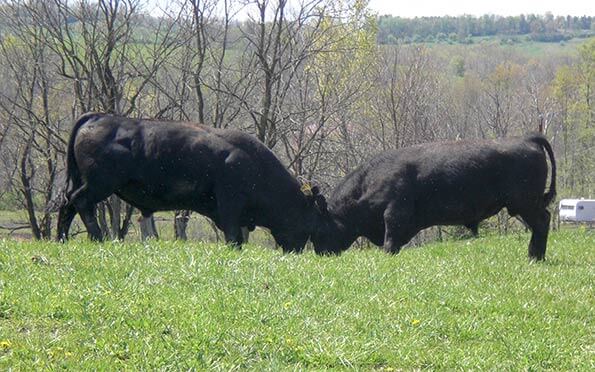
Hunting
East central Ohio has some of the best whitetail deer and turkey hunting in the country. The quality of the deer are further enhanced with careful management and rules. No bucks are harvested which have under 130 inches of antler. There are no deer drives permitted, as drives are the largest source of wounded deer and misjudgements of antler size. Turkeys are everywhere.
Grass Finished Beef
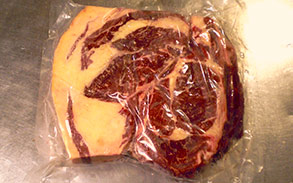
Grass finished beef is tasty and healthy. Cattle are raised on pastures with a high percentage of legumes, they are harvested when they are well marbled. No chemicals, hormones, or antibiotics are used. Cattle are as well marbled as corn finished beef, and have much more flavor. They have more Omega 3 than fish
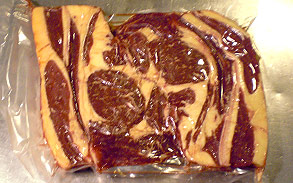
Beef is sold by the animal, half, quarter, piece and box.
The following link discusses the health benefits of grass fed beef, TallGrassBeef.com
For articles, cookbooks and books, on Grass finished beef and farming, see Eatwild.com
Buy a meat tenderizer, we use it for every cut: Tenderizer
Power Steer: The life of a feed lot steer - Michael Pollan
Buying Bulk Beef
When your animal is processed, a certain amount of bone gristle and fat are removed when the carcass is cut and wrapped. Depending on your choice of cuts and your choice of bone-in or bone-out steaks and roast, the take home weight may vary by as much as 79 lbs on a whole animal.
Because of this variation we sell our animals on the pre-cut weight for hanging carcass weights, which is about 60% of the live weight of the animal. Our average carcass will weigh approximately 660 lbs.
Average Live weight 1125 lbs. x 60% hanging carcass weight (HCW)
Whole animal averages 660 lbs. x $4.50/lb. = $2970
APPROXIMATE:
WHOLE BEEF - $4.50/lb. HCW
50 steaks (1.25" thick)
28 roasts (2.4 lbs./ea.)
130 lbs. ground beef (1 lb./pack)
Any of the cuts below can be ground
to increase the amount of ground beef
14 cube steak (1 lb./pack)
2 brisket (weight varies)
2 flank steak (weight varies)
2 skirt steak (weight varies)
4 short ribs (2 lbs.)
8 soup bones (2 lbs.)
HALF BEEF - $4.75/lb. HCW
25 steaks (1.25" thick)
14 roasts (2-4lbs./ea.)
65 lbs. ground beef (1 lb./pack)
Any of the cuts below can be ground
to increase the amount of ground beef
7 cube steak (1 lb./pack)
1 brisket (weight varies)
1 flank steak (weight varies)
1 skirt steak (weight varies)
2 short ribs (2 lbs.)
6 soup bones (2 lbs.)
Please wait 20 seconds for the photos to load
Ranching Water
Lakes and ponds are land, and cost the same as land which produces grass. Cattle drink from them, but there is little other value, no grass.
We have introduced Paddle Fish. We buy them at 2-4 years old, large enough to avoid predation, and at 10 years old the females will provide several thousand dollars in caviar plus meat, males will provide meat.
They grow to 80+ pounds, they consume plant material, they do not compete with game fish, they cannot be caught with hooks and lures, they must be netted at 10-13 years old.
The idea is taking non productive land, into production.
We Buy them from Prof. Steve Mims, phone: 502 319 2324
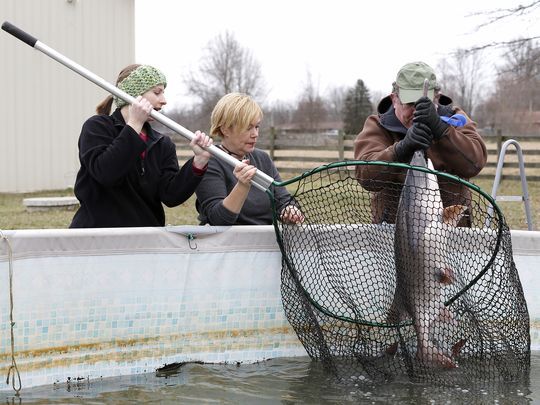
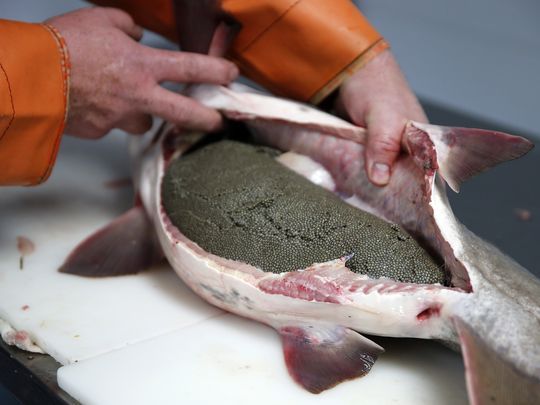
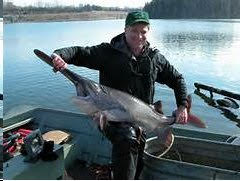
The Lodge at Ohio Land and Cattle
The Lodge at Ohio Land and Cattle, is a beautiful place to celebrate, have corporate meetings, fund raisers, reunions, parties, hunt, fish, join a cattle drive, check cattle, shooting, great dining, motorcycle riding, and other attractions. Staff is available for guiding, transportation, cooking, and cleaning.
The lodge is in Harrison County Ohio, 6 miles south of Cadiz, 55 miles west of Pittsburg, 60 miles south of Canton, 22 miles from Wheeling WV., located 8 miles north of I-70. (45611 Stumptown Rd., Cadiz, Ohio 43907). The Harrison County Airport is 5 miles.
The Lodge is beautiful and rustic, a newer facility, it sleeps up to 20. The lodge has ample parking, internet, cell reception, cable television, and a restaurant level kitchen.
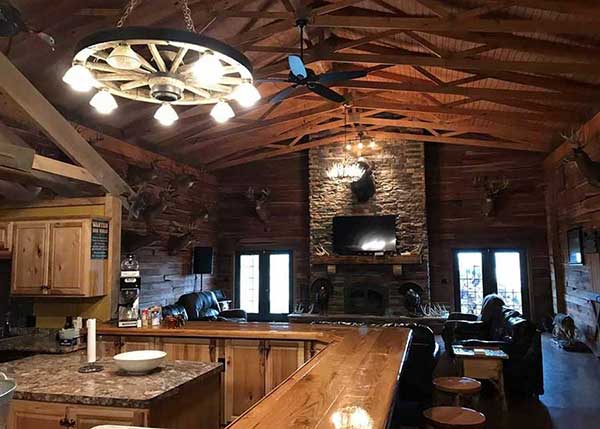
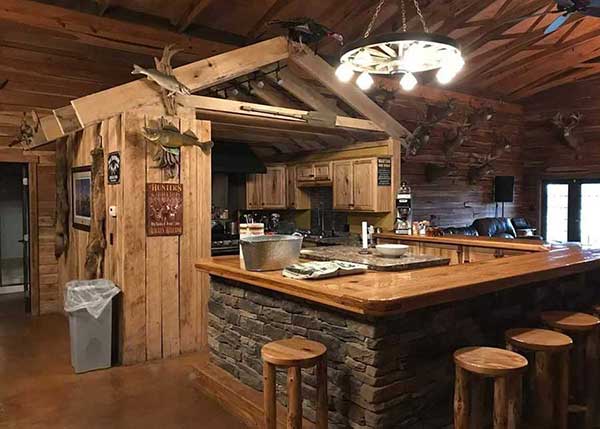
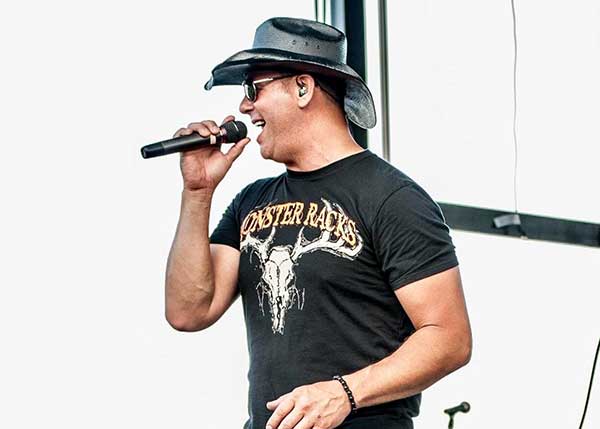


Deer hunting is the focus seven weeks per year. Other times can be arranged, subject to season dates. The deer hunting is some of the best in the Country, with 60 stand locations spread over 12+ square, contiguous, miles. Call James Coffelt for hunting information, Phone: 330 328 4470, Email: Jamescoffelt@hotmail.com

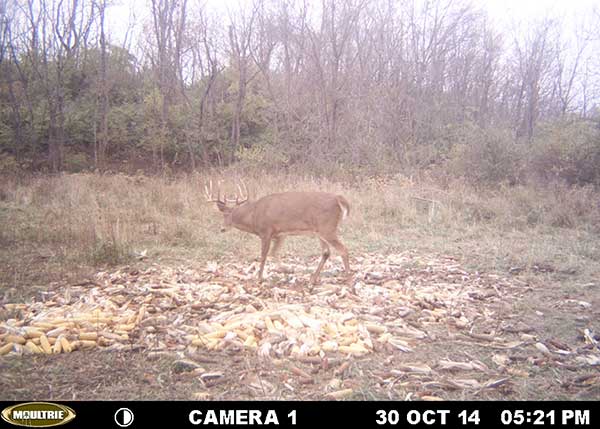
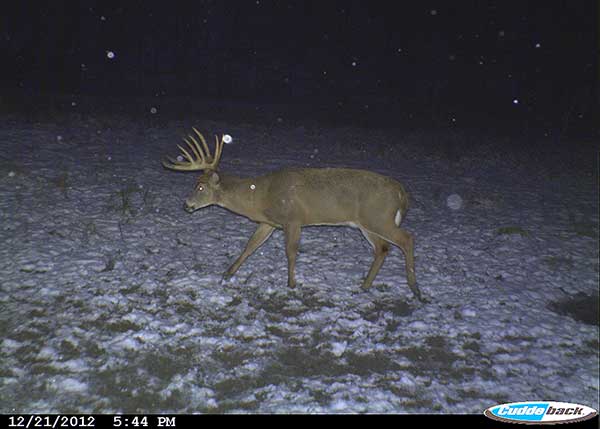
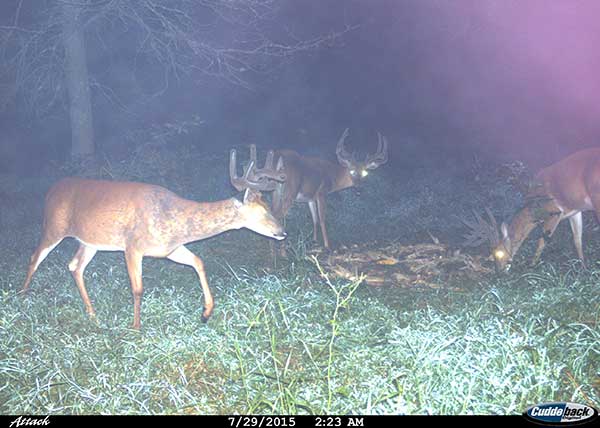
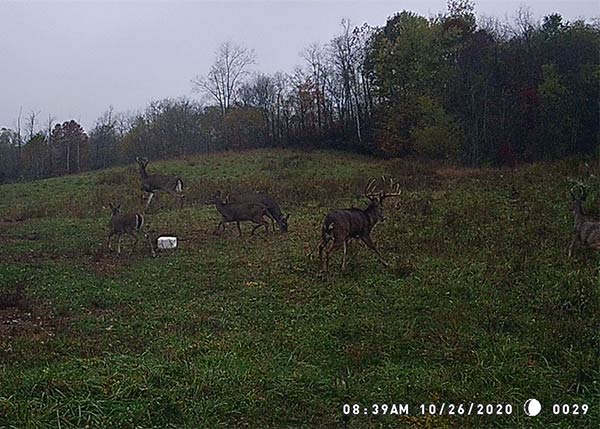
Turkey hunting is the best in the Country. There is a one gobbler limit in spring, hunt hens in the fall.
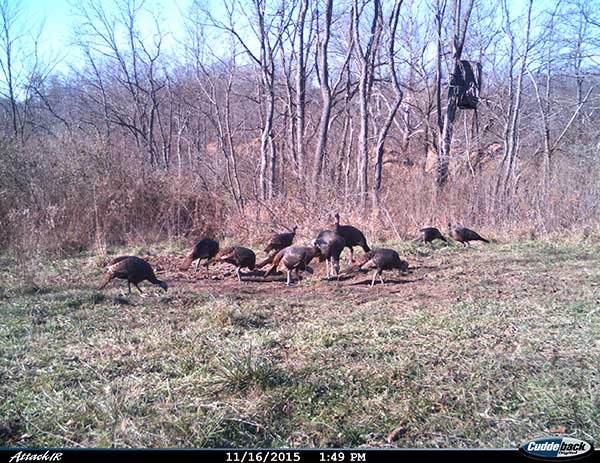
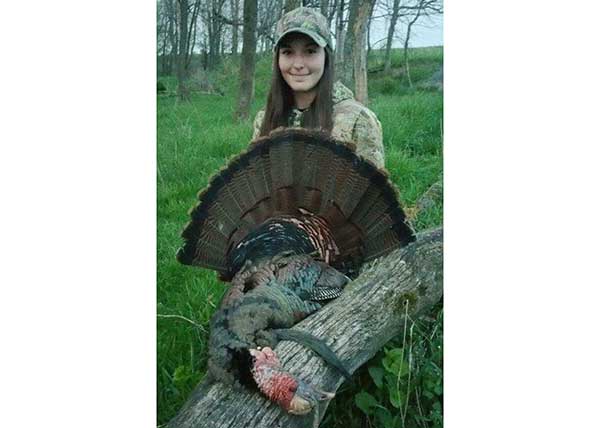
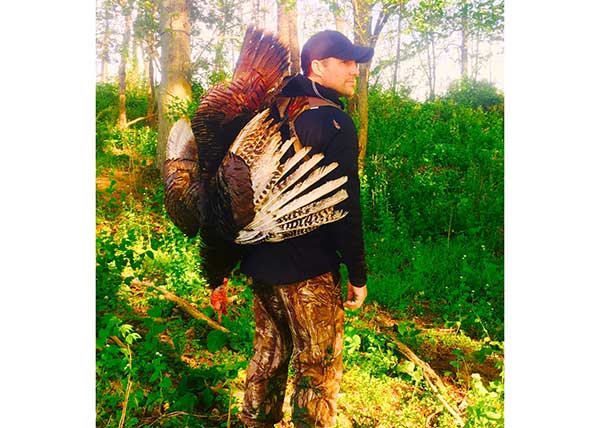
All licenses can be bought online, or over the counter at the Orme Hardware store in town. https://ohiodnr.gov/wps/portal/gov/odnr/discover-and-learn/safety-conservation/about-ODNR/wildlife
Fishing is good with 14 lakes and 10 ponds, there are 170 acres of water. Boats are on each lake. Bass, bluegill, crappie, and paddlefish are abundant. Access is easy on most lakes, bring your own boat if you like., Additionally Tappan, Piedmont, and Clendenning lakes are in Harrison County, and available for public fishing.
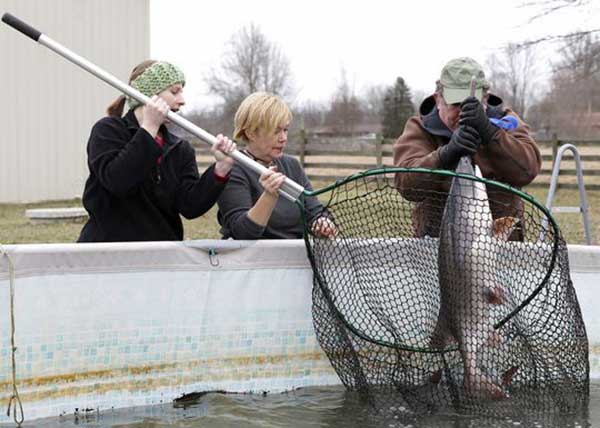
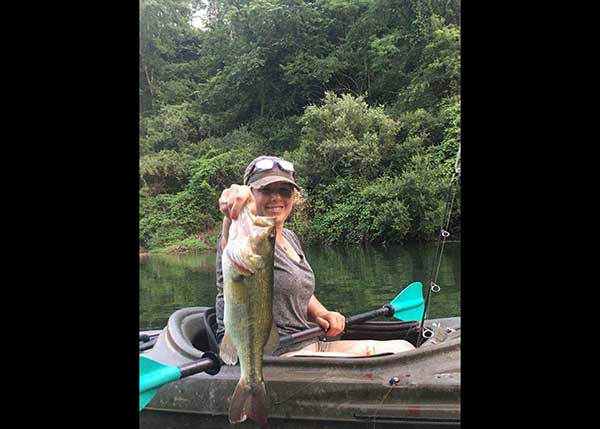
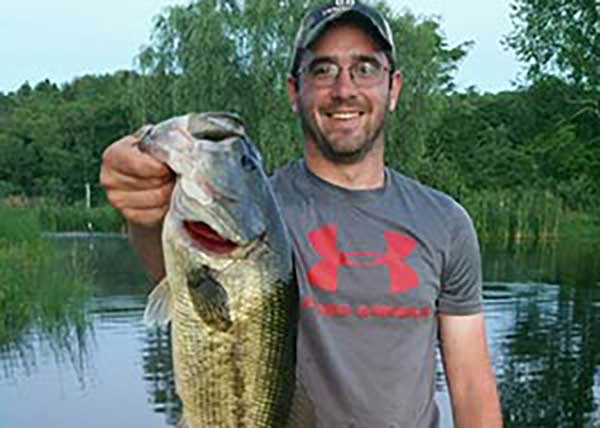
Horseback riding takes place on 10 square miles, with many trails. It is possible to ride all day and never leave the ranch. Bring your own horse or use ranch horses.
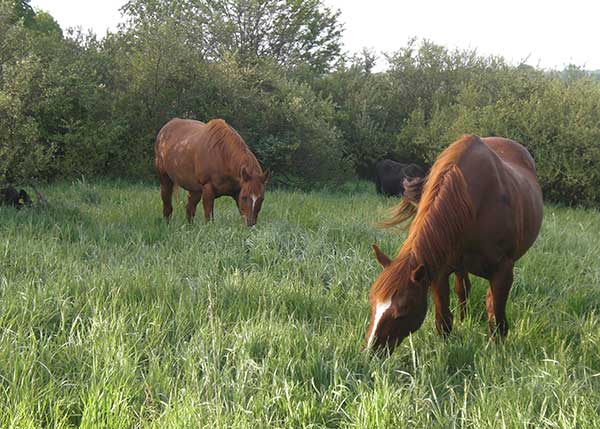
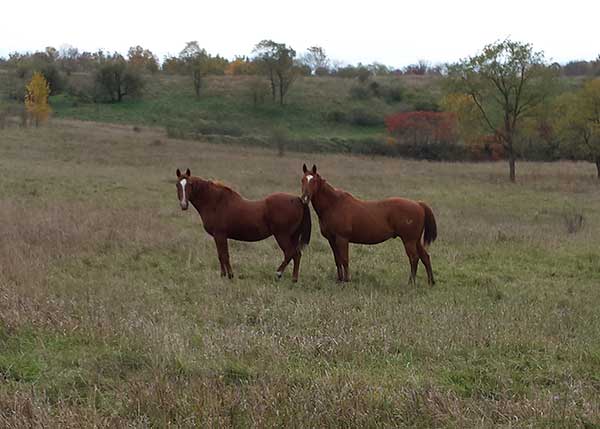
Cattle drives take place as needed. This is a working ranch with 1200 plus head of cattle. They are moved among the pastures as grazing needs dictate. In May, June, and July, hundreds of calves are born. Checking the cattle and new born calves is a daily activity.
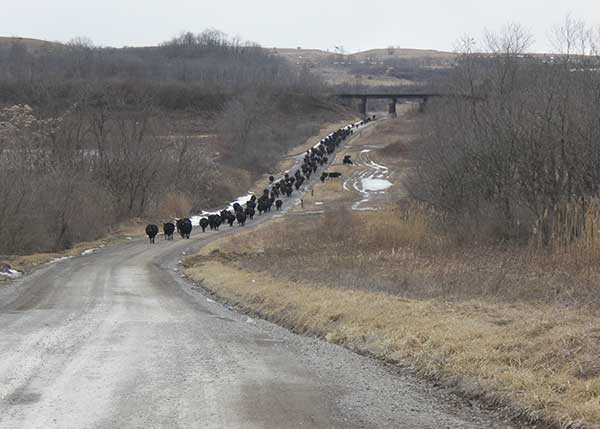
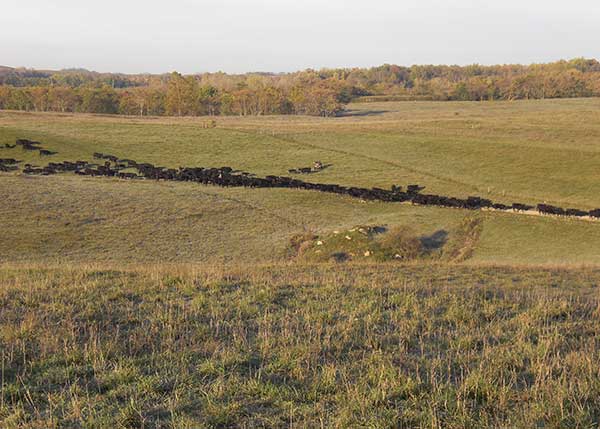
Shooting includes a bow range, a 400 yard rifle range, skeet shooting, and pistol range.
Motorcycle touring is very nice. Roads are good, touring the around Tappan, Clendening, and Piedmont lakes is beautiful.
Dining options are, bring and cook your own food in the Lodge kitchen. The Lodge can supply a chef. The Lodge can supply the meats, beef pork, lamb, chicken, fish. All proteins are all-natural, no hormones, grass finished, and great tasting. Beef is raised on the ranch. The Ranch to Table restaurant is 5 miles in downtown Cadiz. St. Claresville is 8 miles and has many restaurants and bars.
Other attractions are nearby. Cabelas is 45 minutes, the Clark Gable Museum and birthplace is in Cadiz, General Goerge Custer's birthplace and monument is in New Rumley, 10 miles. The Football Hall of Fame is in Canton, 1 hour.
Every other convenience is in Cadiz, grocery stores, liquor store, hardware store, restaurants, and so on.
Schedule and pricing contact Devon Coffelt • Phone: 330-328-3061 • email: devoncoffelt1@hotmail.com
For Hunting contact James Coffelt • Phone: 330-328-4470 • email: Carmencoffelt@hotmail.com
We hope to see you.
Store
Below are some unique, authentic, Ranch items for sale.
Please send a check to Ohio Land and Cattle for any product you would like. Please place a note describing what you would like. Please add 5% for shipping.
A bronze statue of an Angus bull, different finishes available including matte black, shiny black, brushed bronze
$250.
Would you like the state record bearded turkey, add these extensions.
Made from a real cow tail
A fishing line loop holds it on your mount, the line is tucked under the feathers of the mounted turkey, or, hang it from a car mirror
$75
Books/Articles/Products
Below are books,articles and products highly recommended
- Knowledge Rich Ranching / Allan Nation
- Grassfed to Finish / Allan Nation
- Quality Pasture /Allan Nation
- Land, Livestock, and Life /Allan Nation
- Get the Hay Out/Jim Gerrish
The books above can be purchased from Stockman Grass Farmer
- James Coffelt on Low Input Management podcast Link to
Podcast
- Elimination Considerations, by James Coffelt Link to
Article
- James Coffelt interview/Grazing Grass podcast Link to
Podcast
- American Cattlemen, see Seed Stock Breeders
- How Not to Go Broke Ranching / Walt Davis waltdavisranch.com
- Is the Angus Breed on the Right Track?Link to
Article
- Allan Savory on the world becoming a desert, and cattle as the solution Link to
video
- Johann Zietsman: Video on stocking rate as the largest factor in profitability, high density grazing, etc...
Link to video
To buy his book, "required reading", see: Link to book - Kit Pharo, Low input Business model/Management Link to video
- Body Condition and Its Importance Link to Article
- Building Wealth VS. Income, by James Coffelt Link
to Article
- Ohio cattleman finds success in unconventional management strategies Link to Article
- Harvesting Animals up to Ten years Old Link to Article
- Selecting a bull, By James Coffelt Link to
Article
- Supply Chain Marketing, By James Coffelt Link to
Article
- Low Input Management, By James Coffelt Link to Article
- Power Steer, the life of a feedlot steer Link to Article
- Cattle and the effects of stress: Link to Article
Products
Mineral feeders, High Country plastics
Ranch From a Plane
Arial View
Click the lower left green square for arial map
Contact
James Coffelt
330-802-1126
Ohio Land and Cattle
Cadiz, Ohio 43907
Directions:
Travel to Cadiz Ohio, Drive 5.1 miles southeast on St Rt. 250, Turn right on Jamison Rd, Drive 9/10ths of a mile, Turn right into the drive

